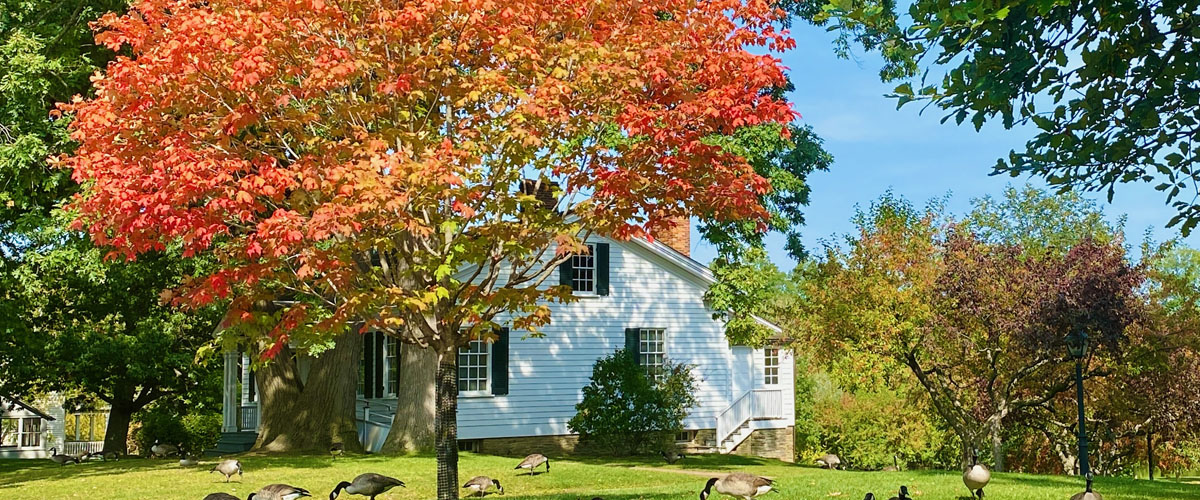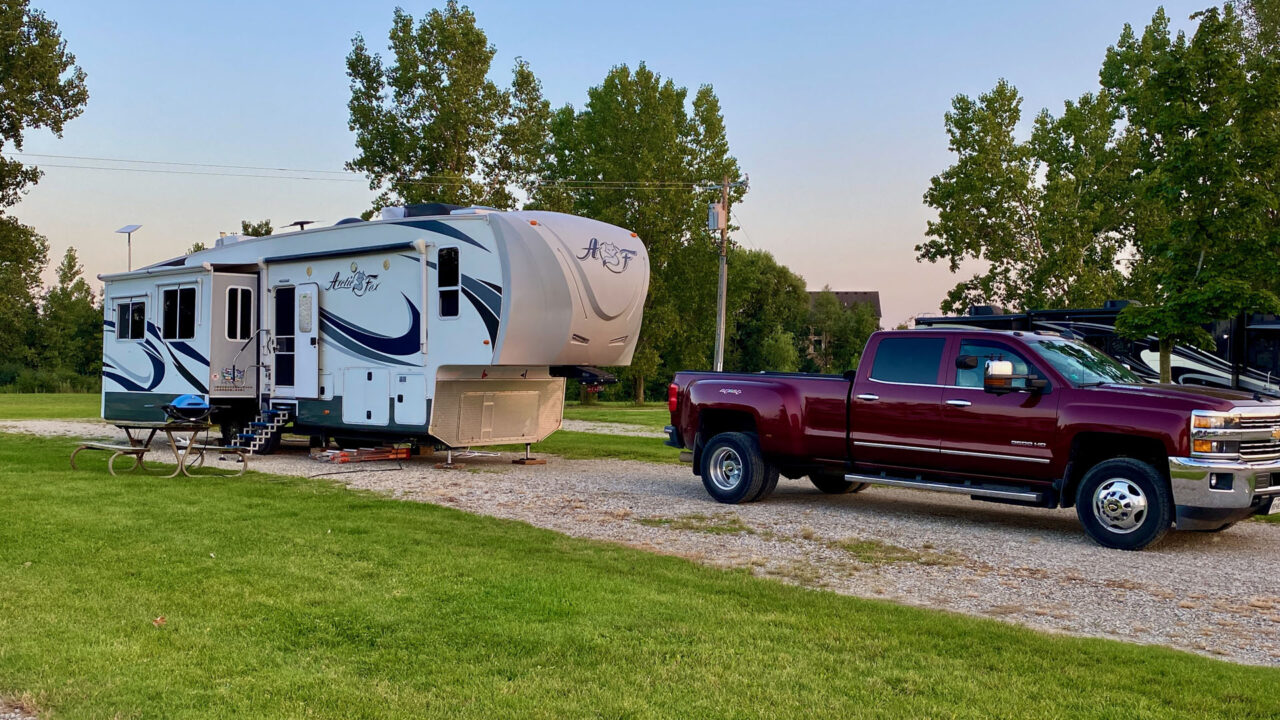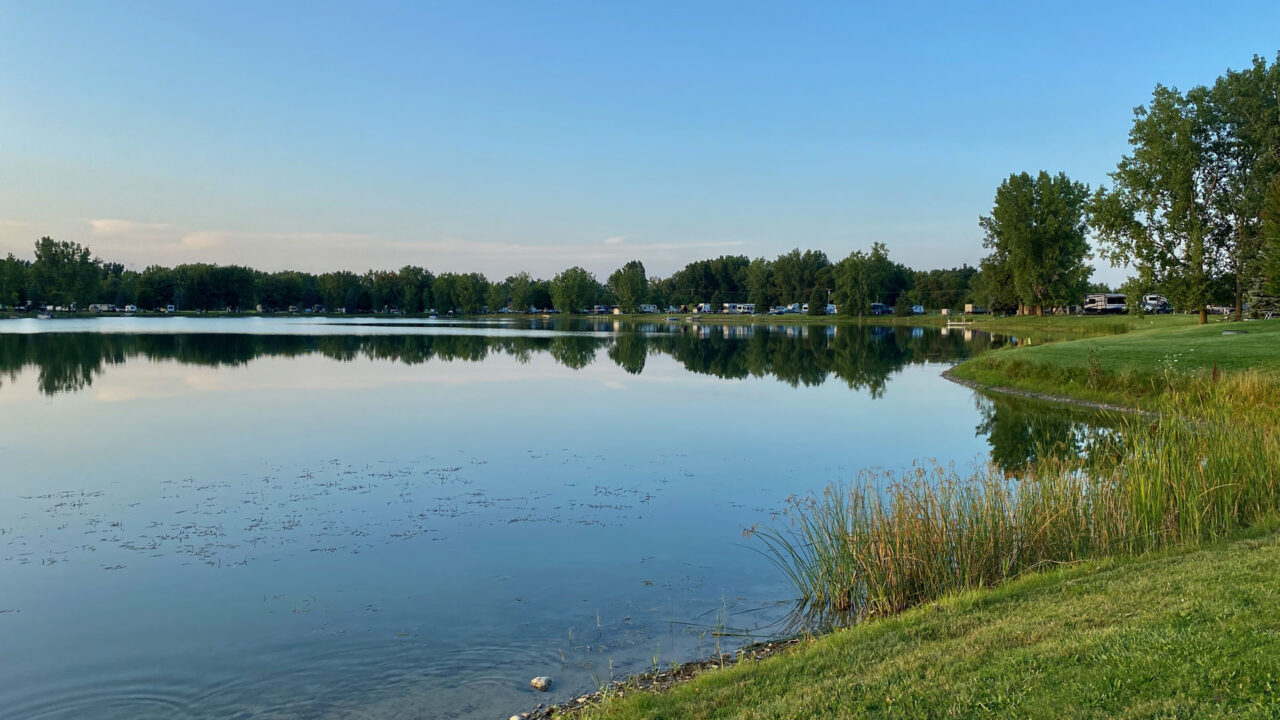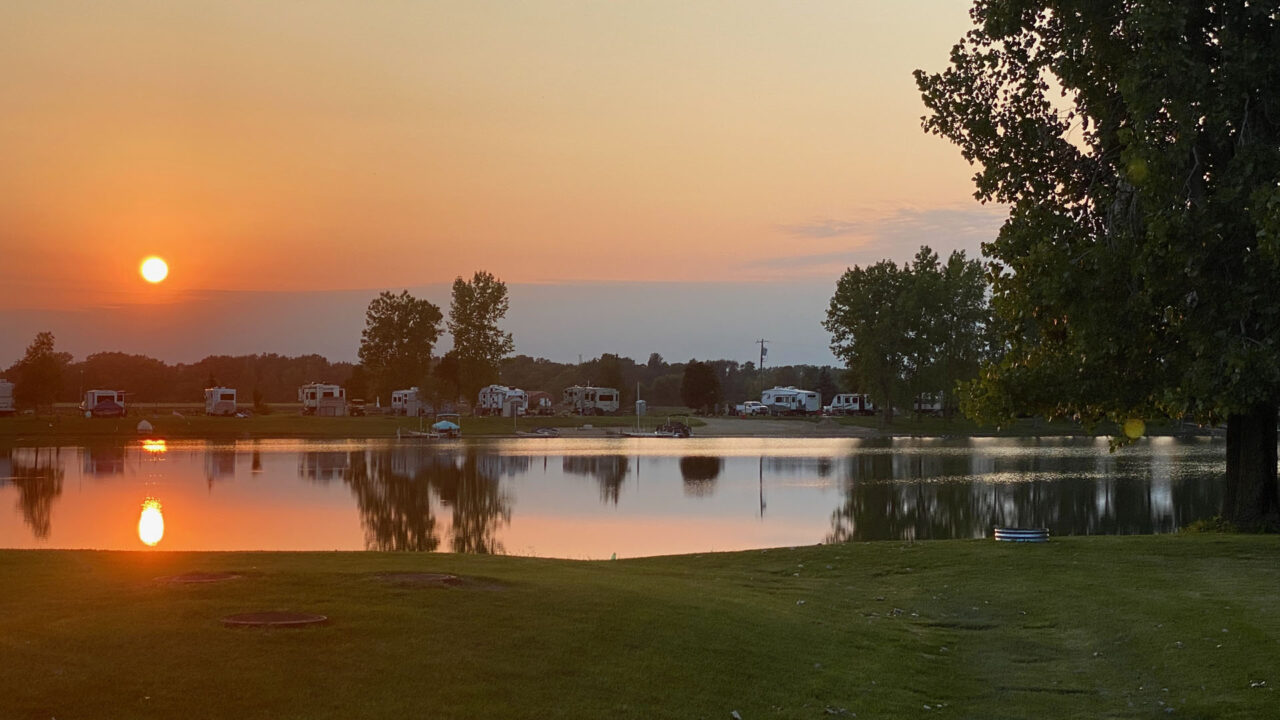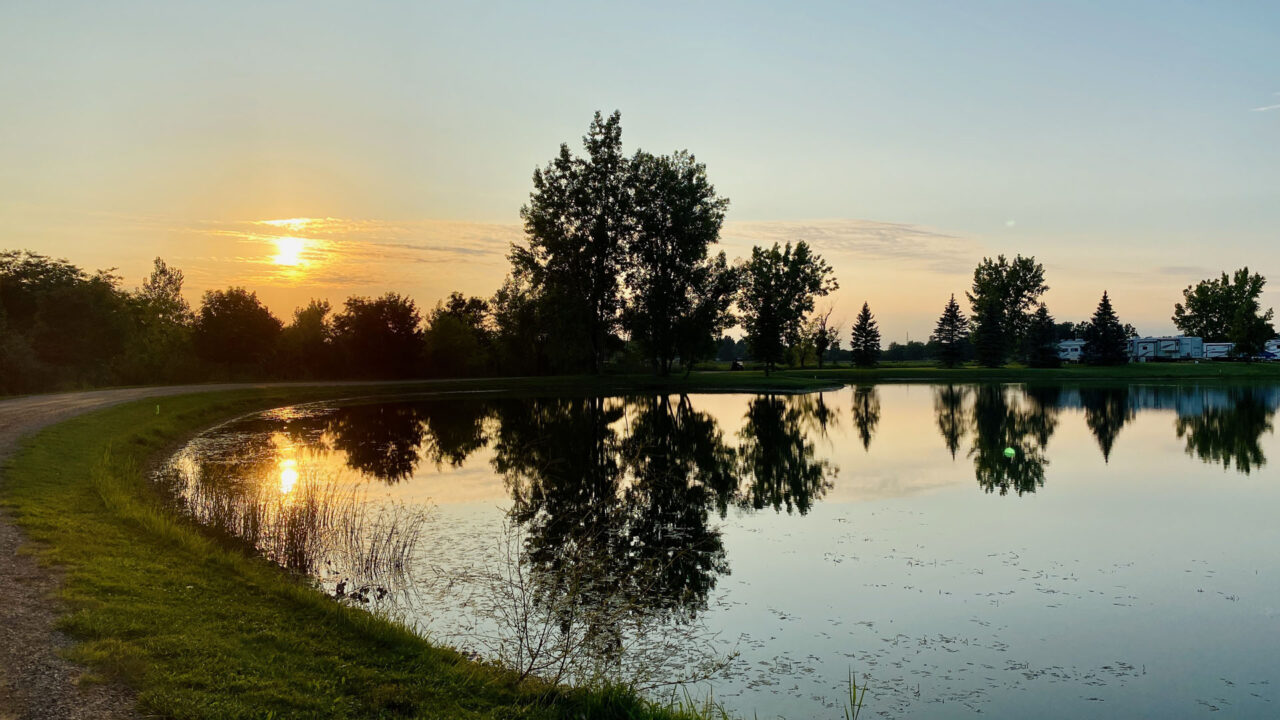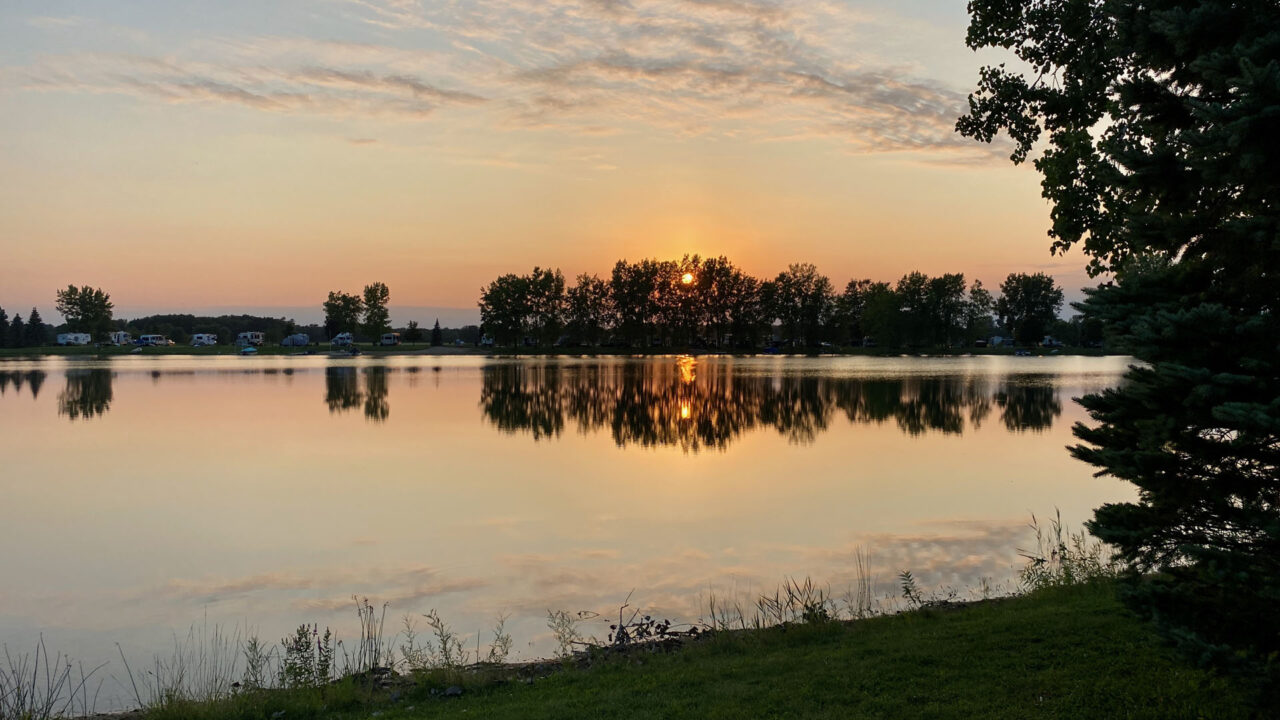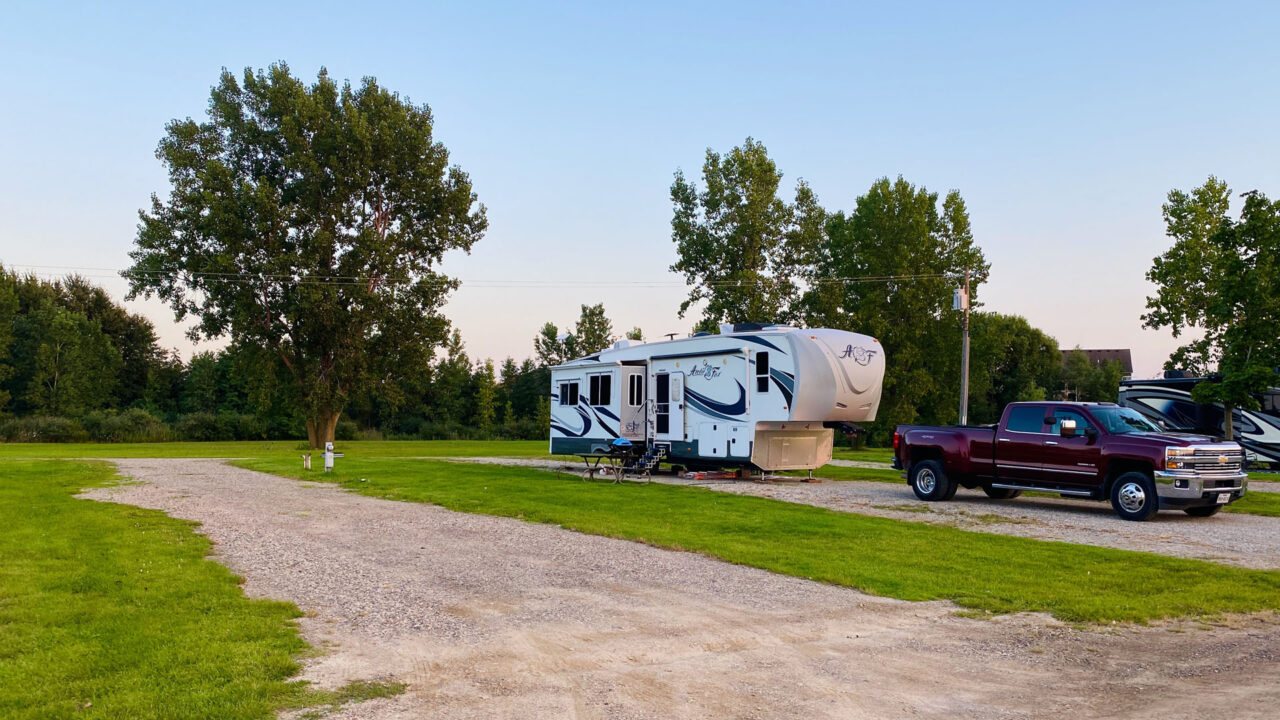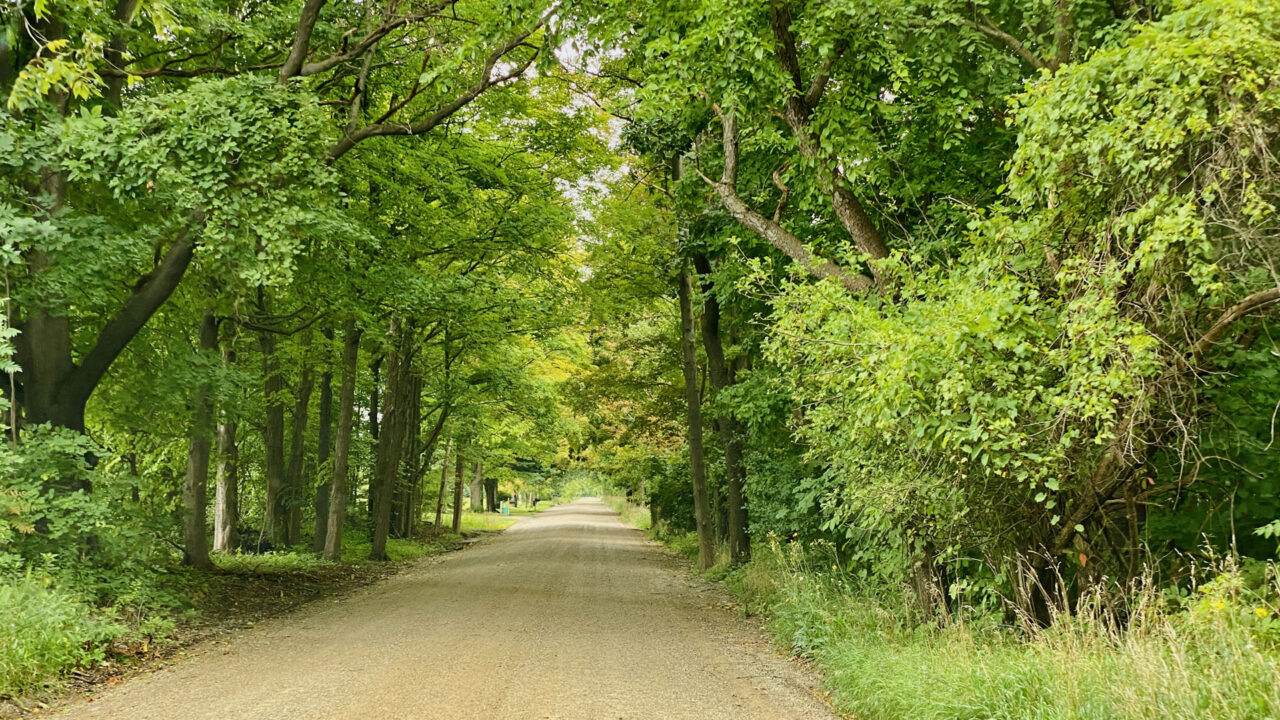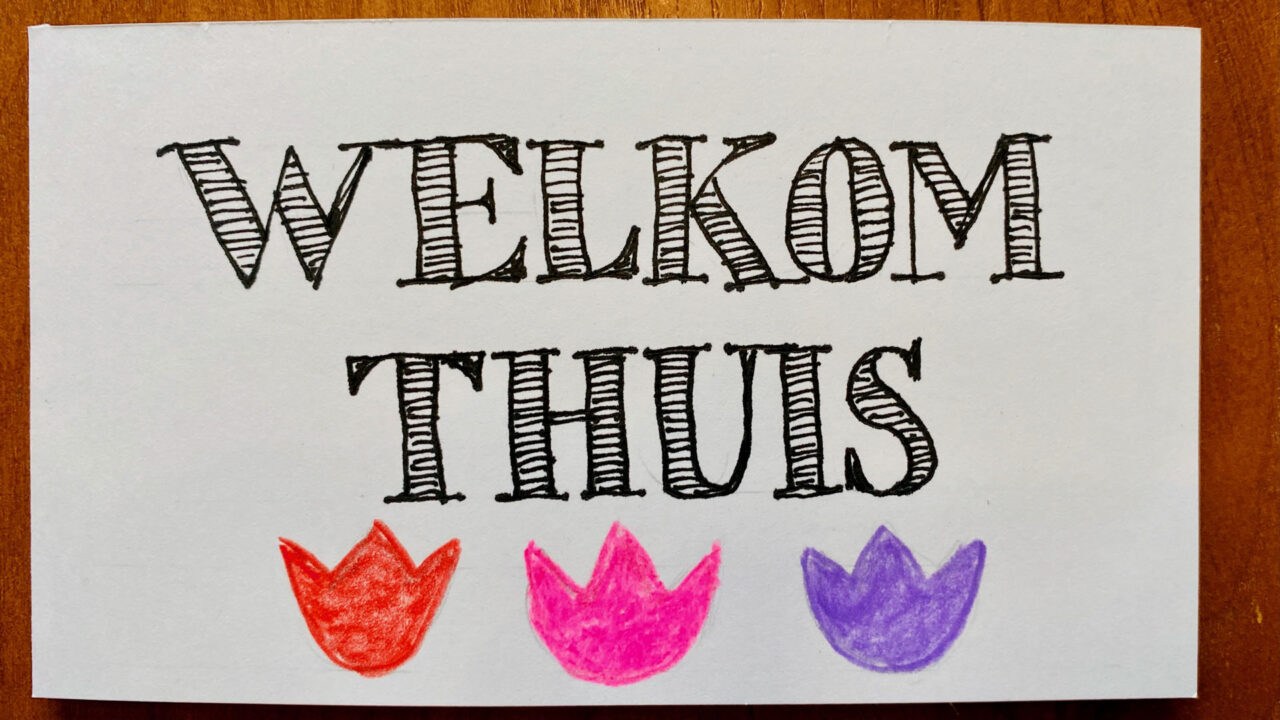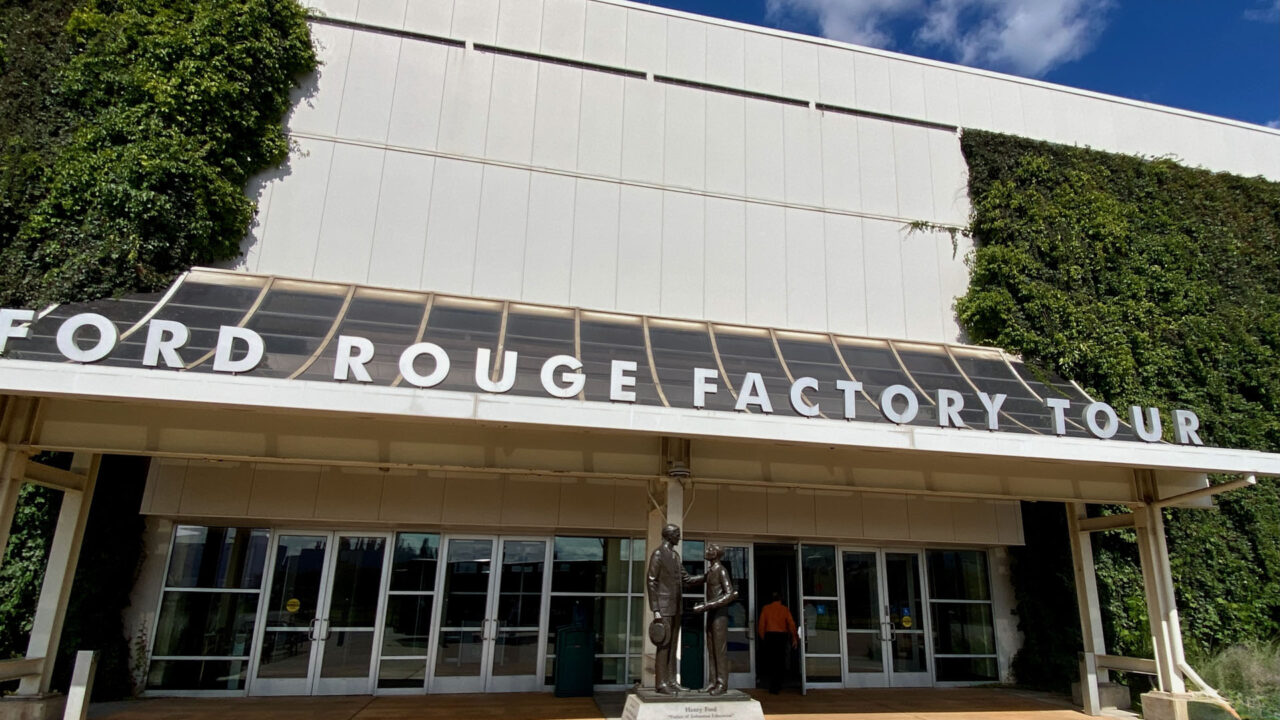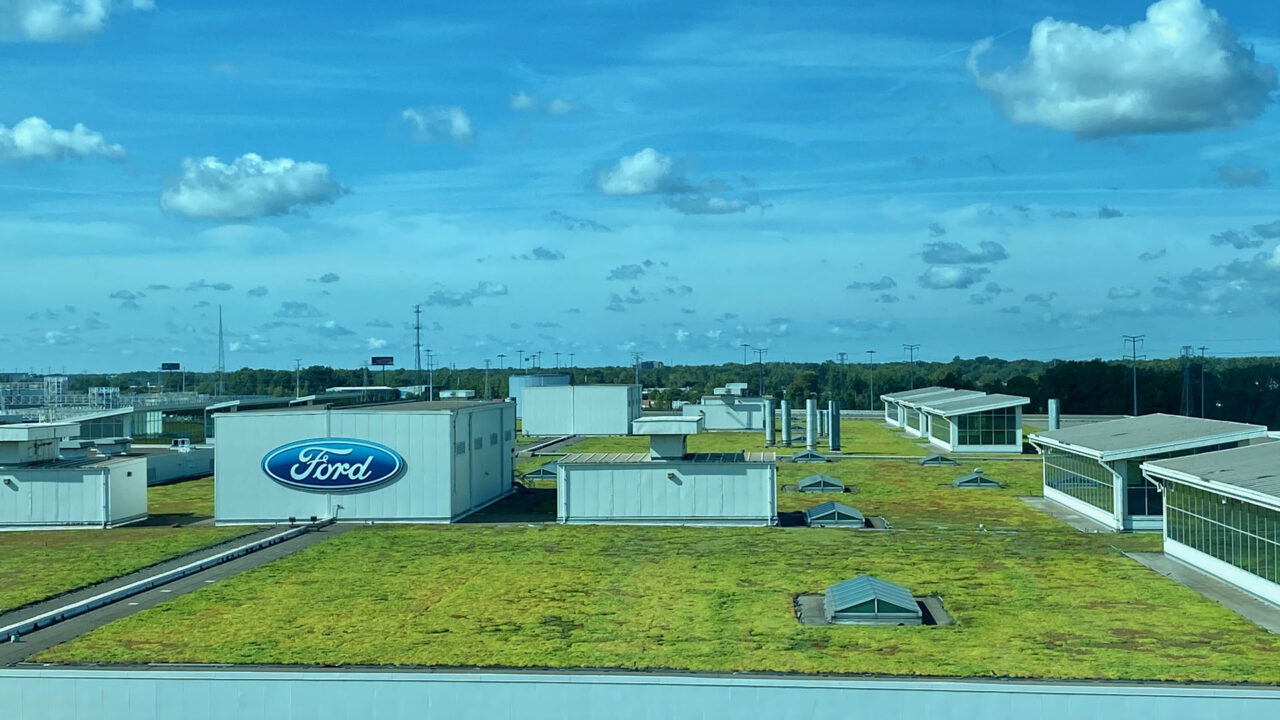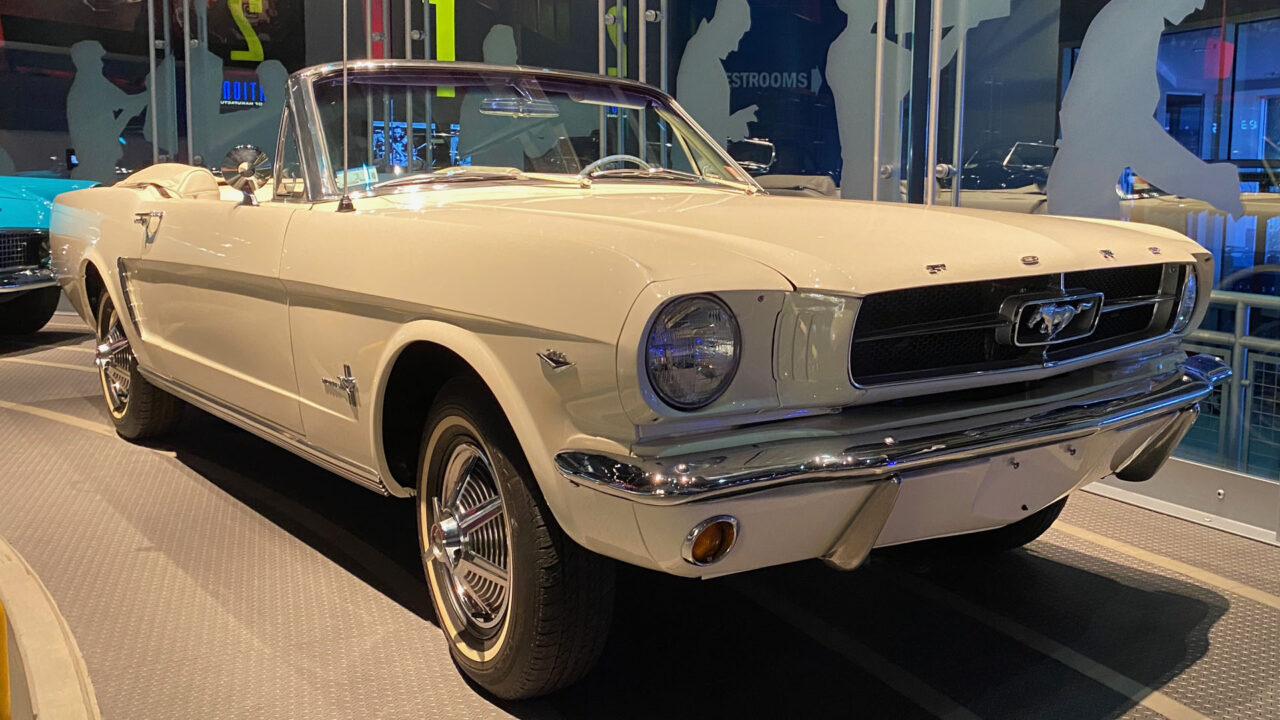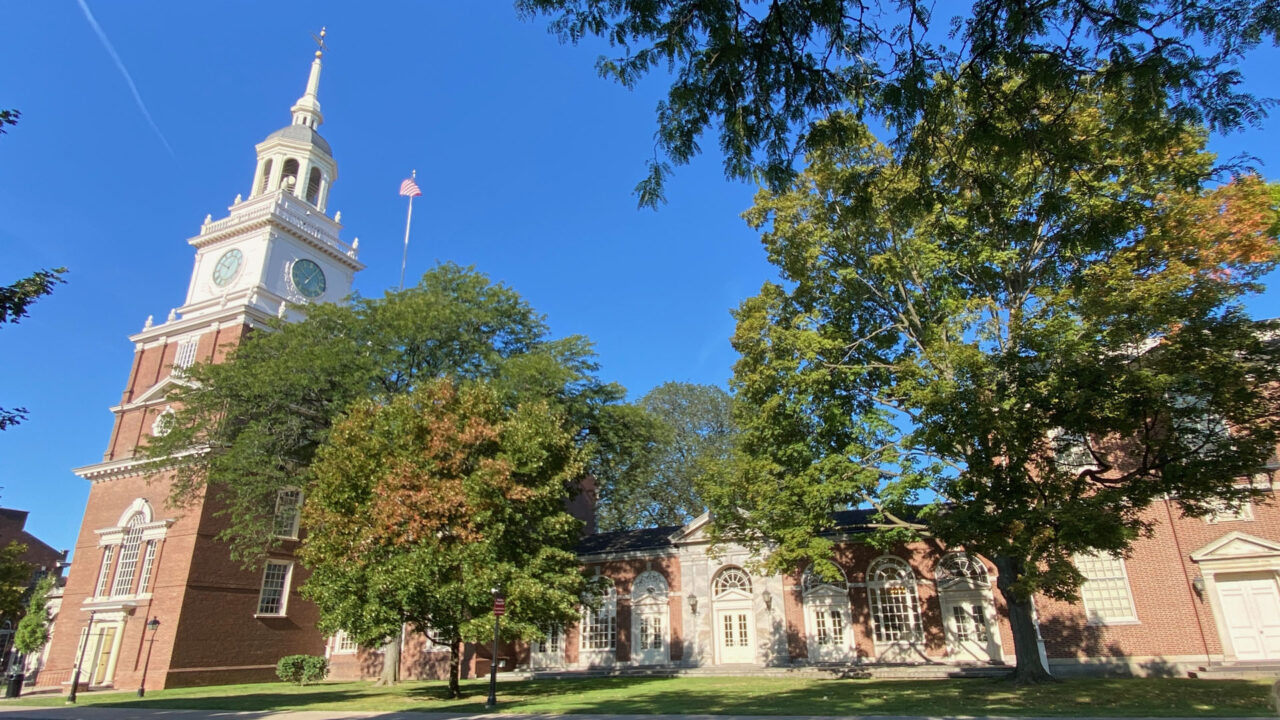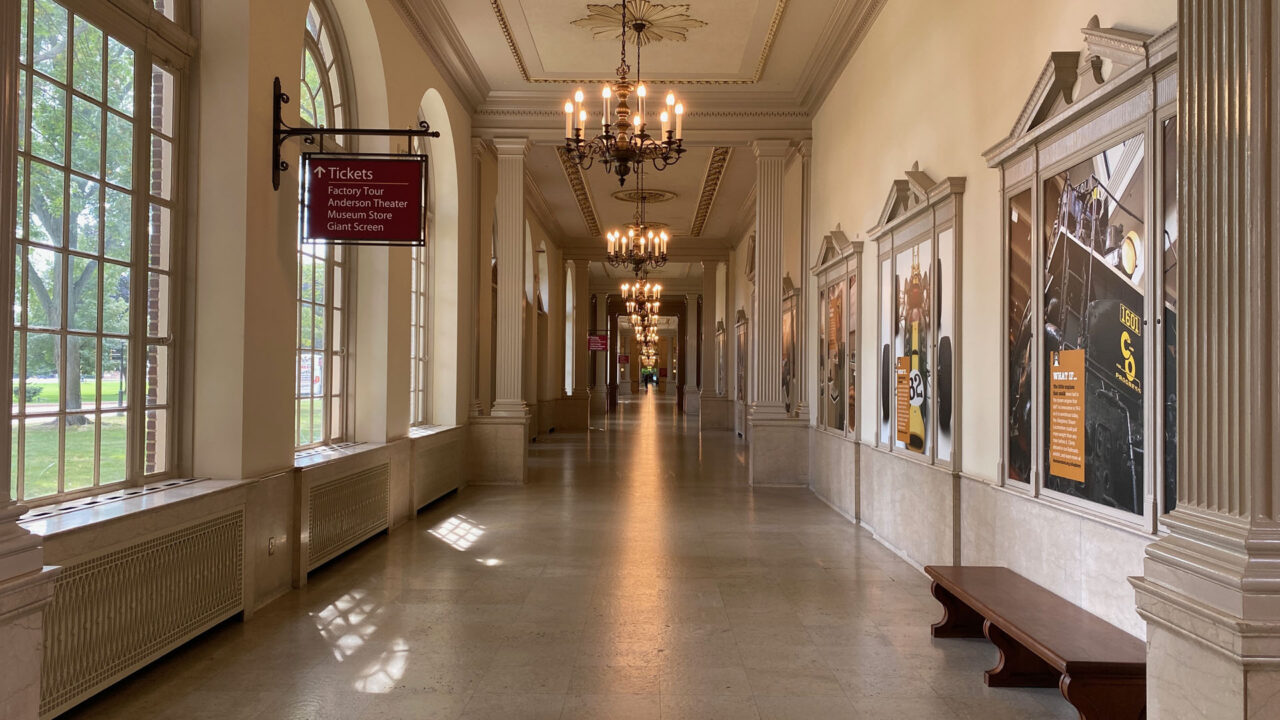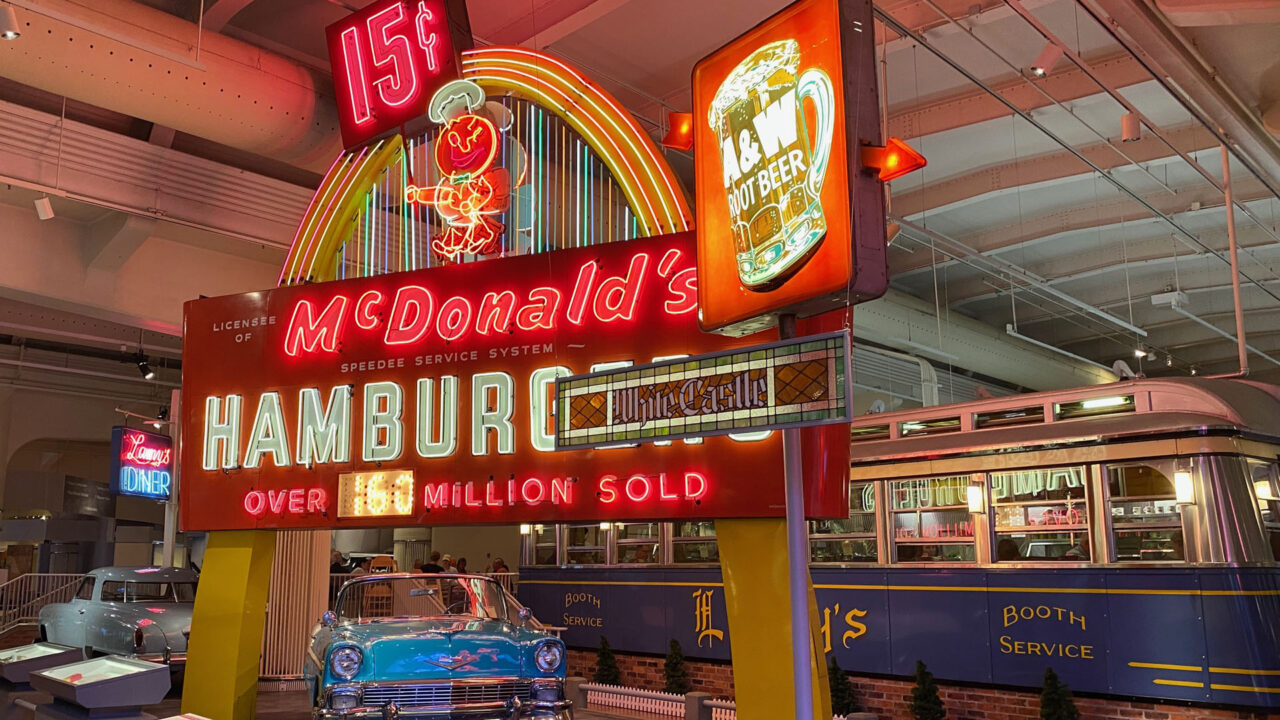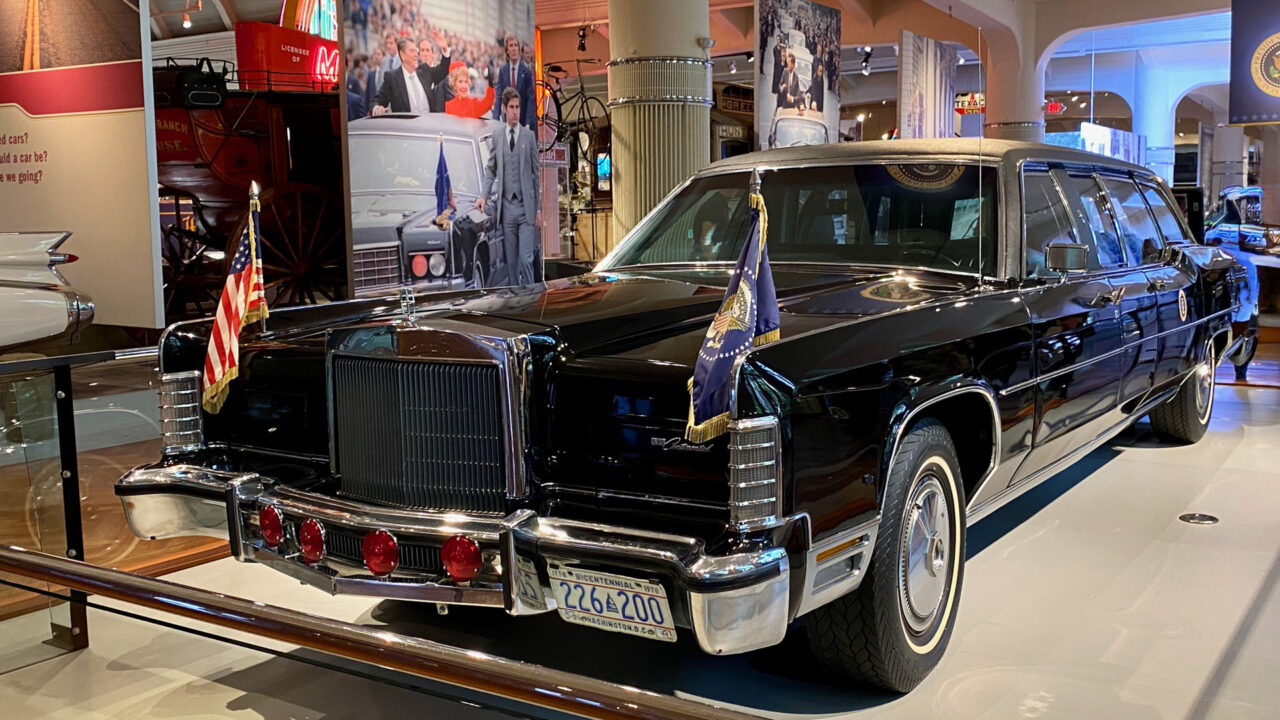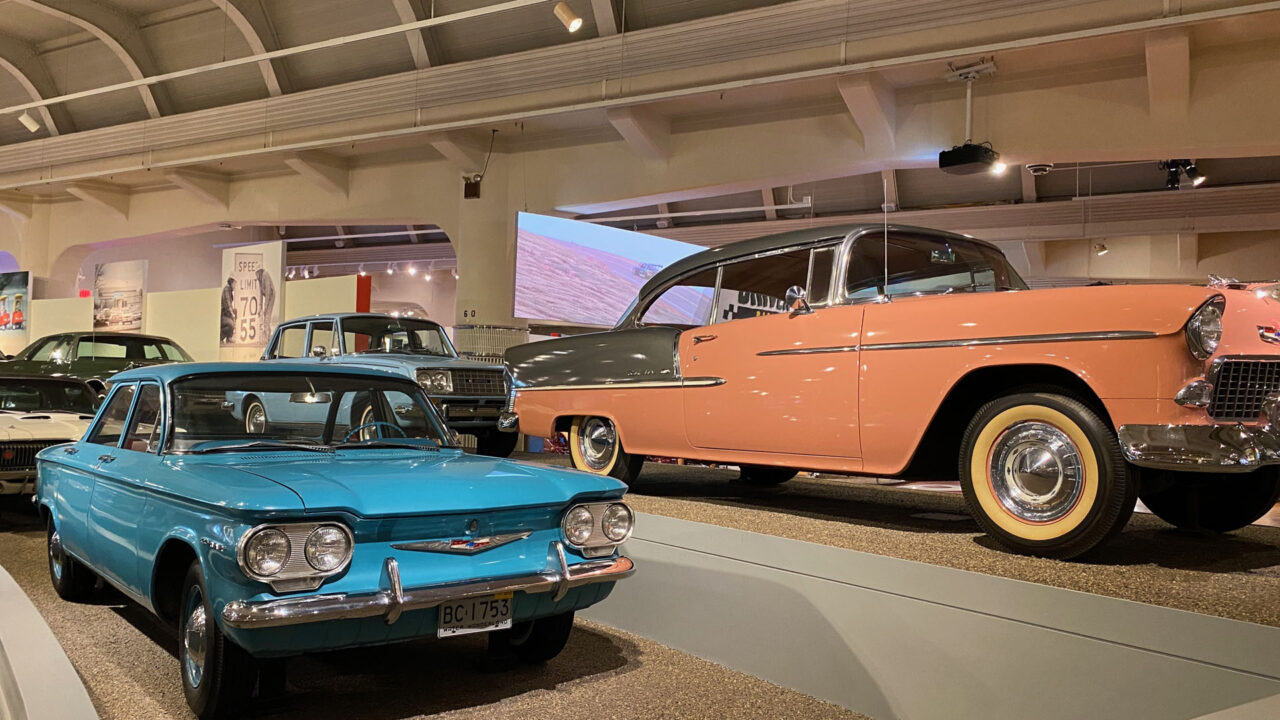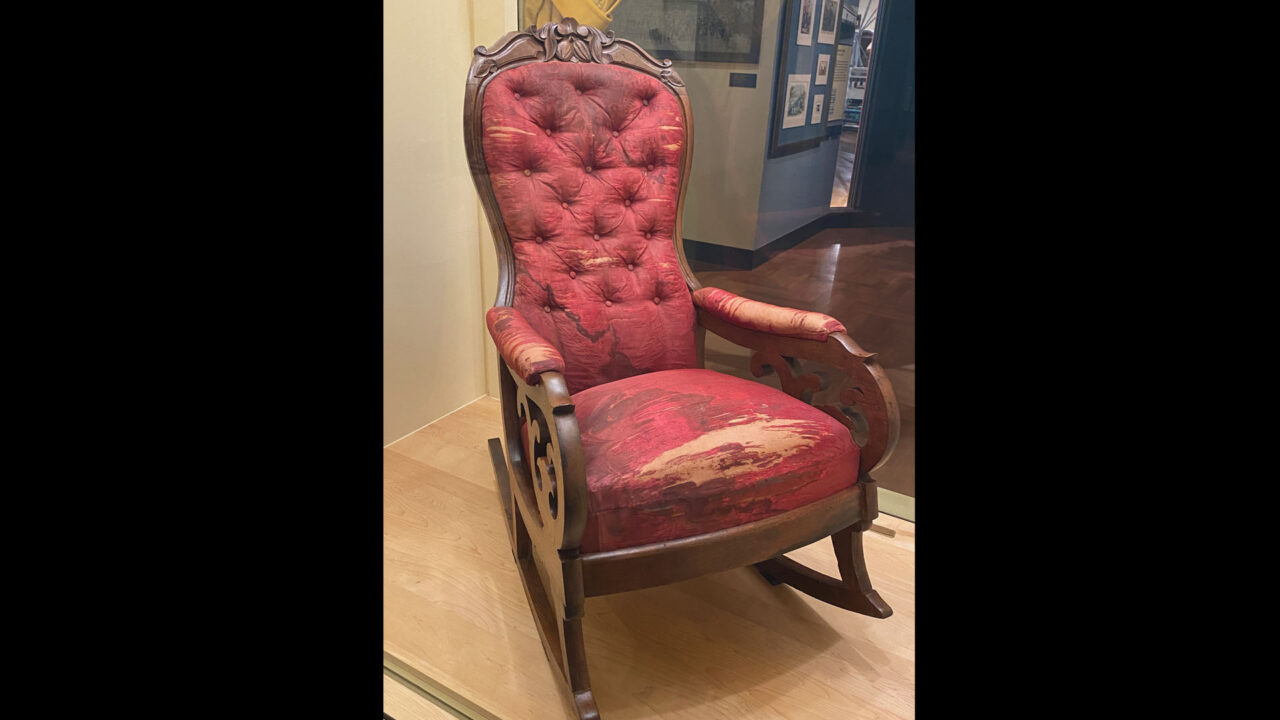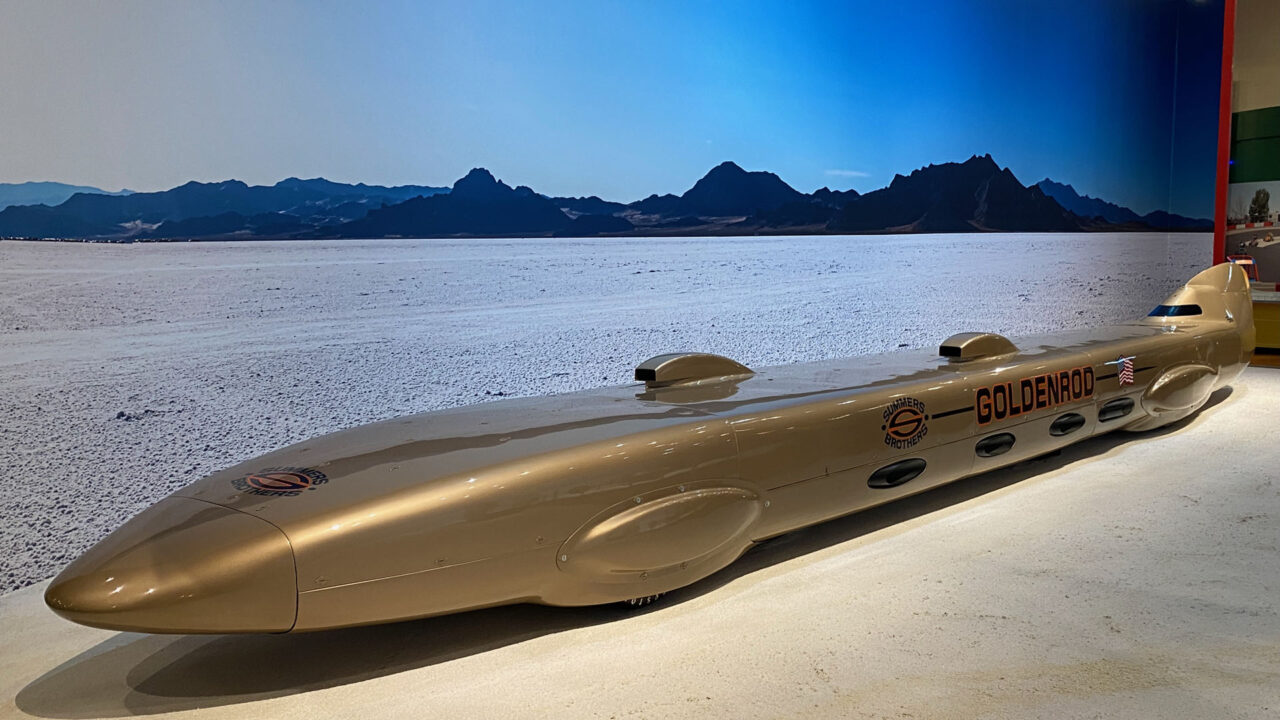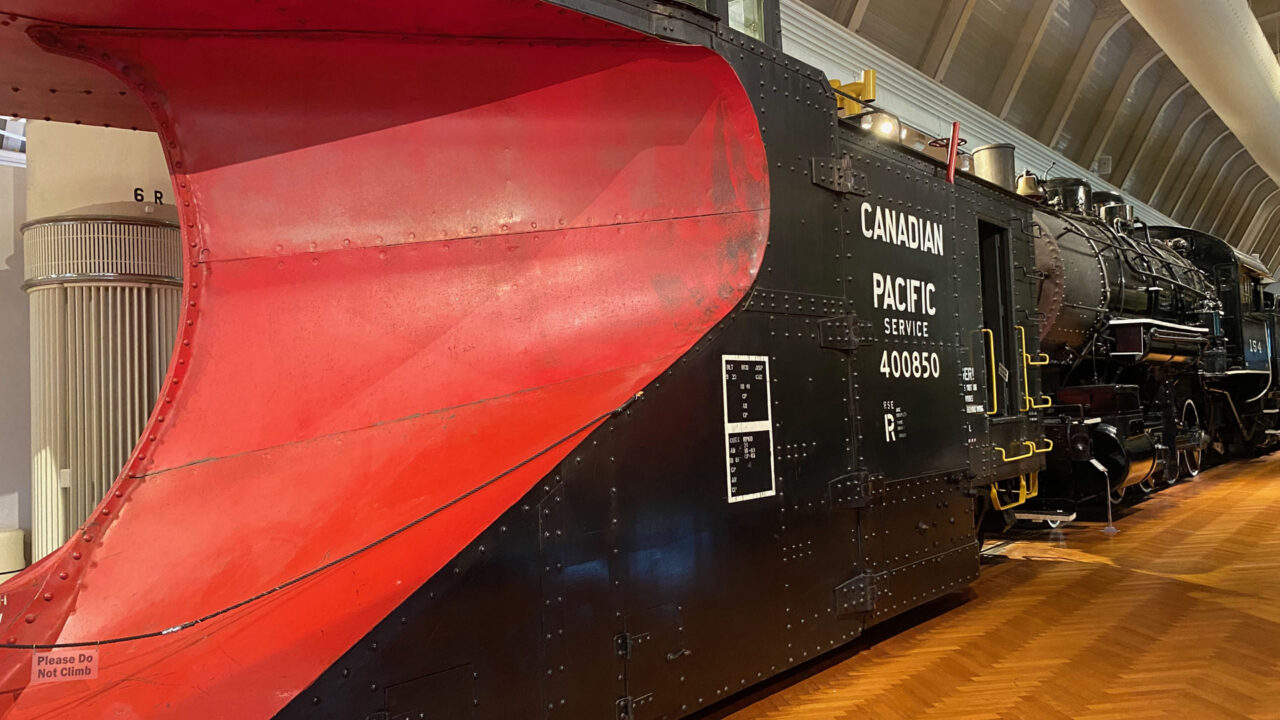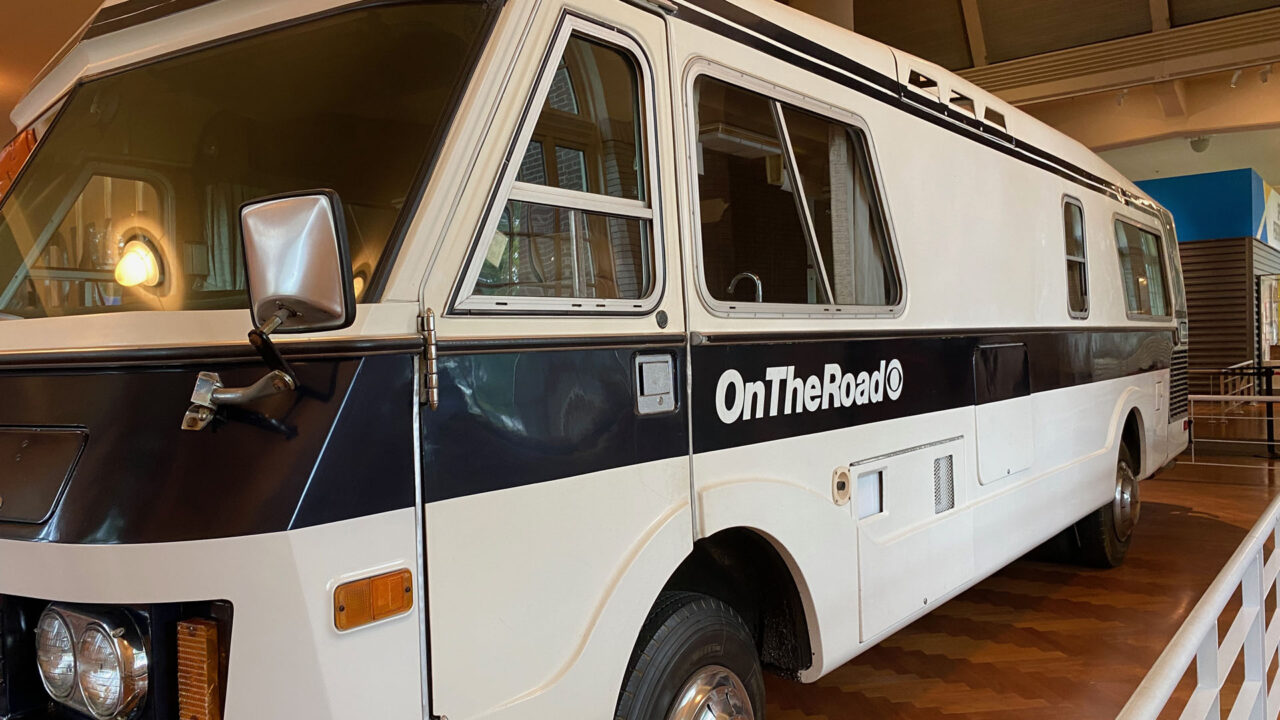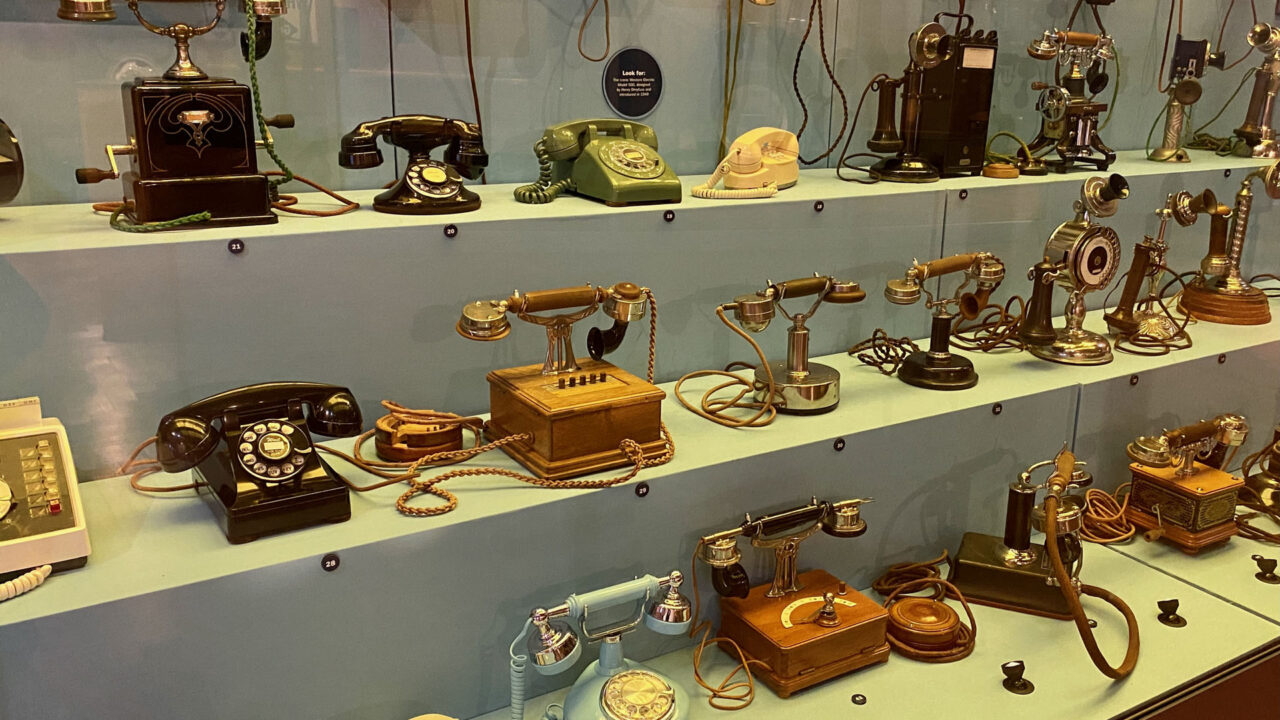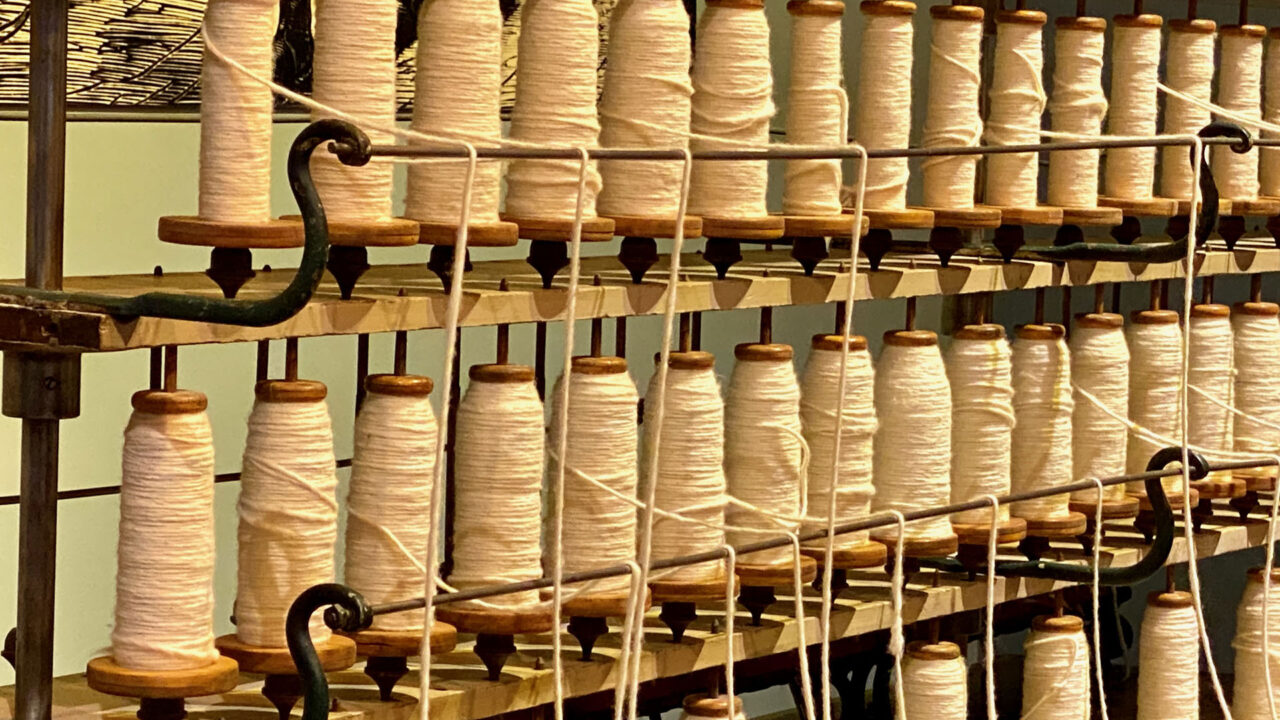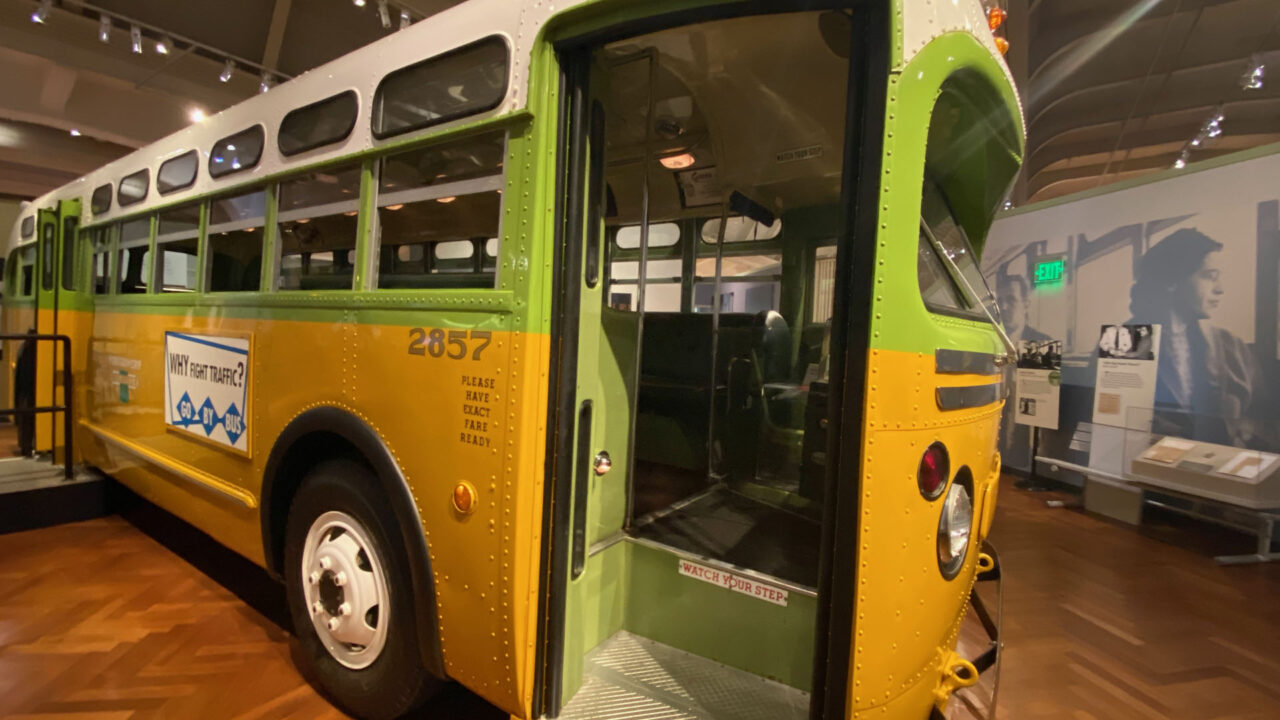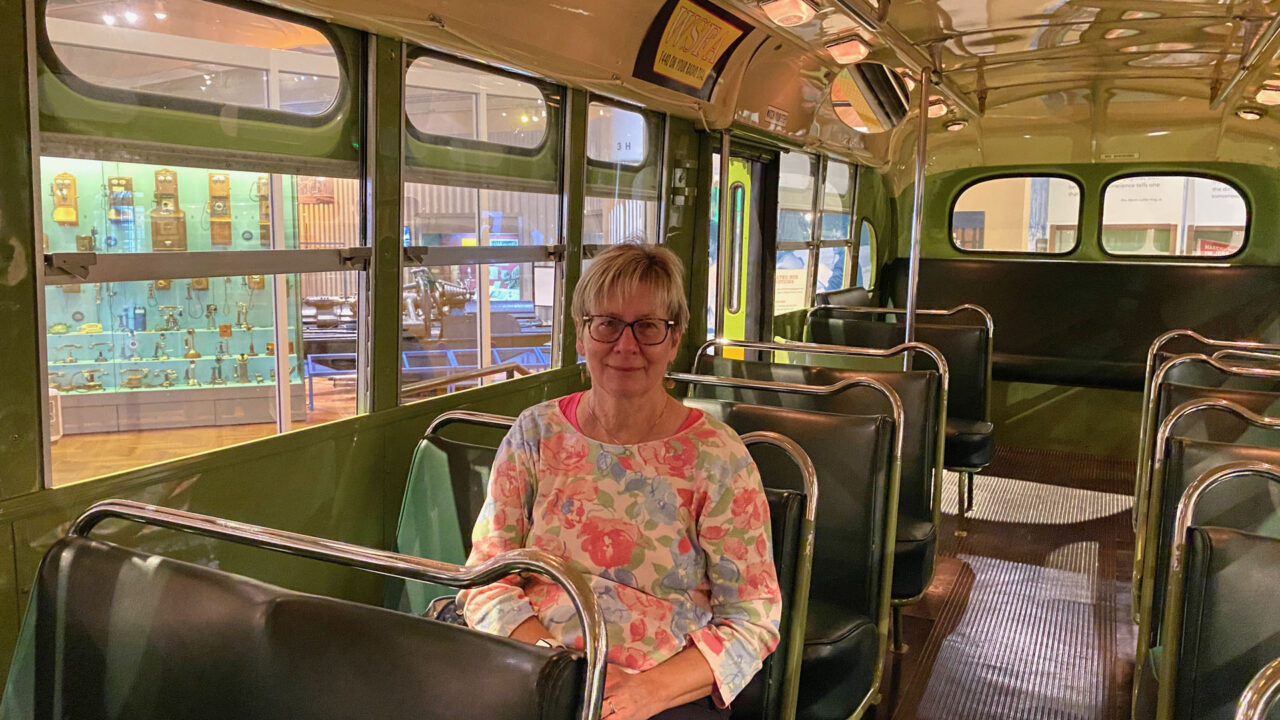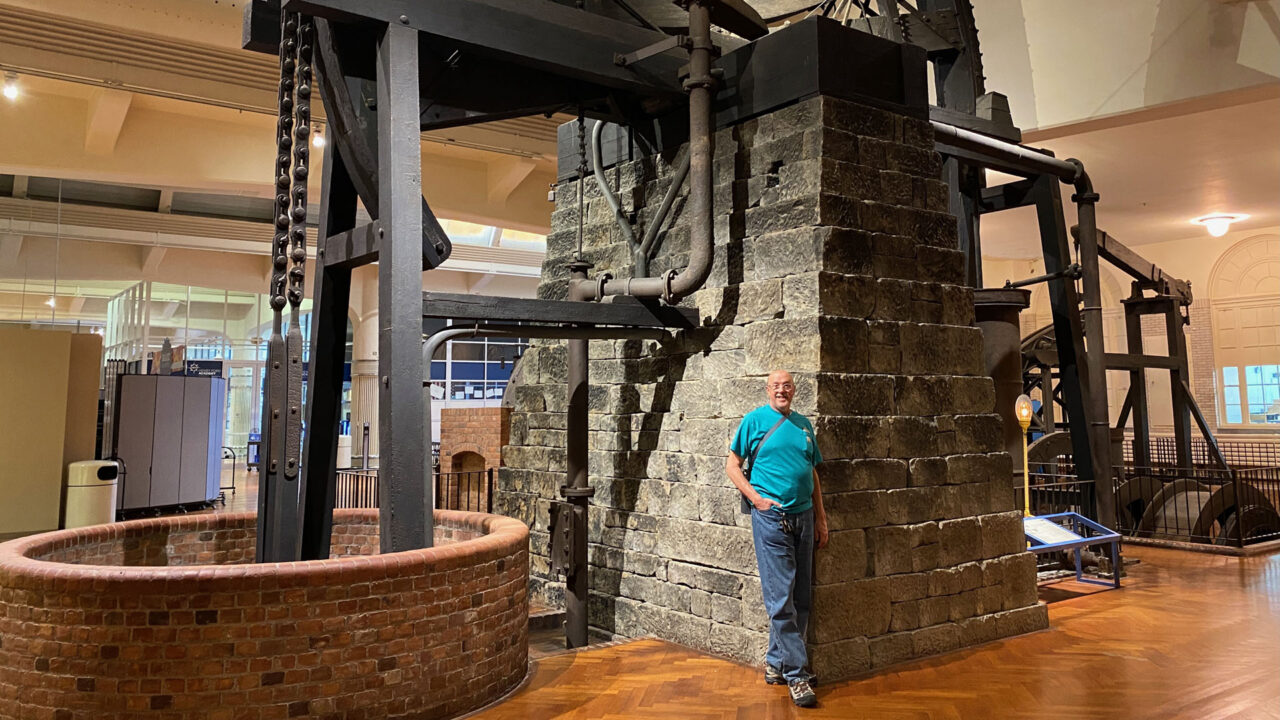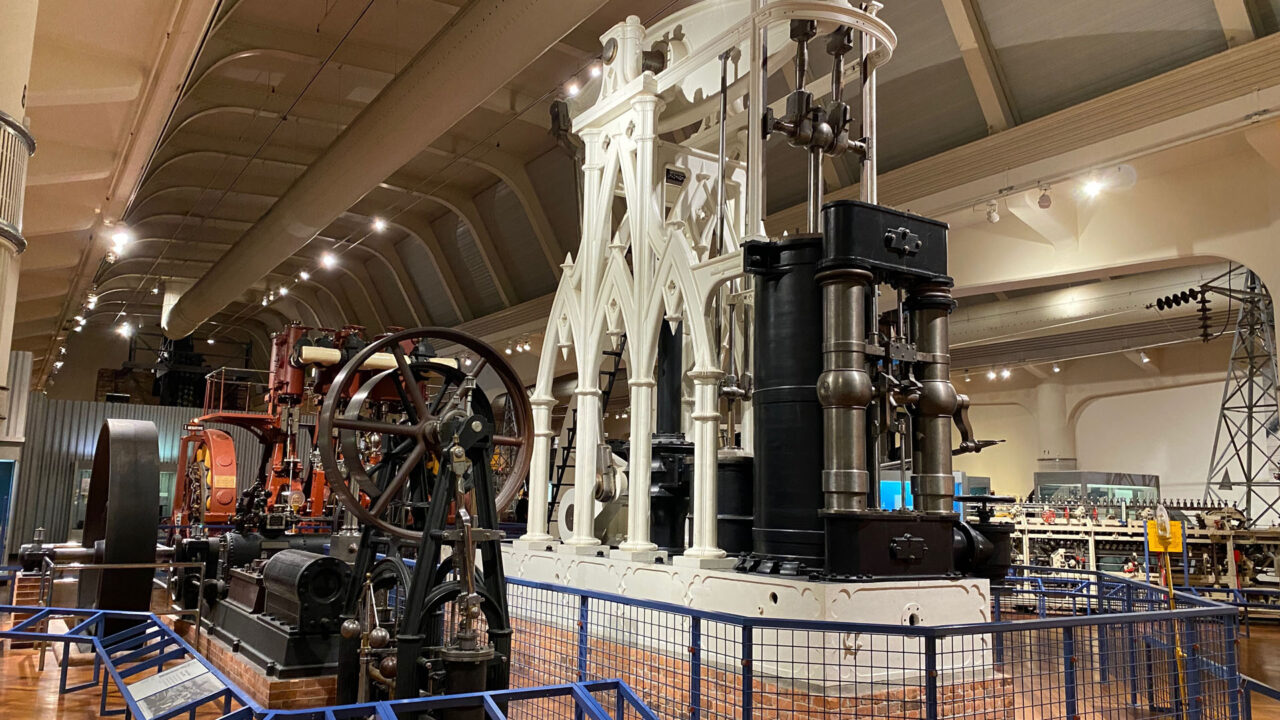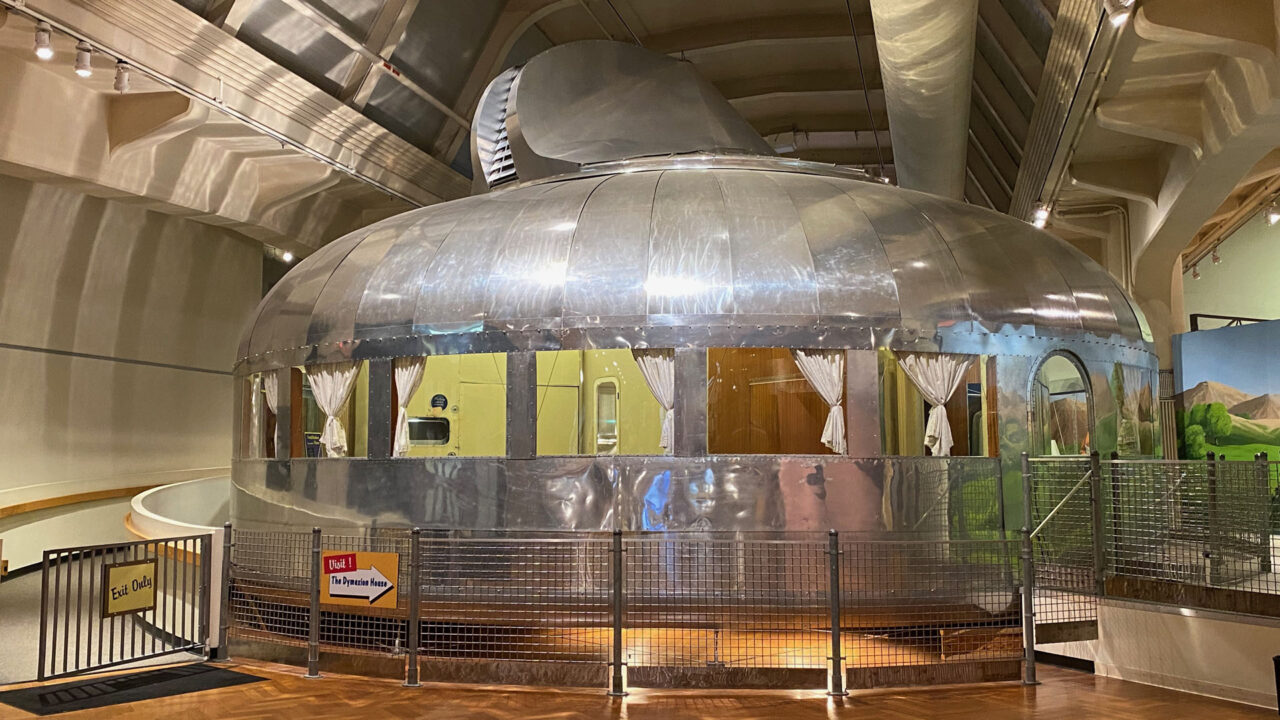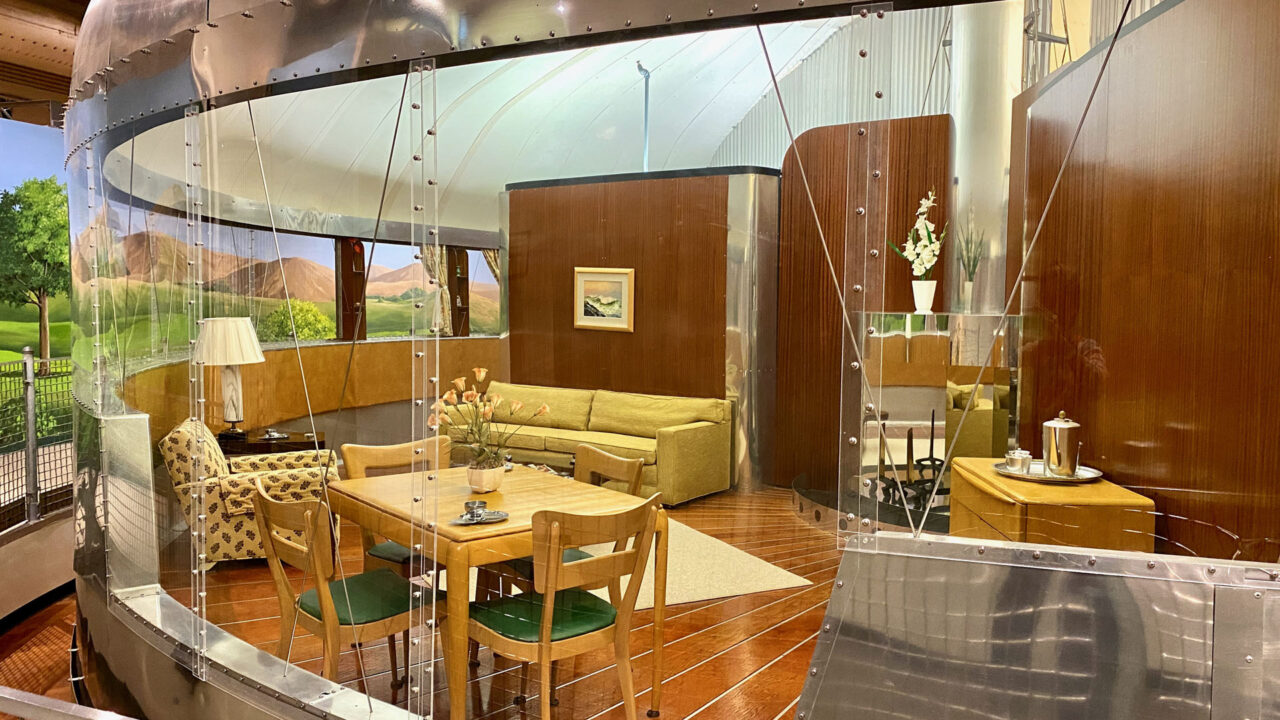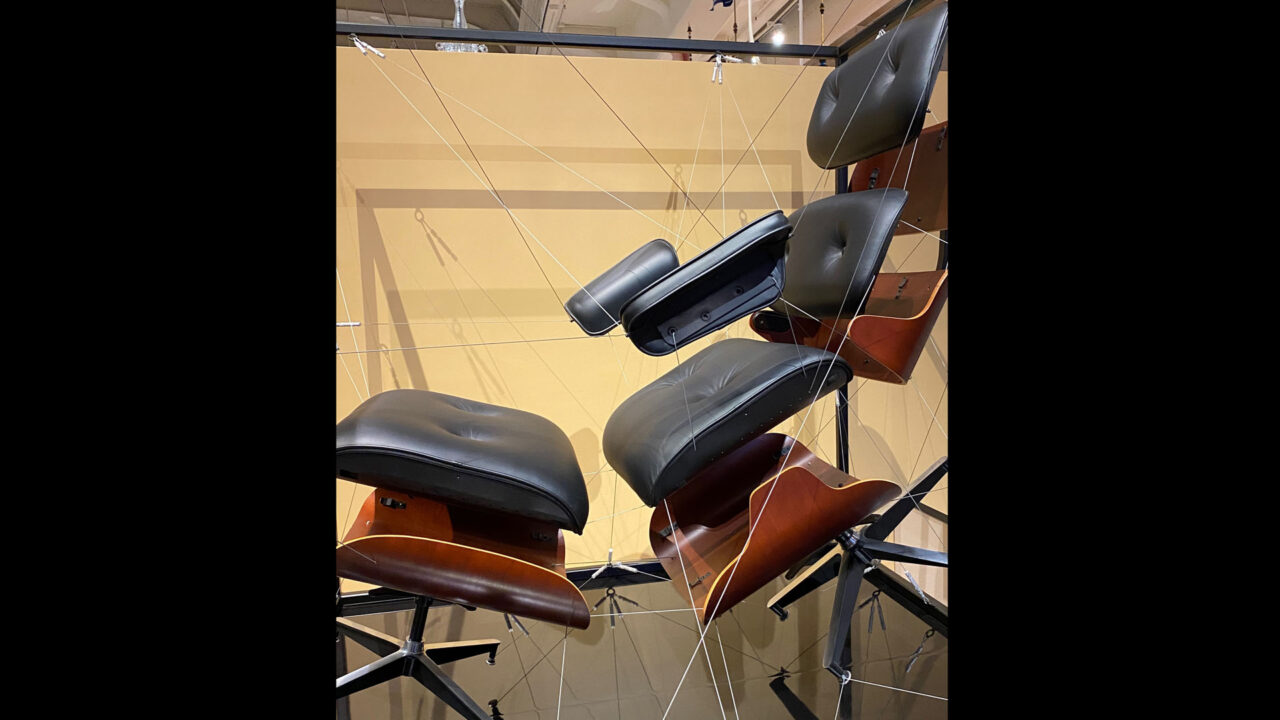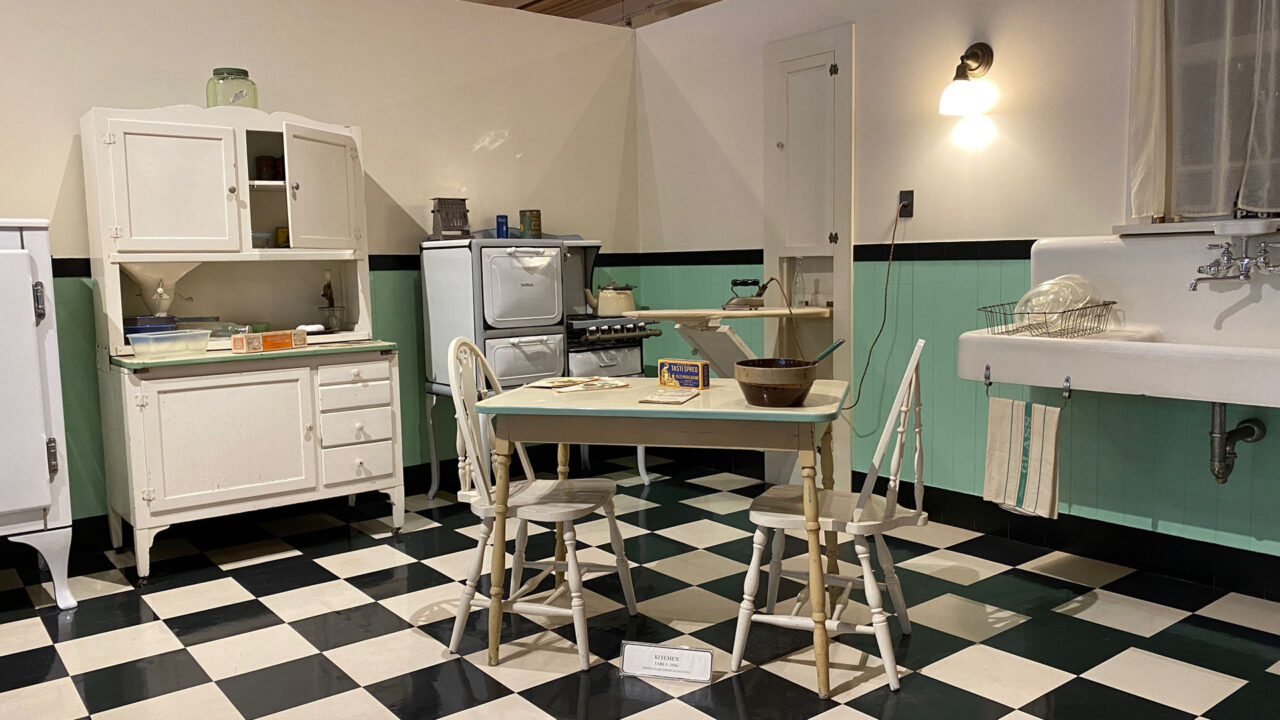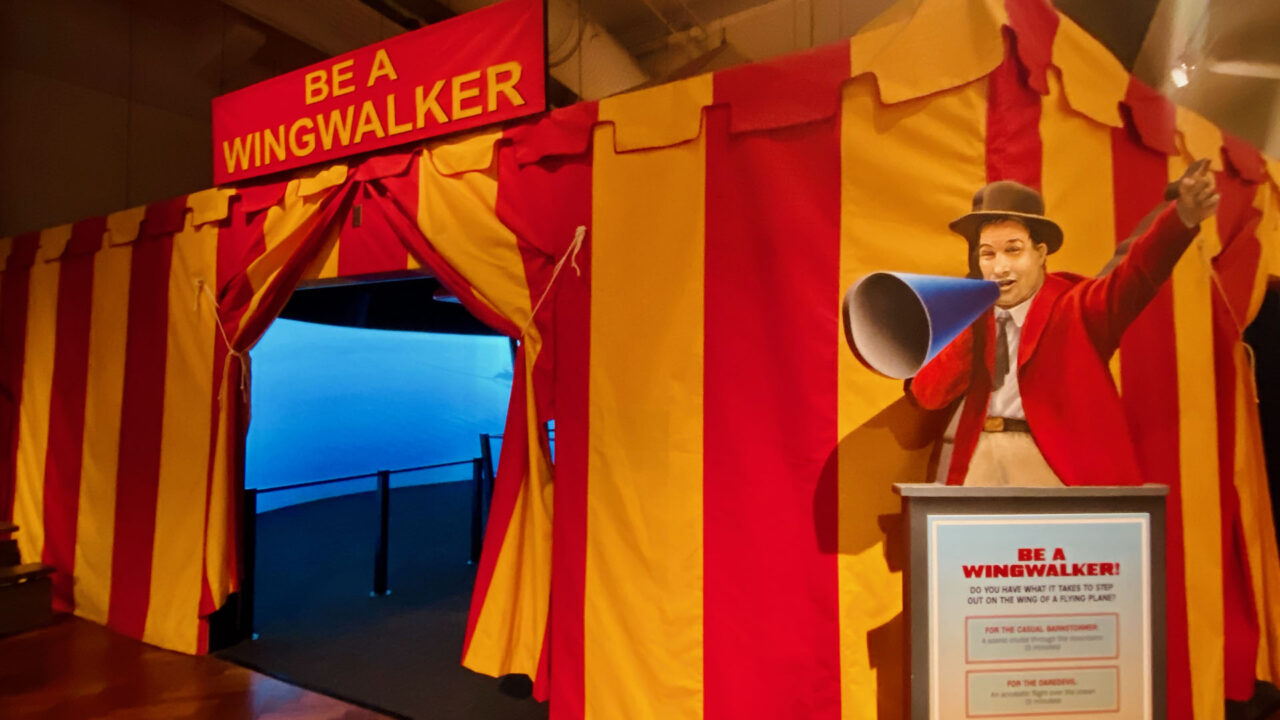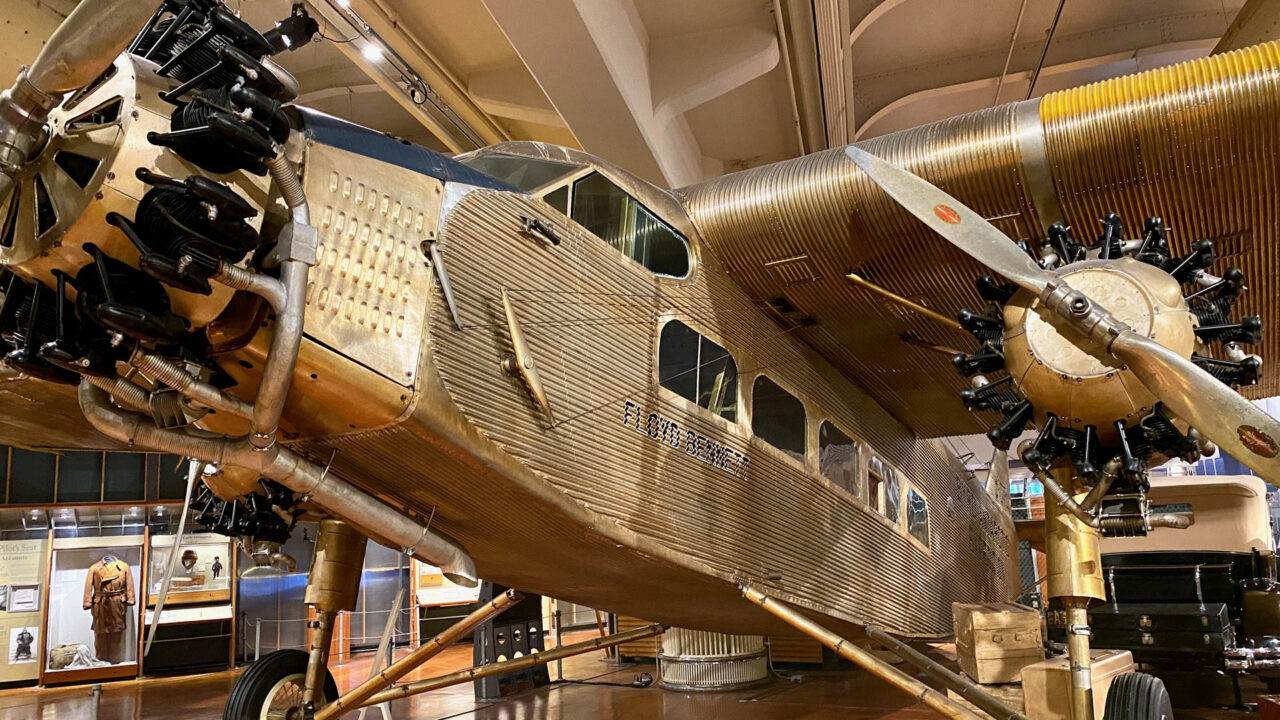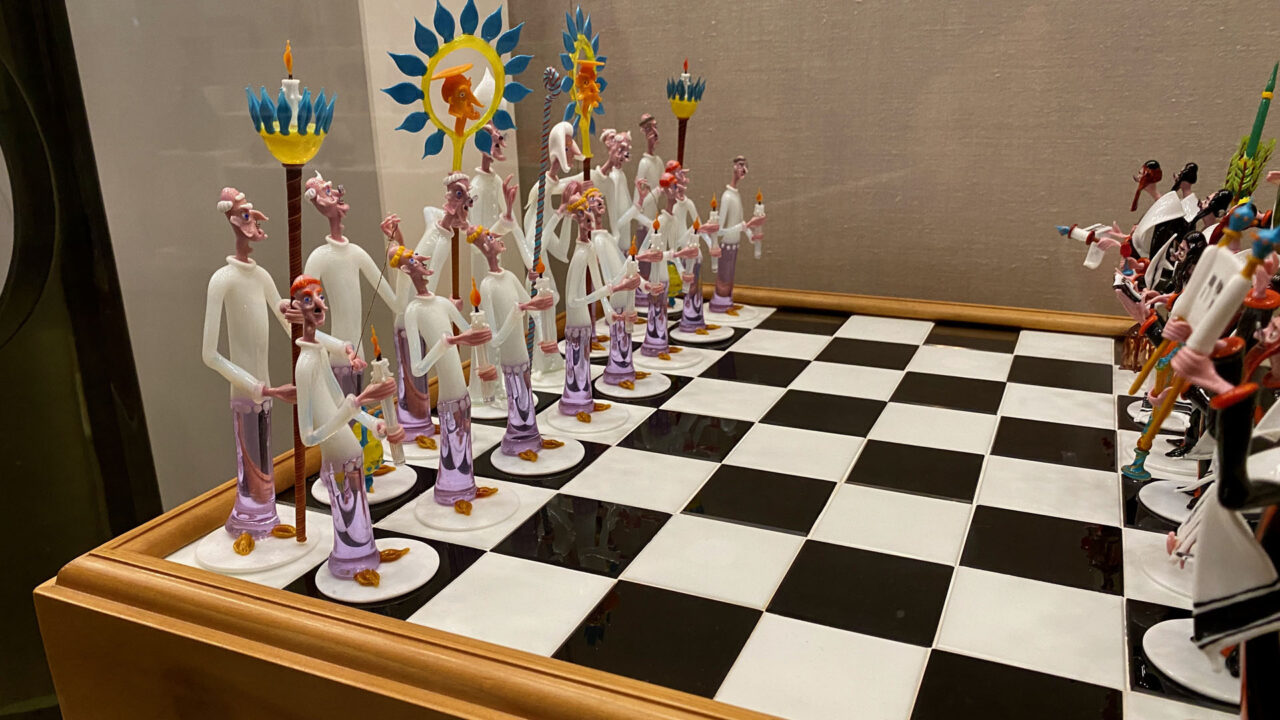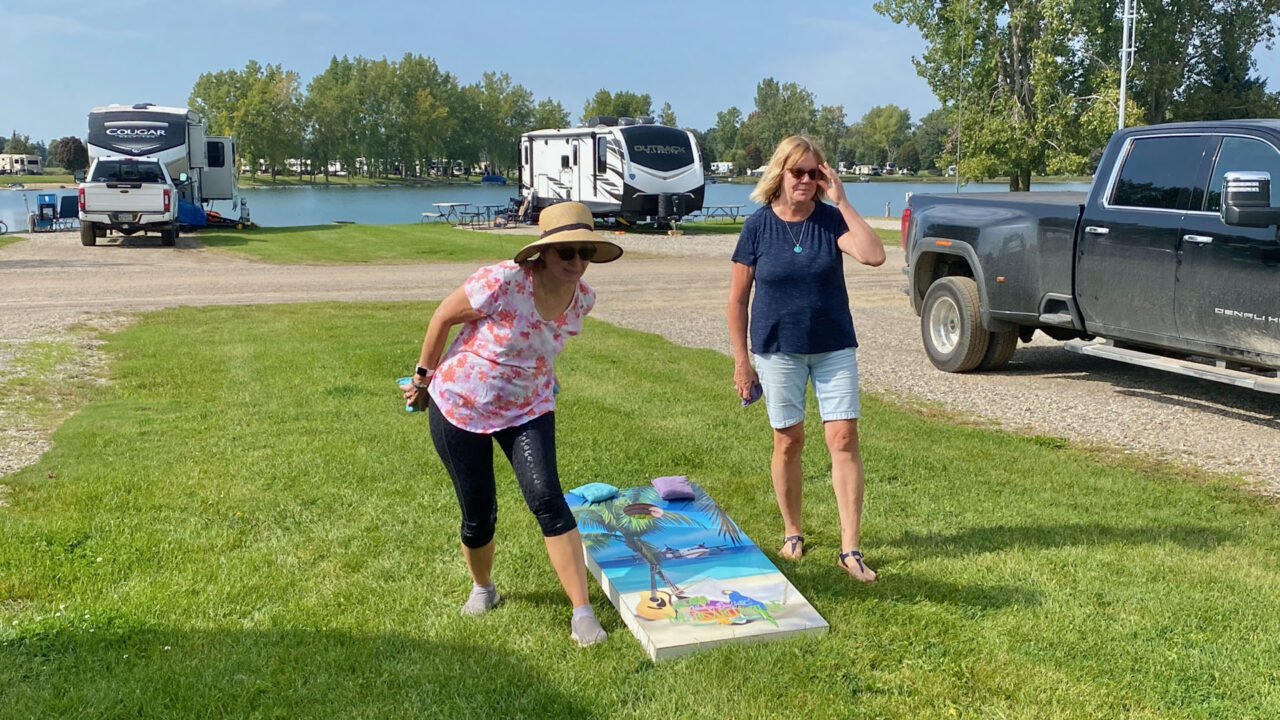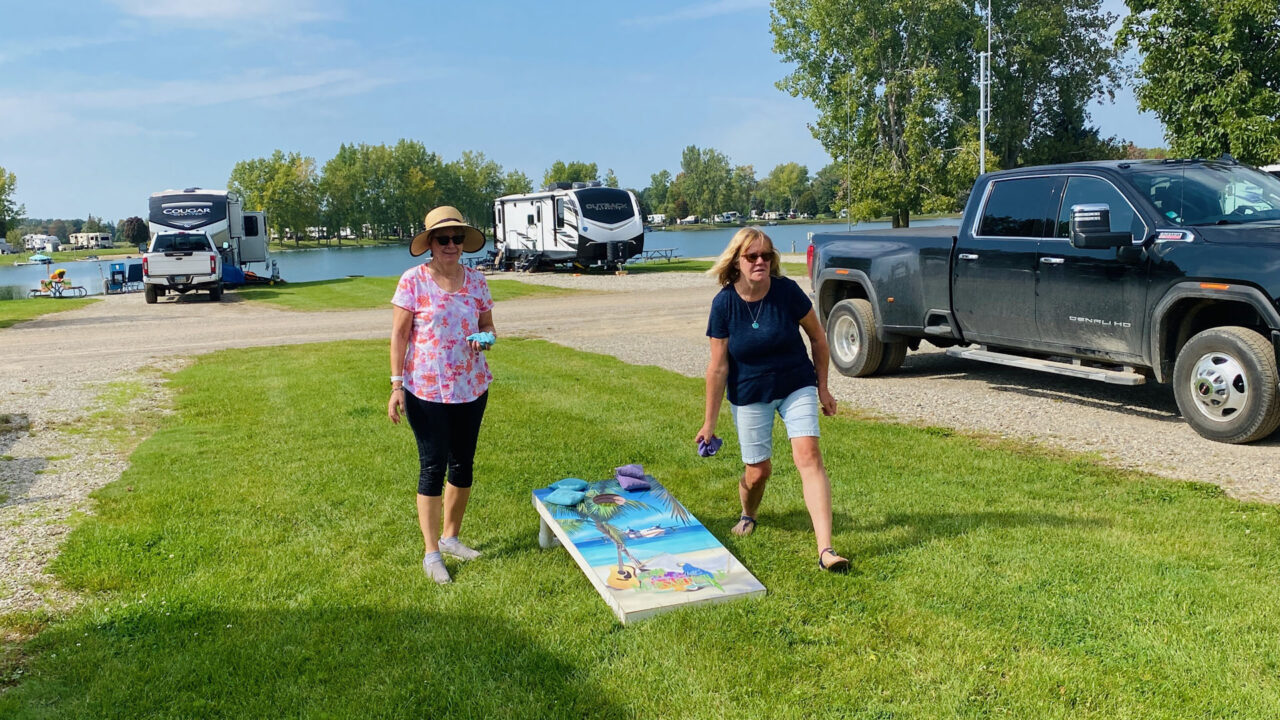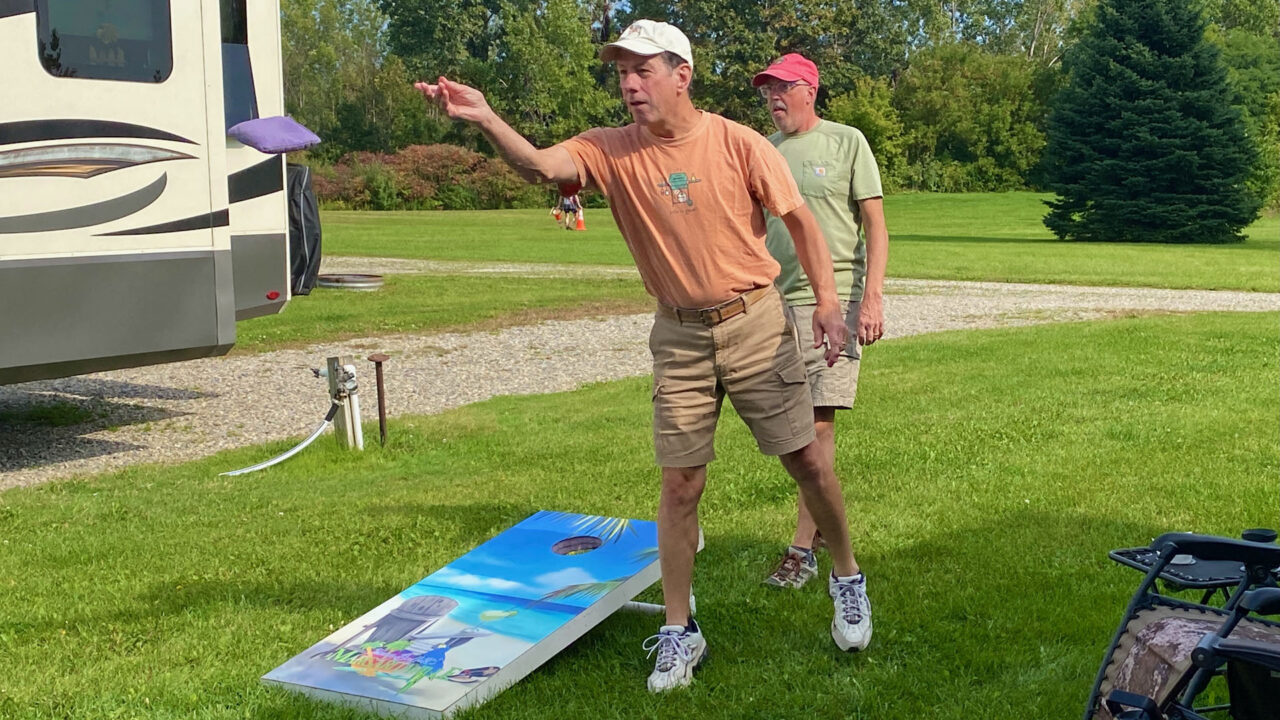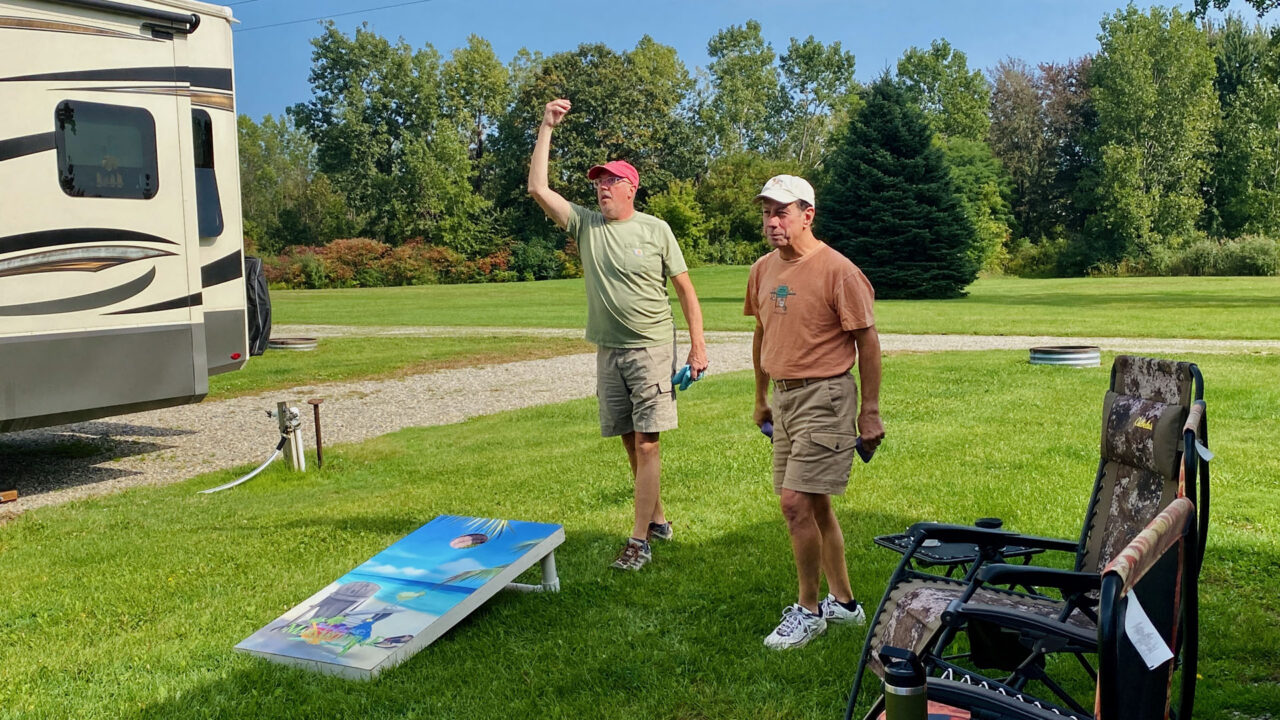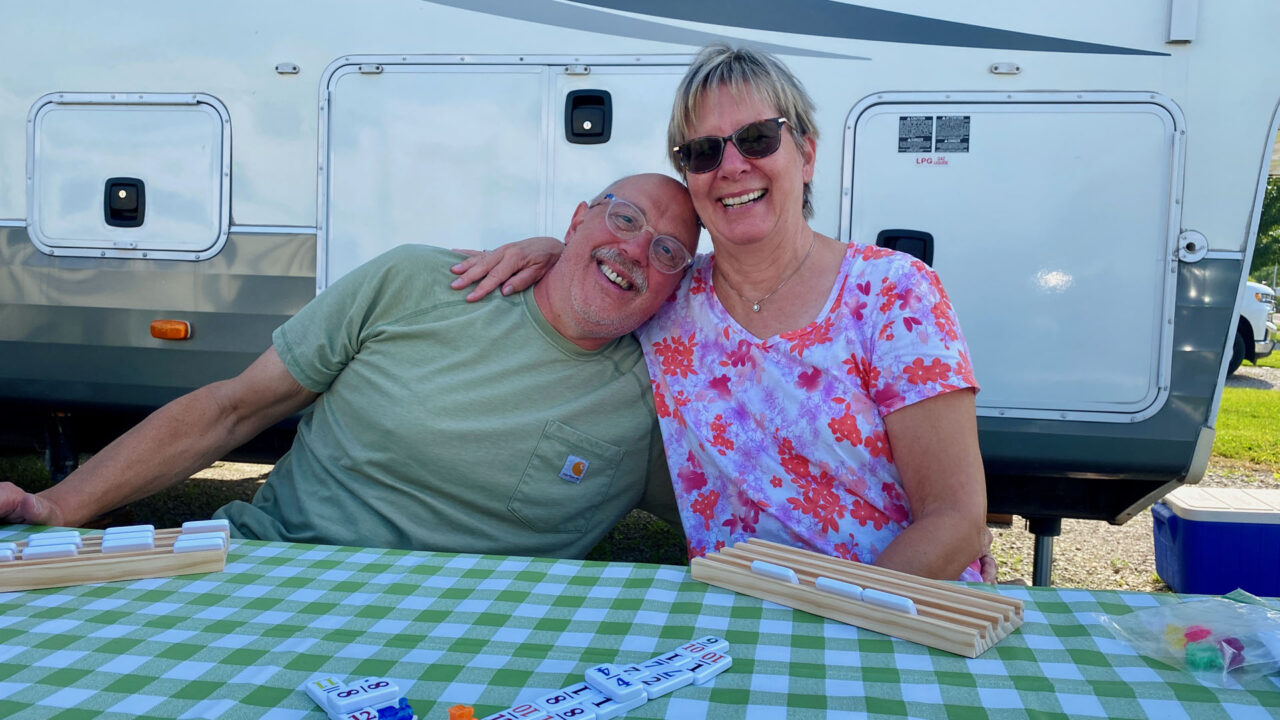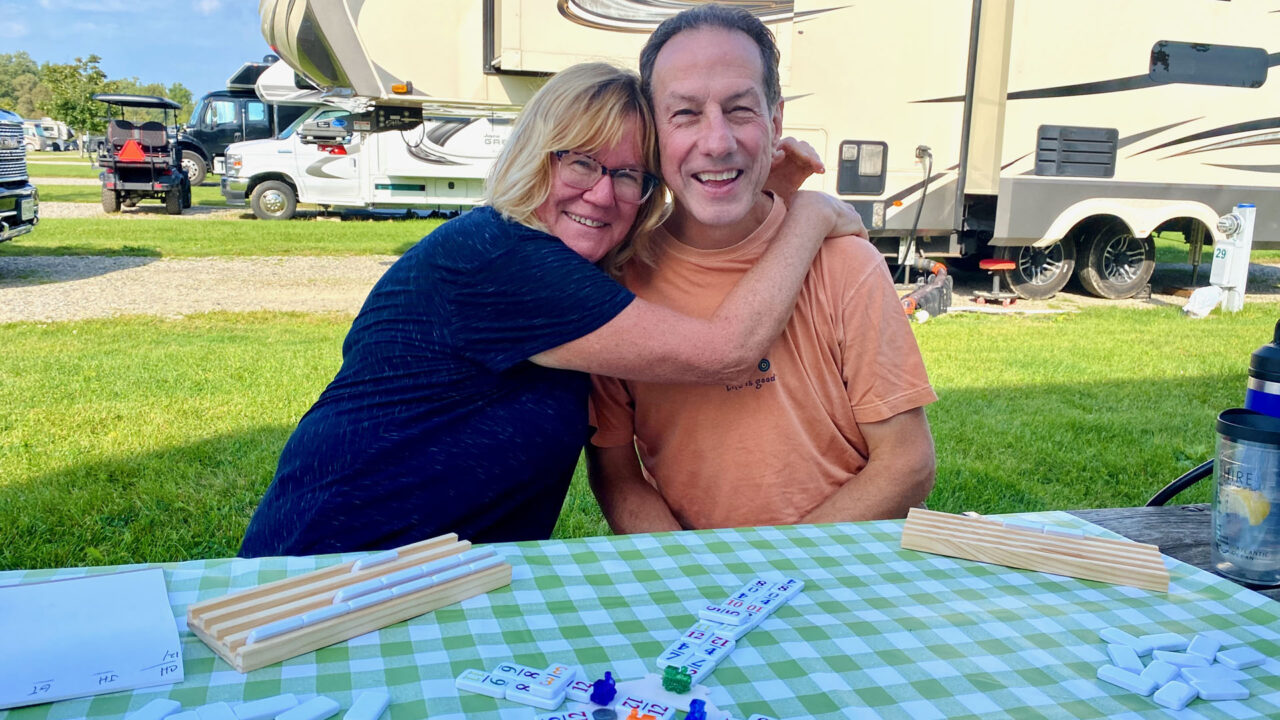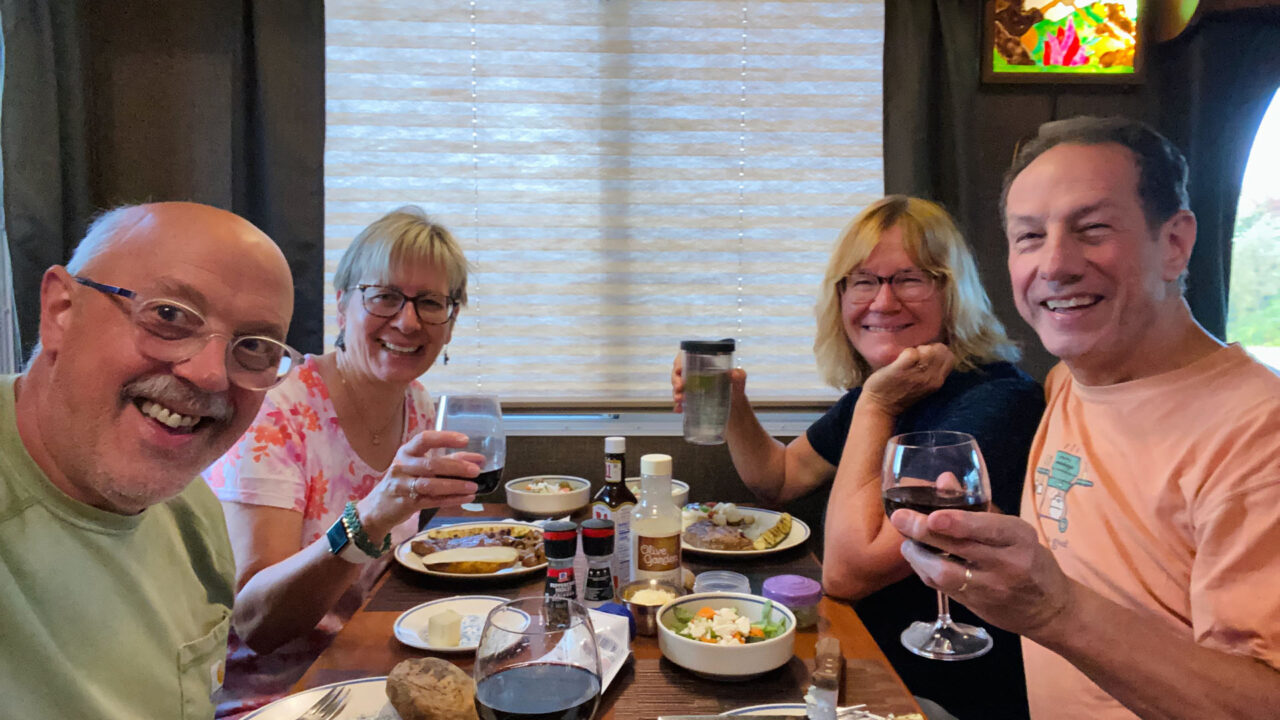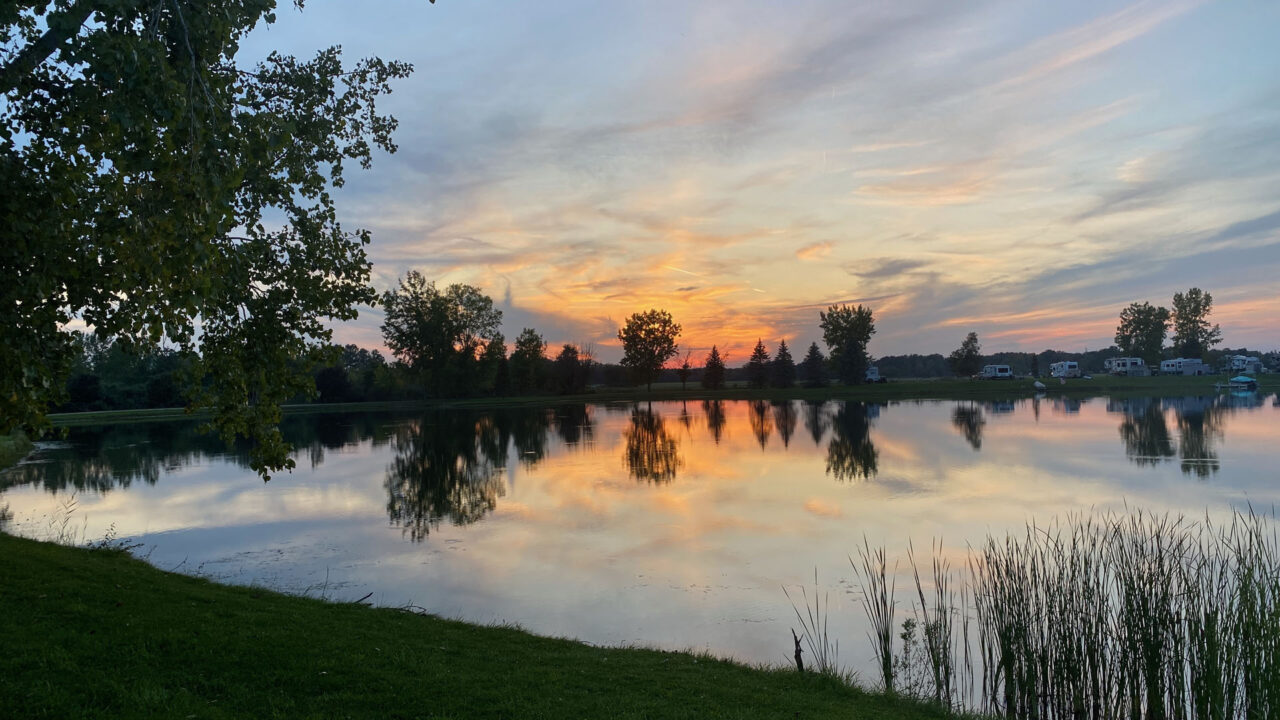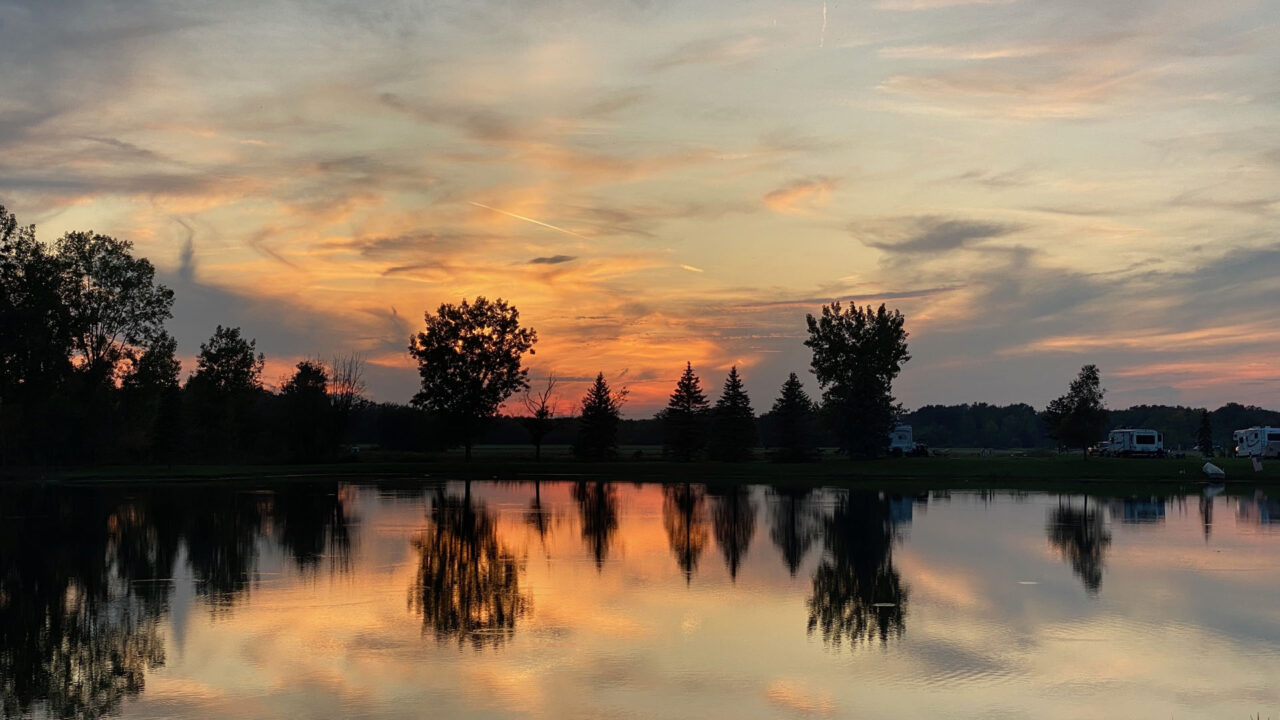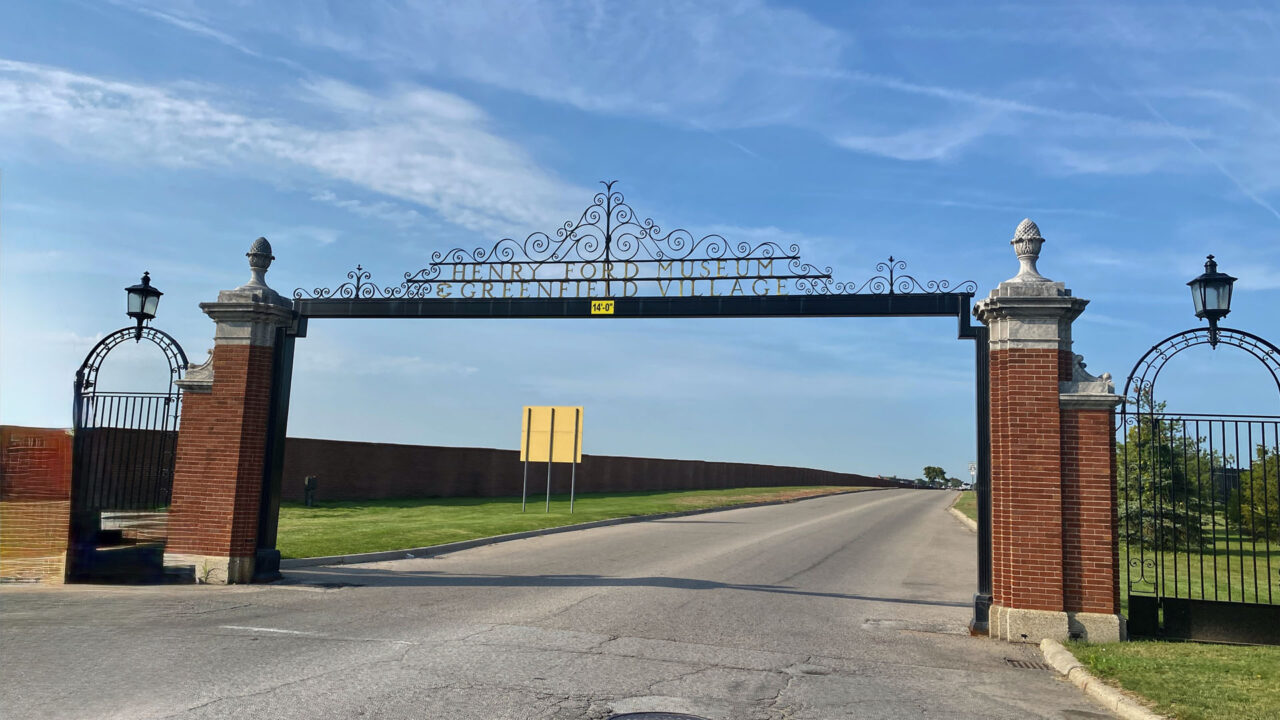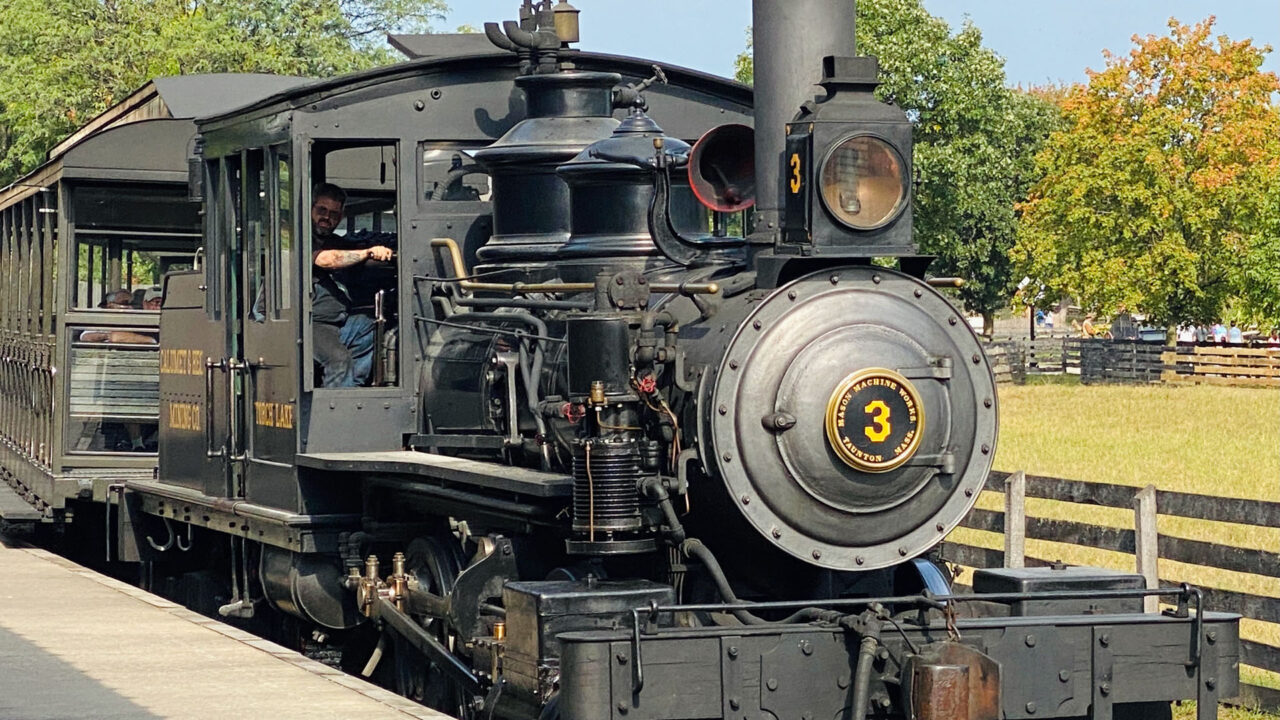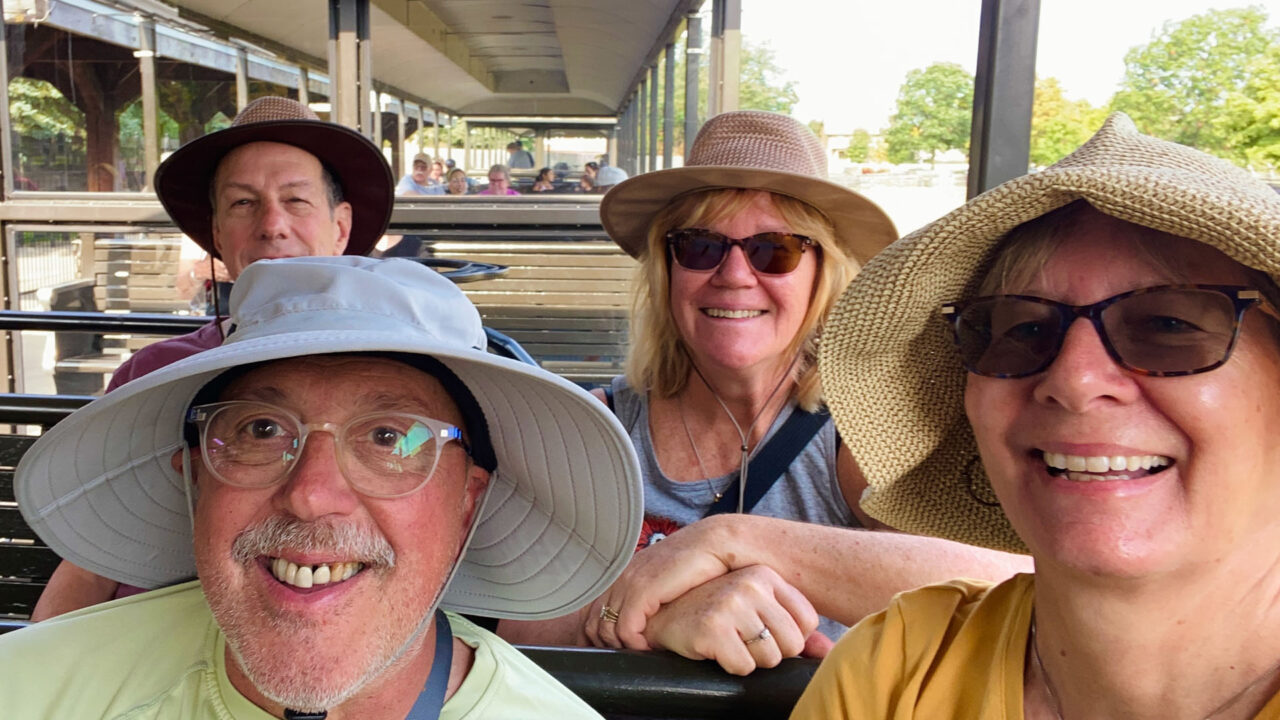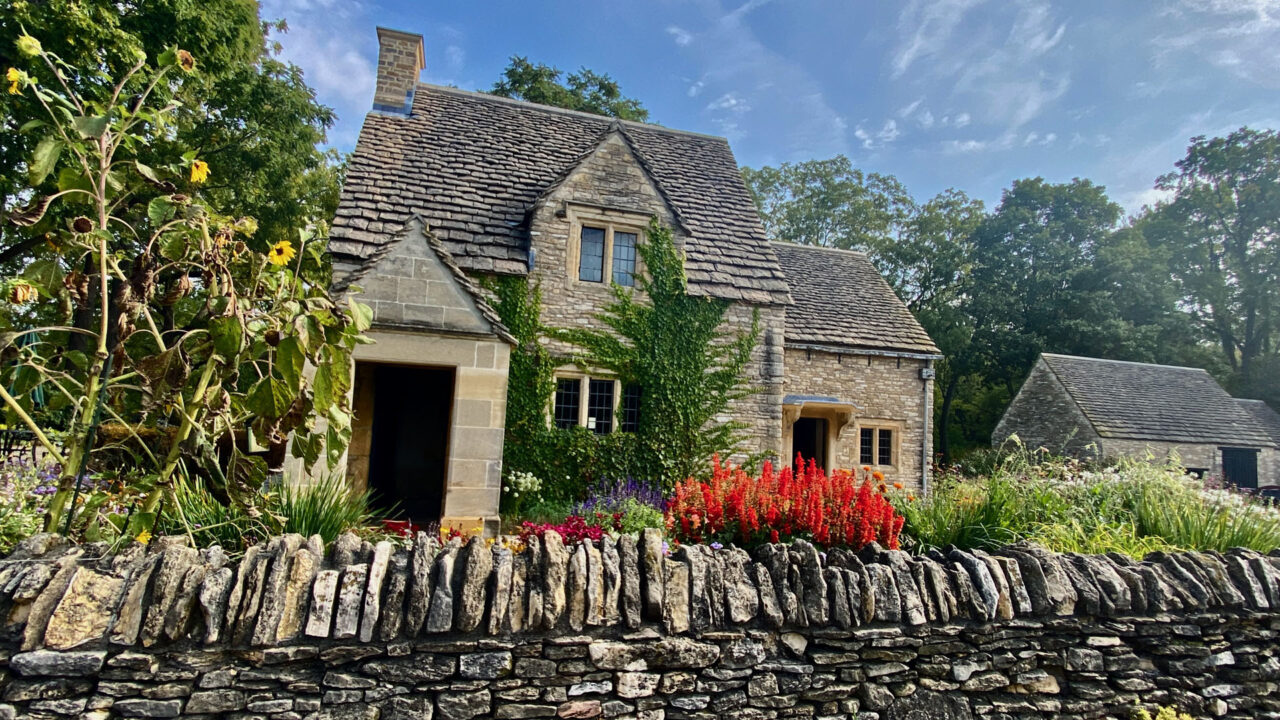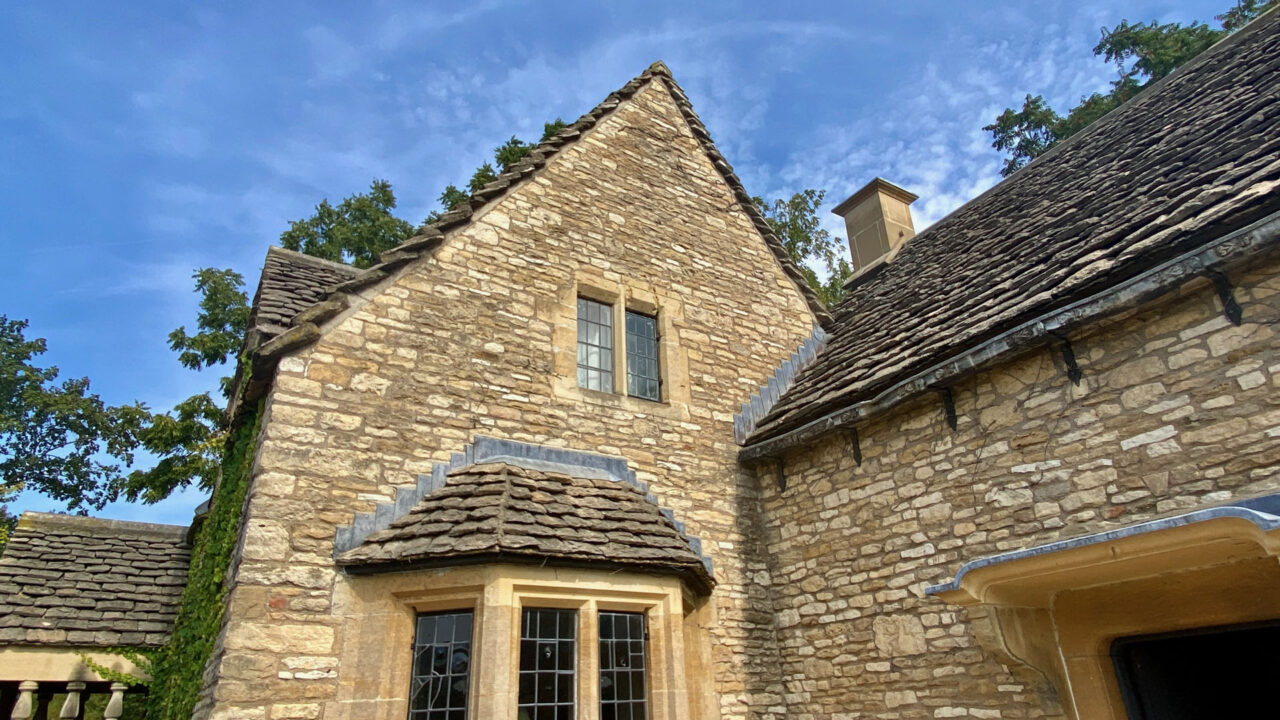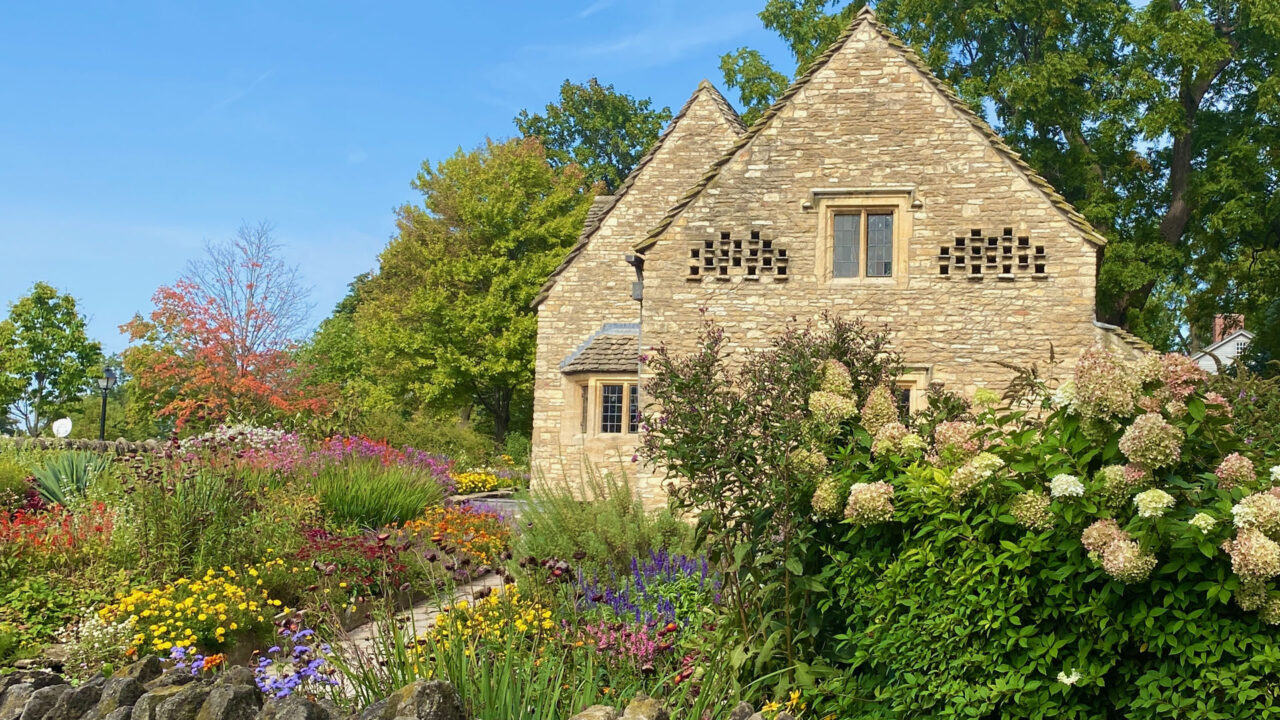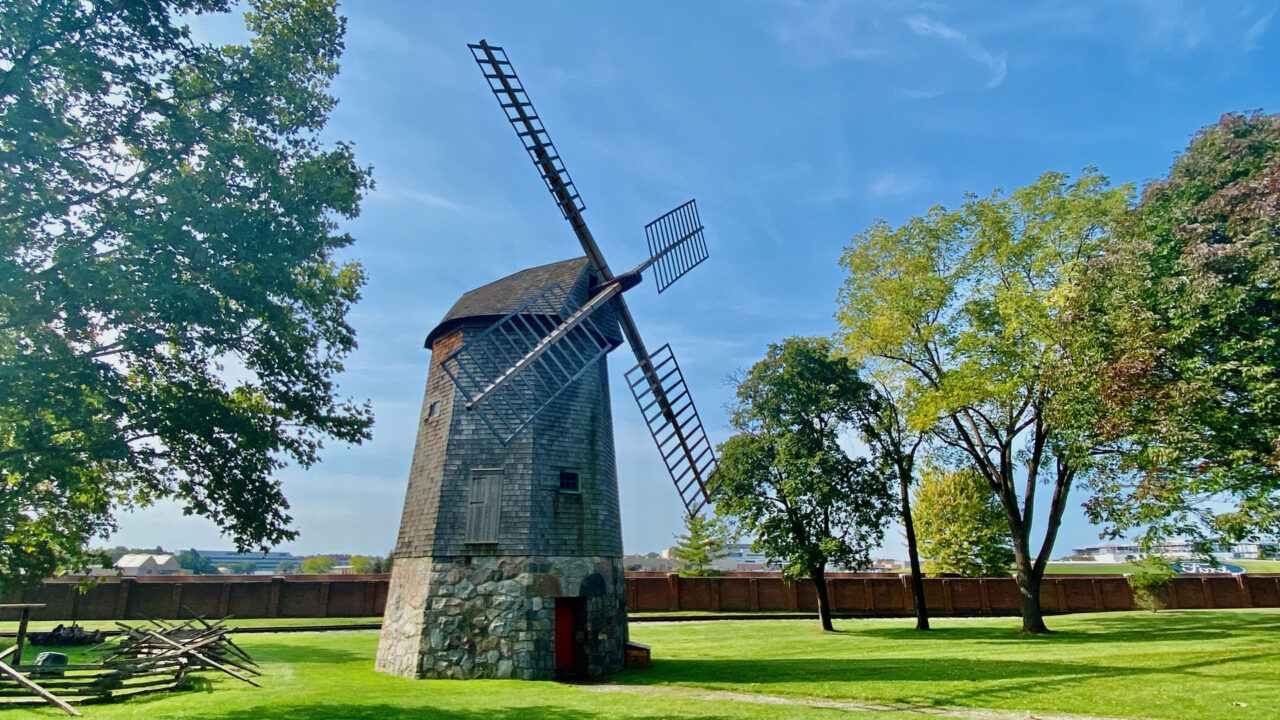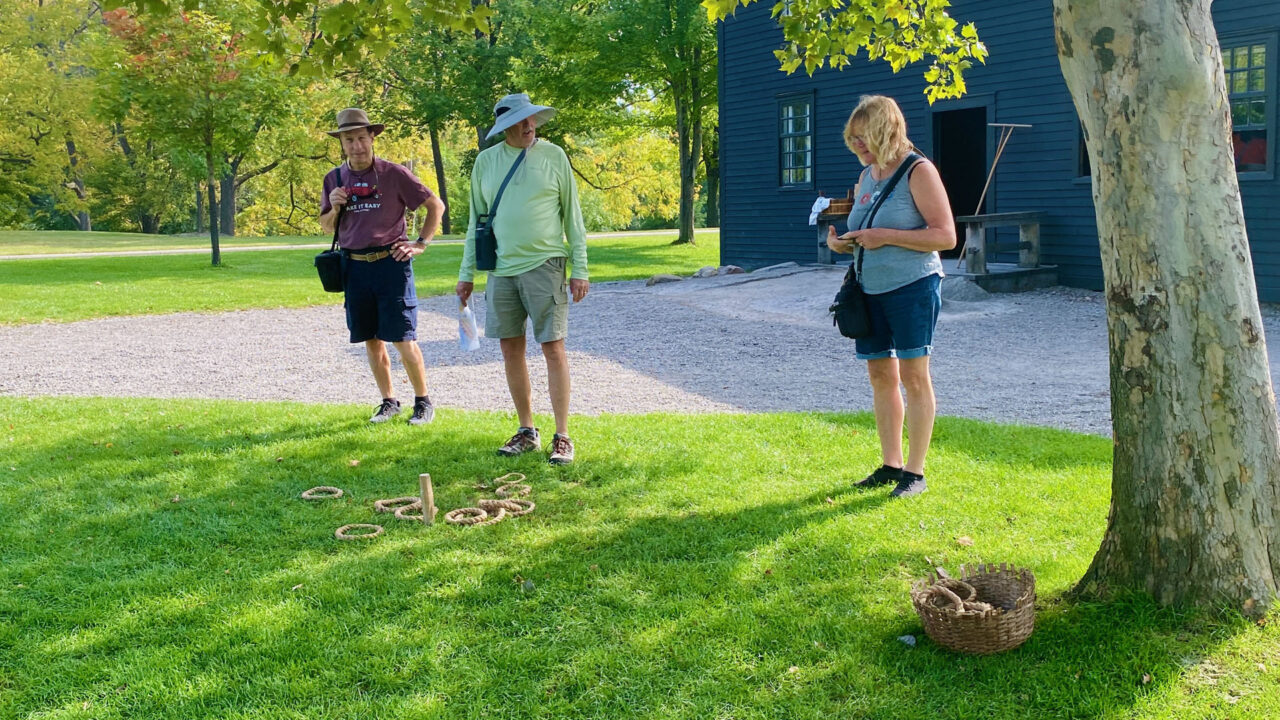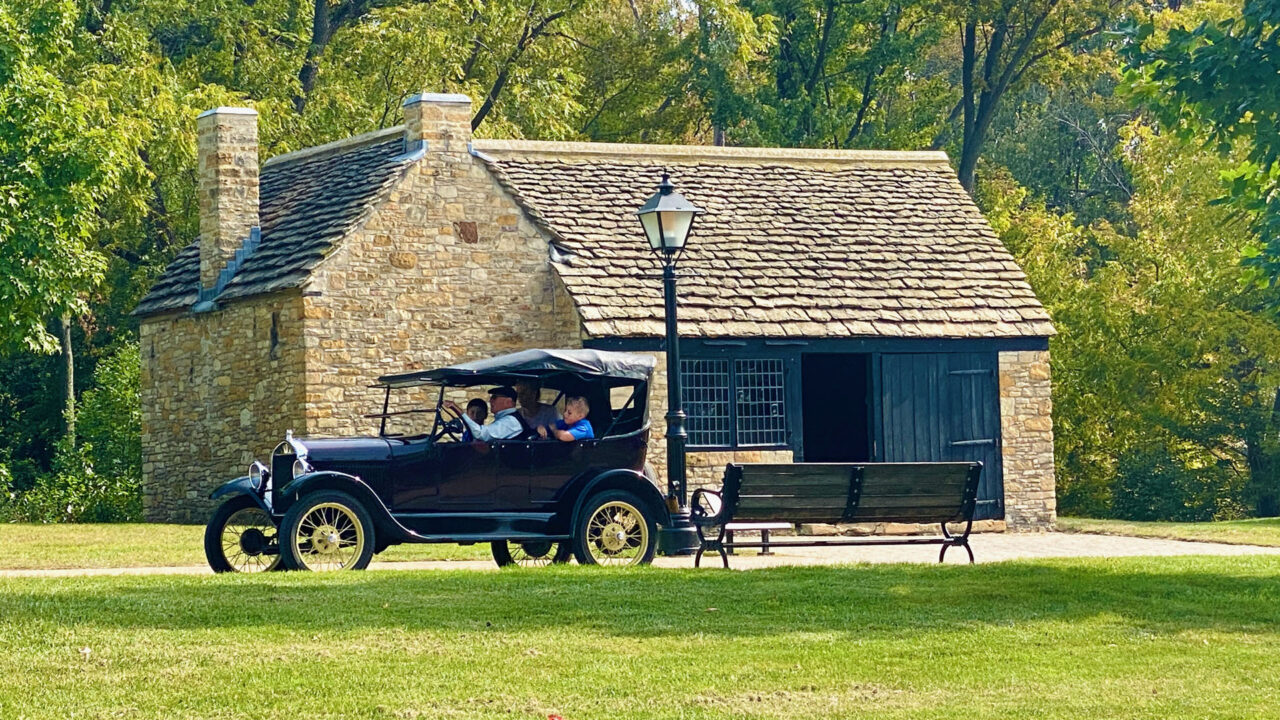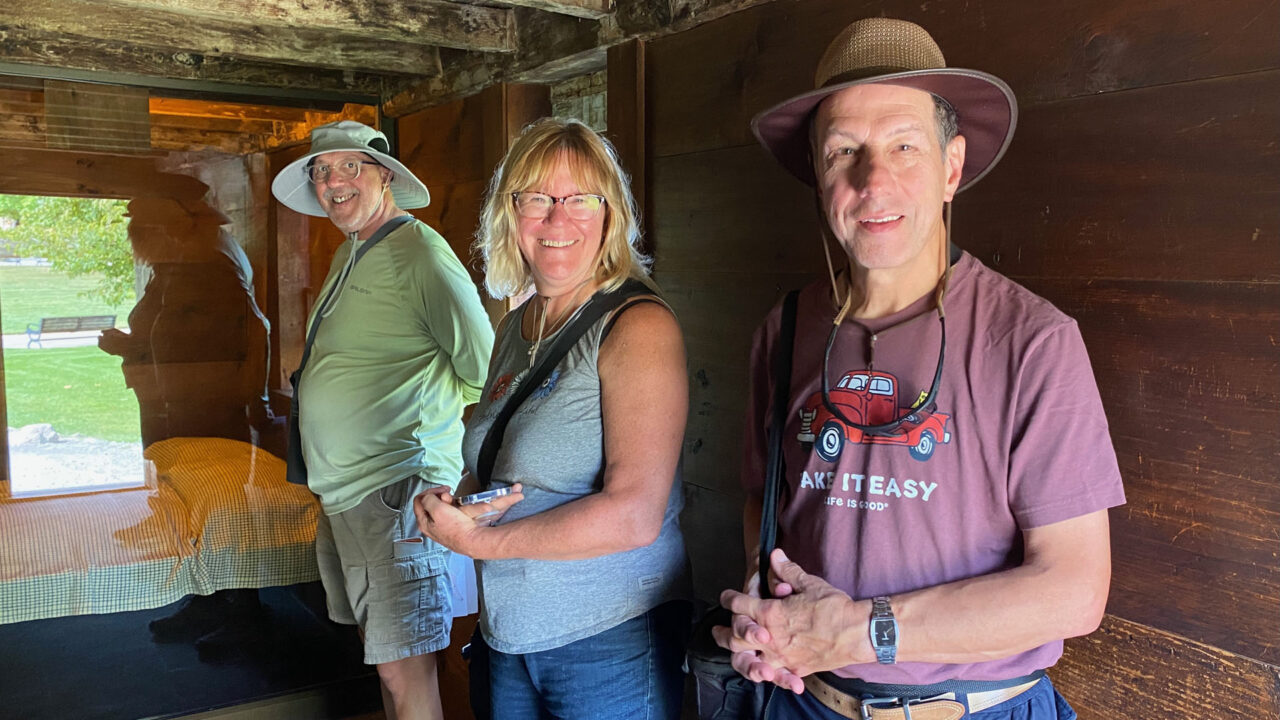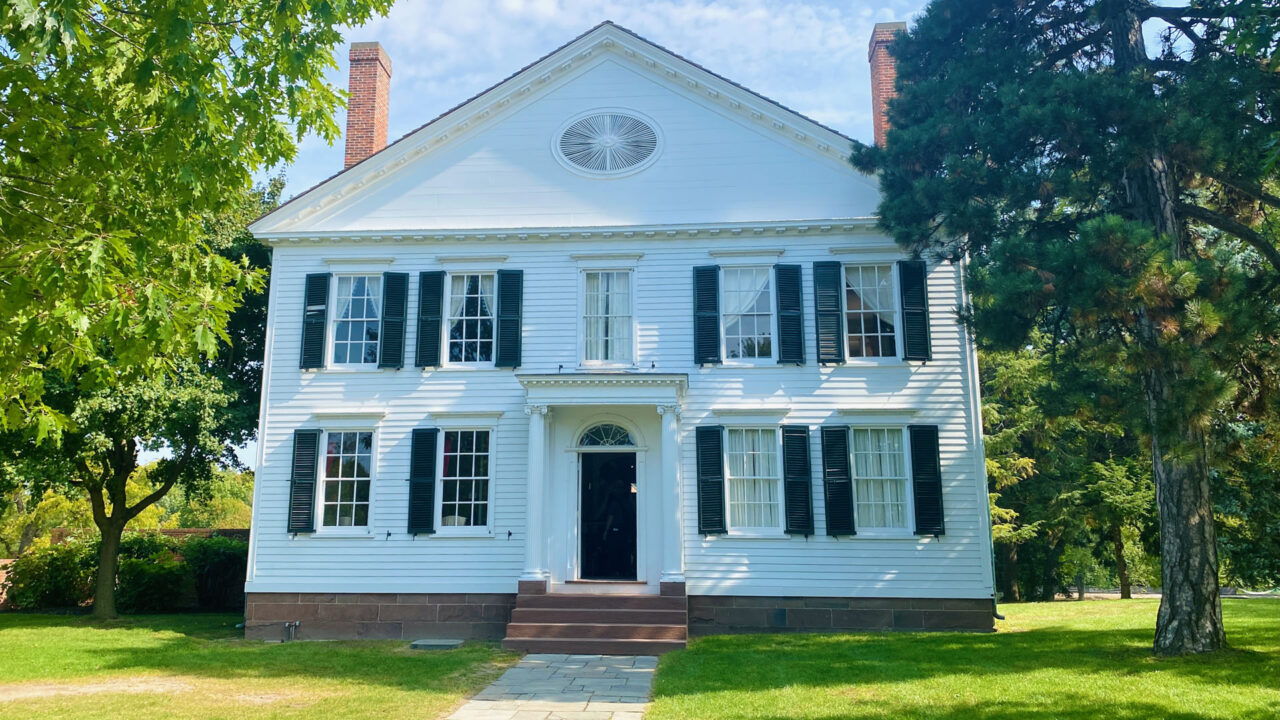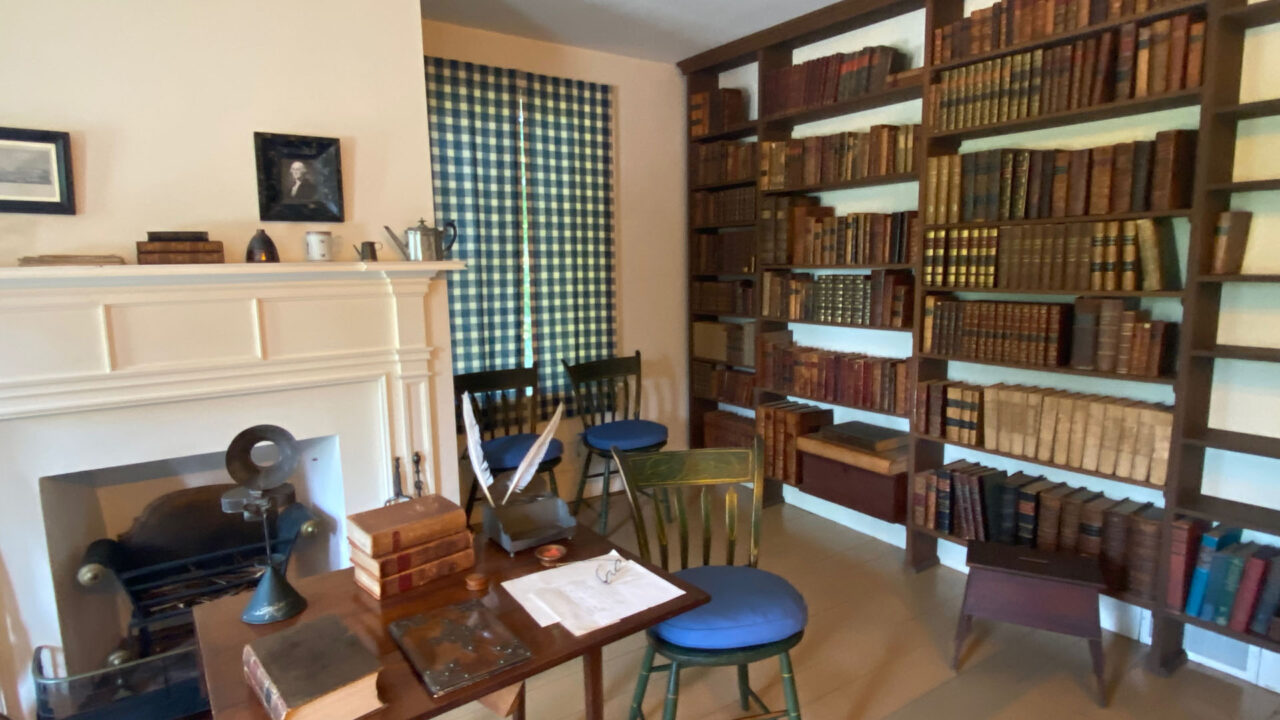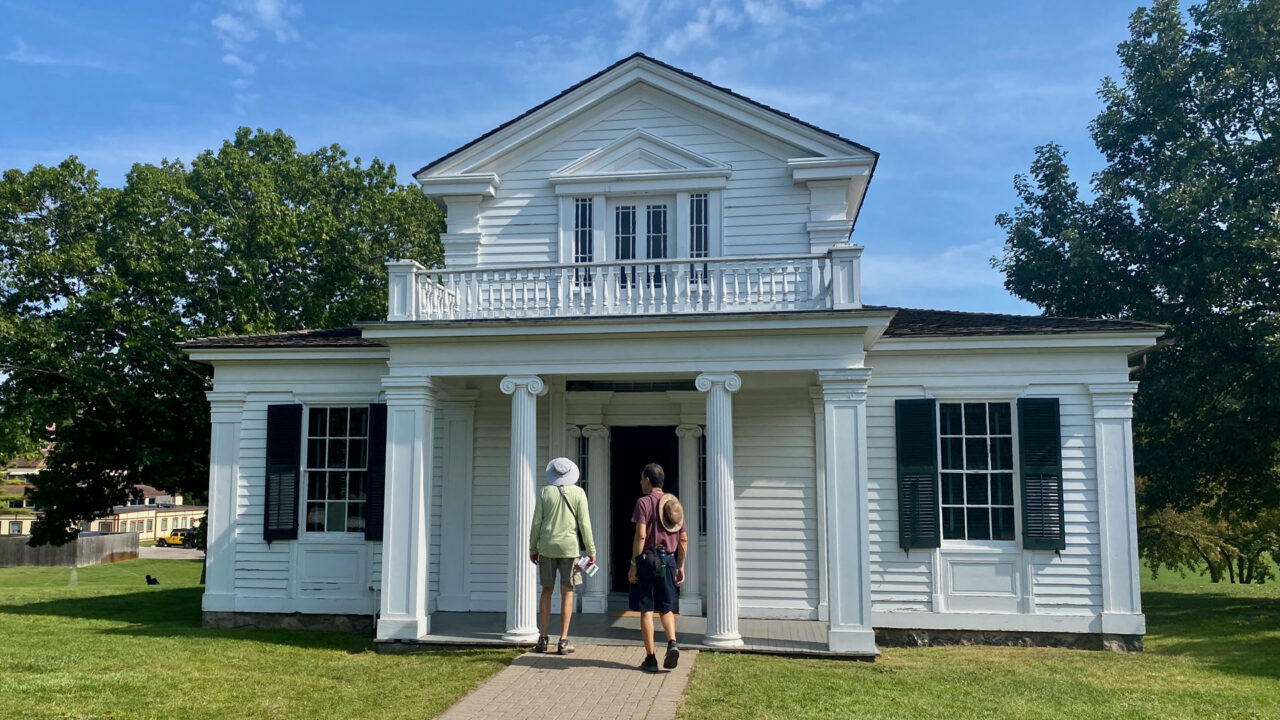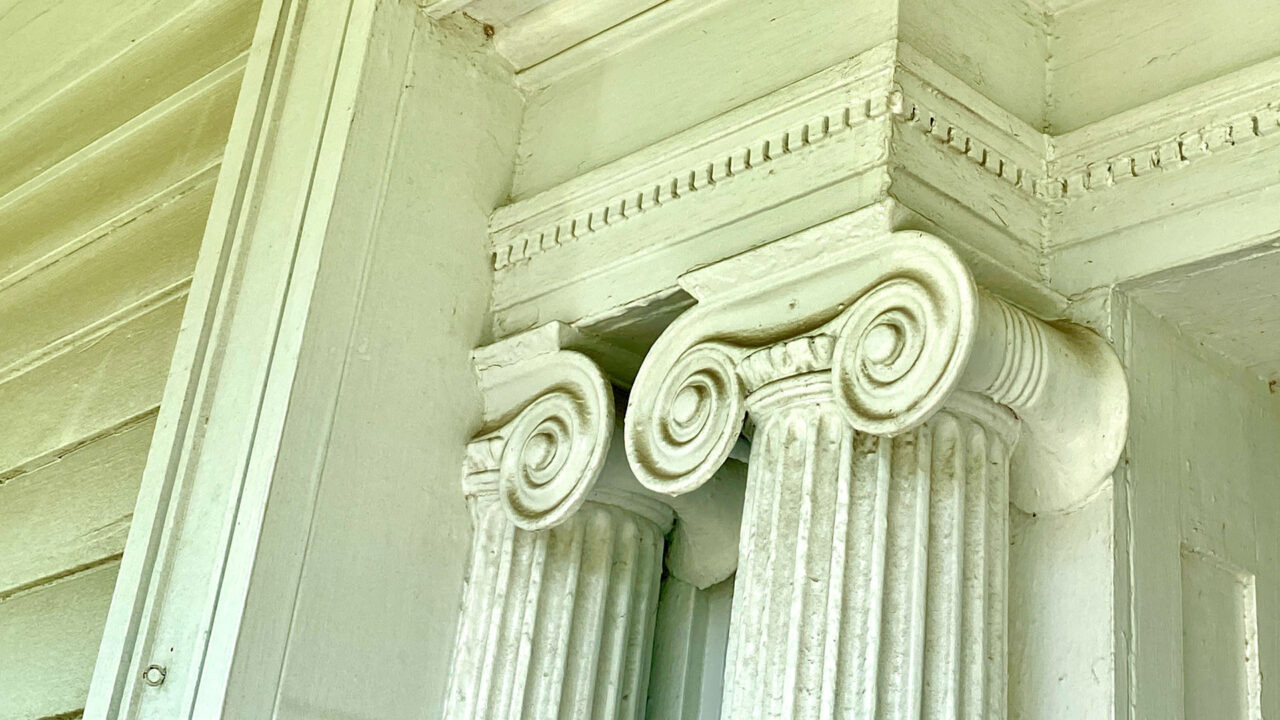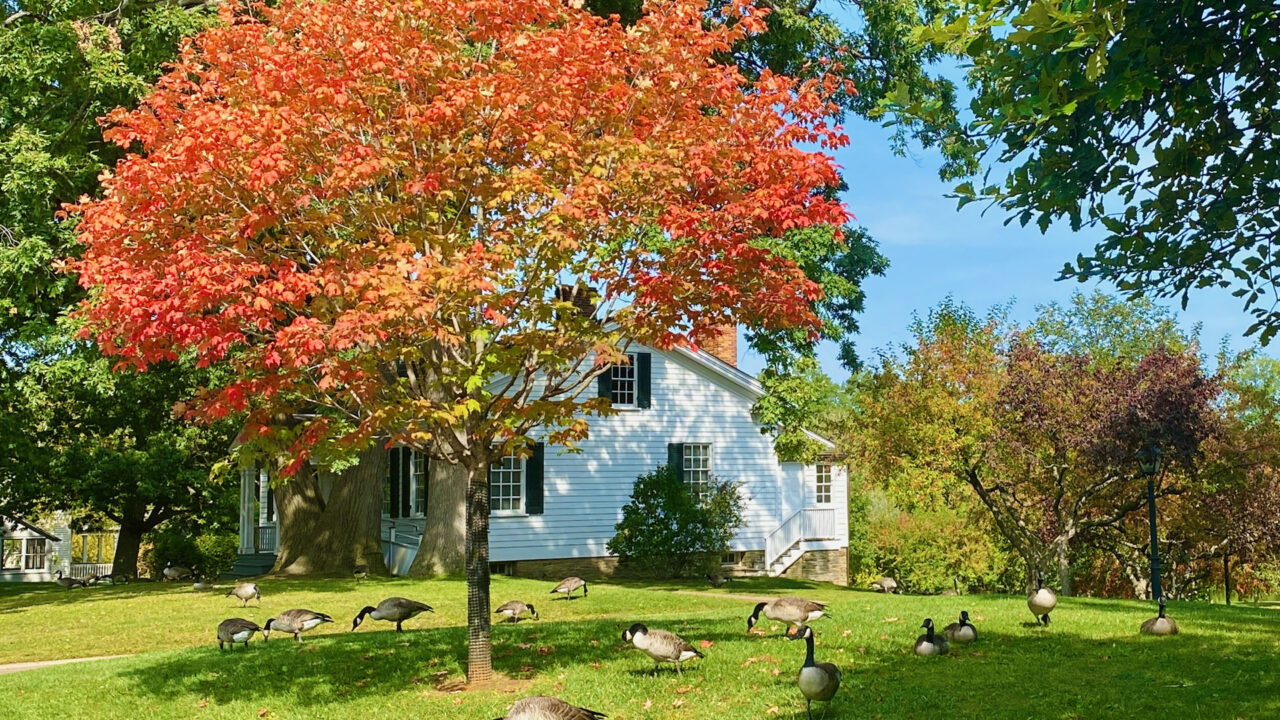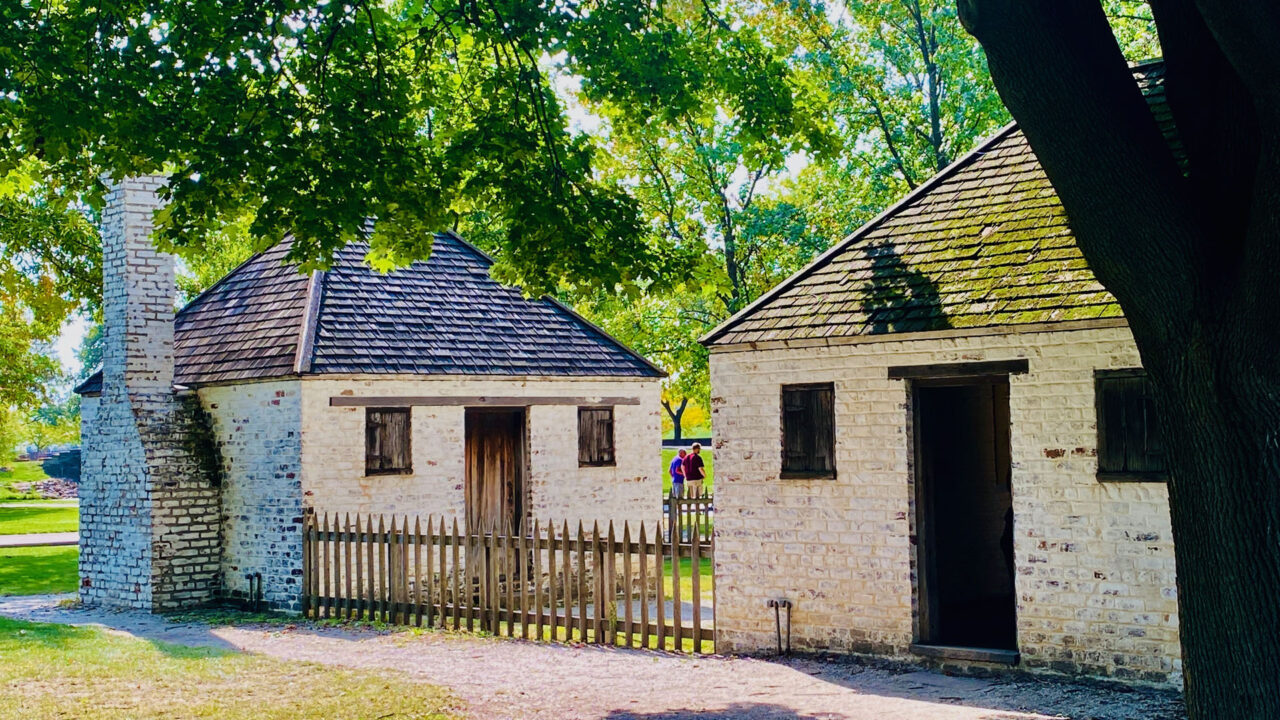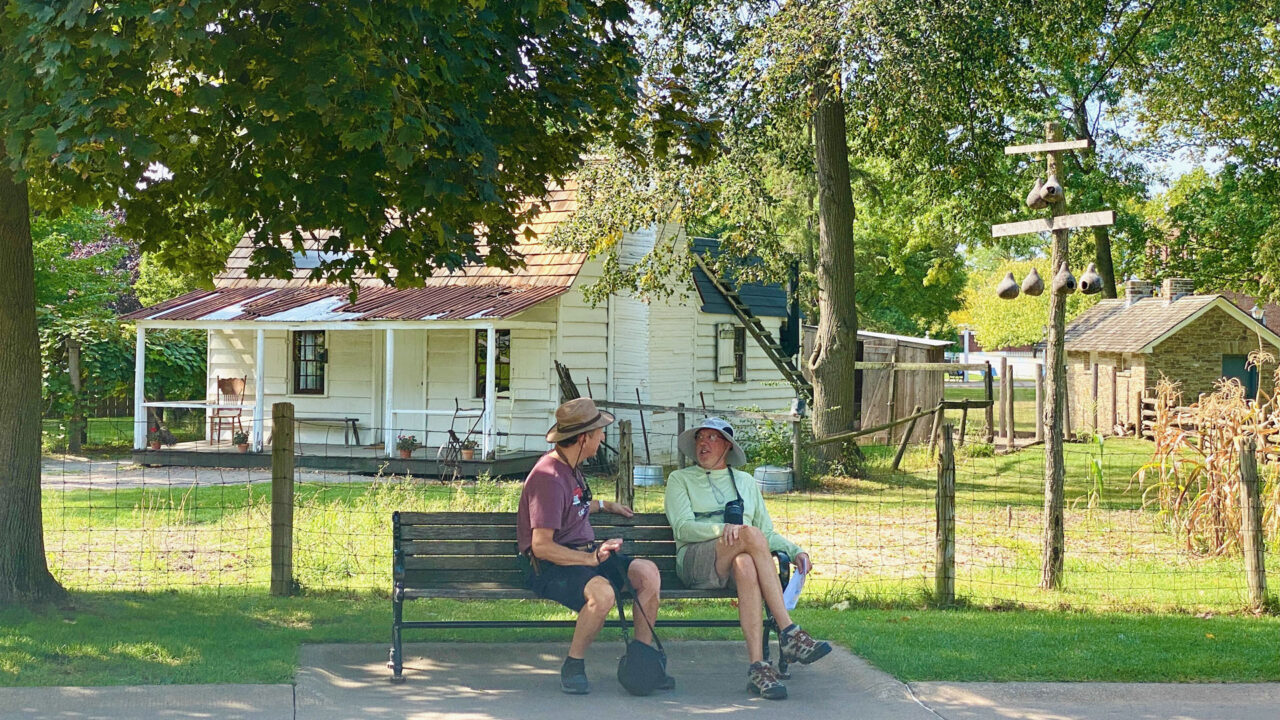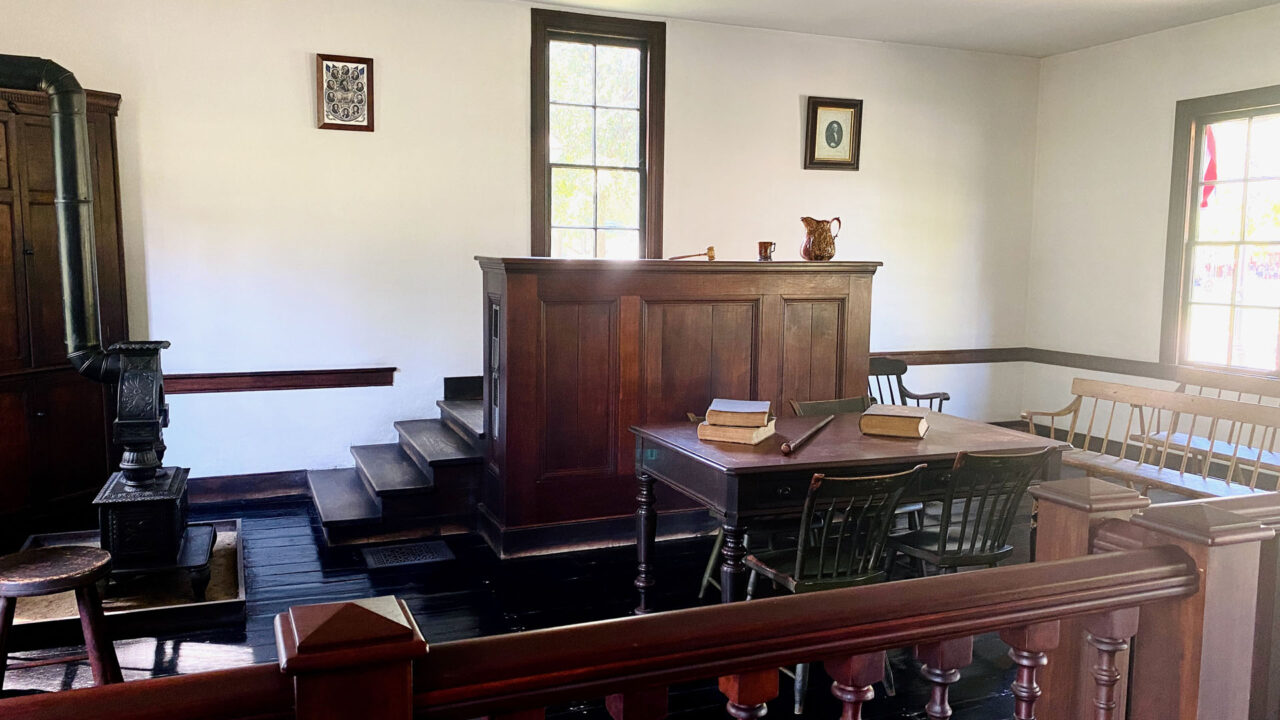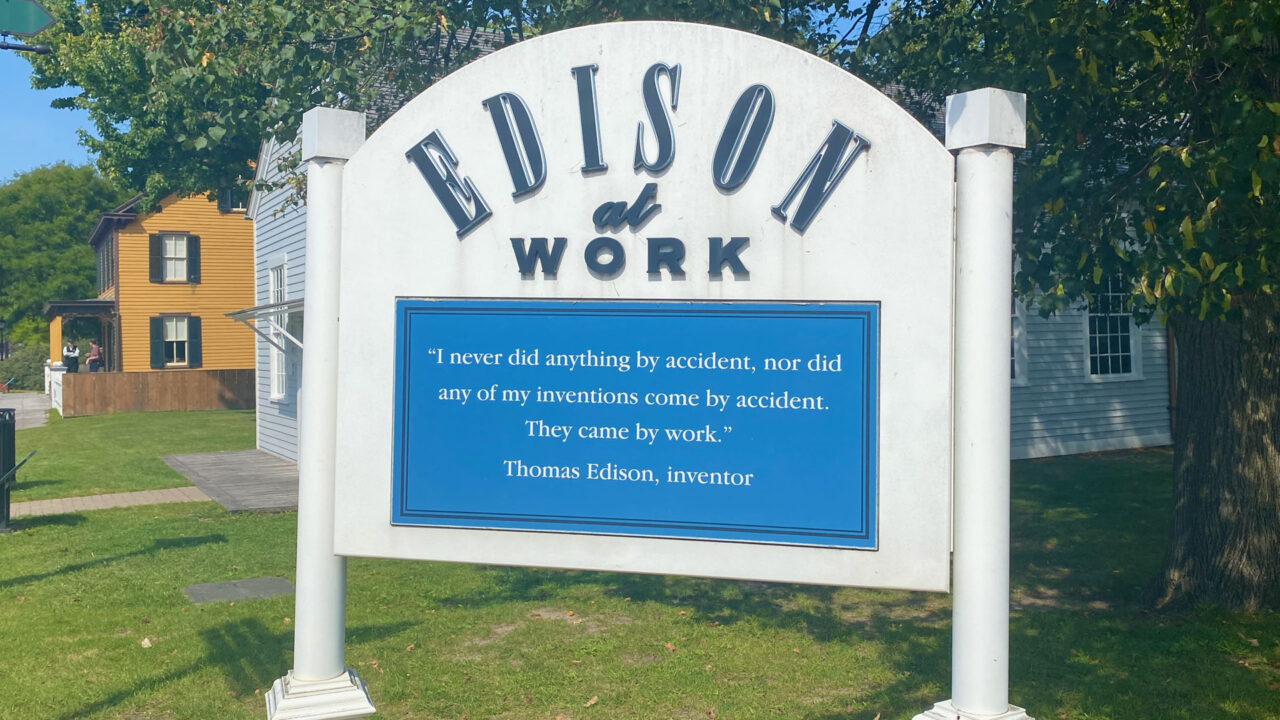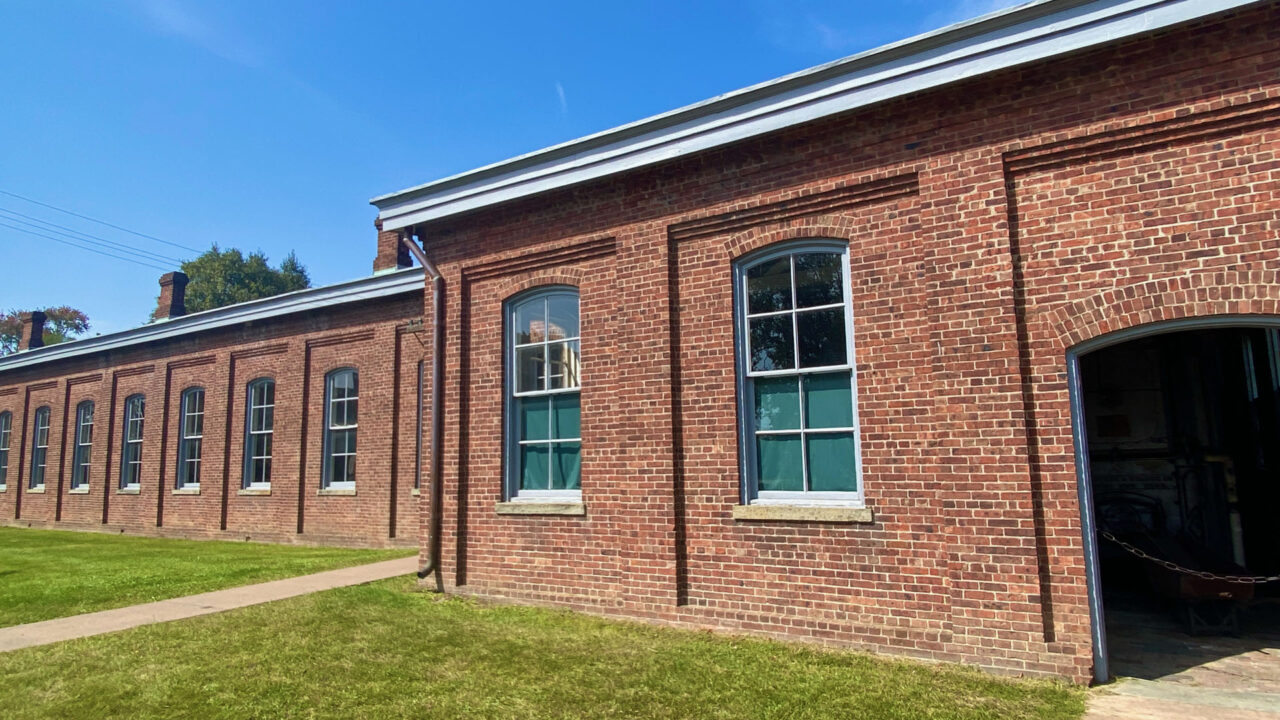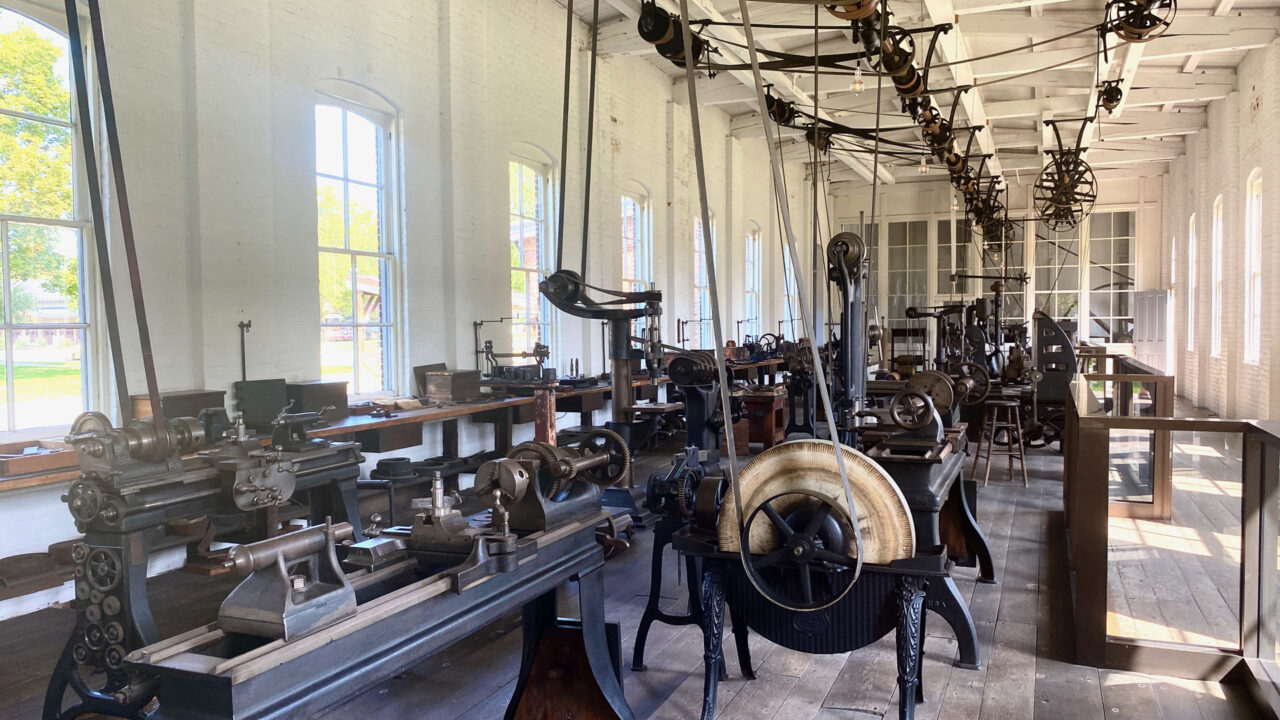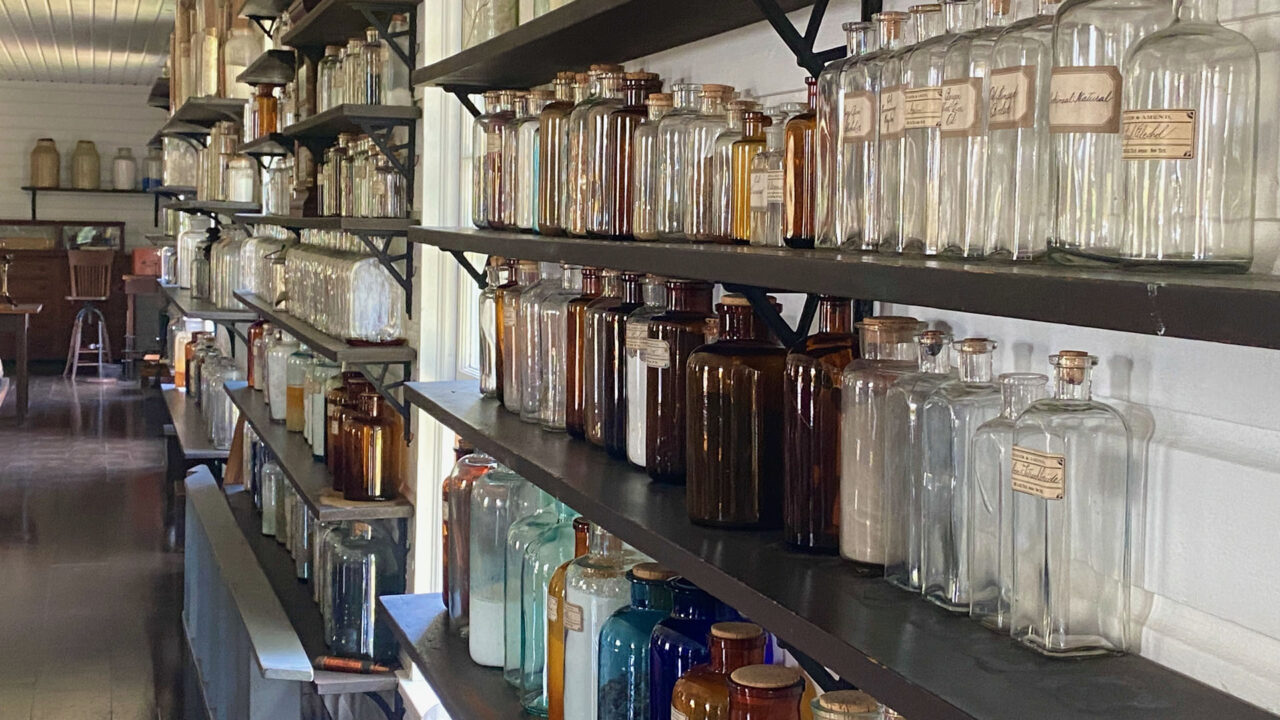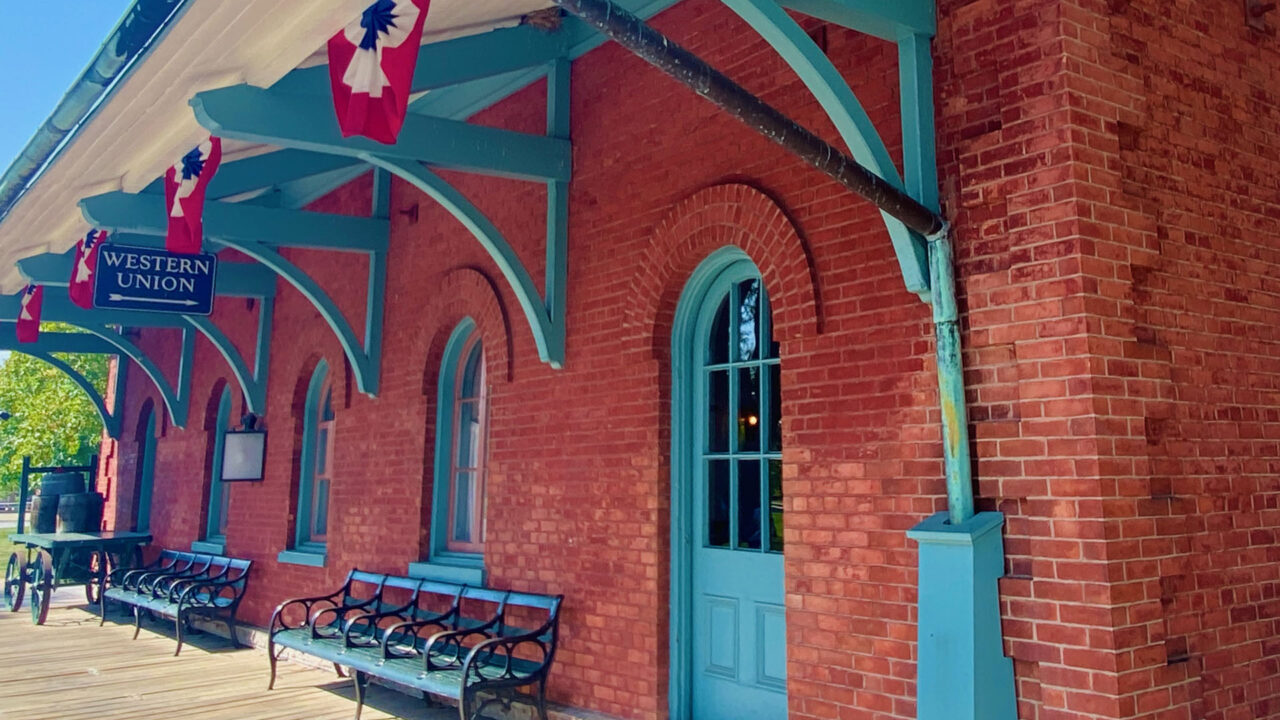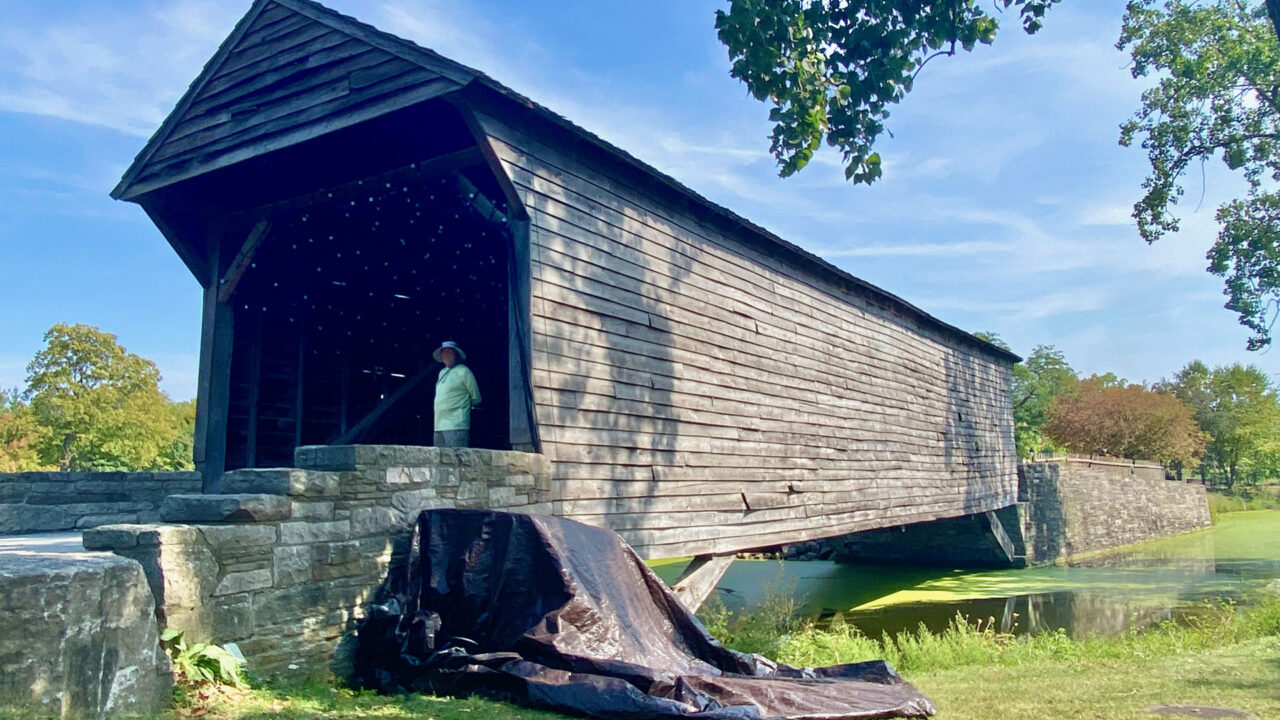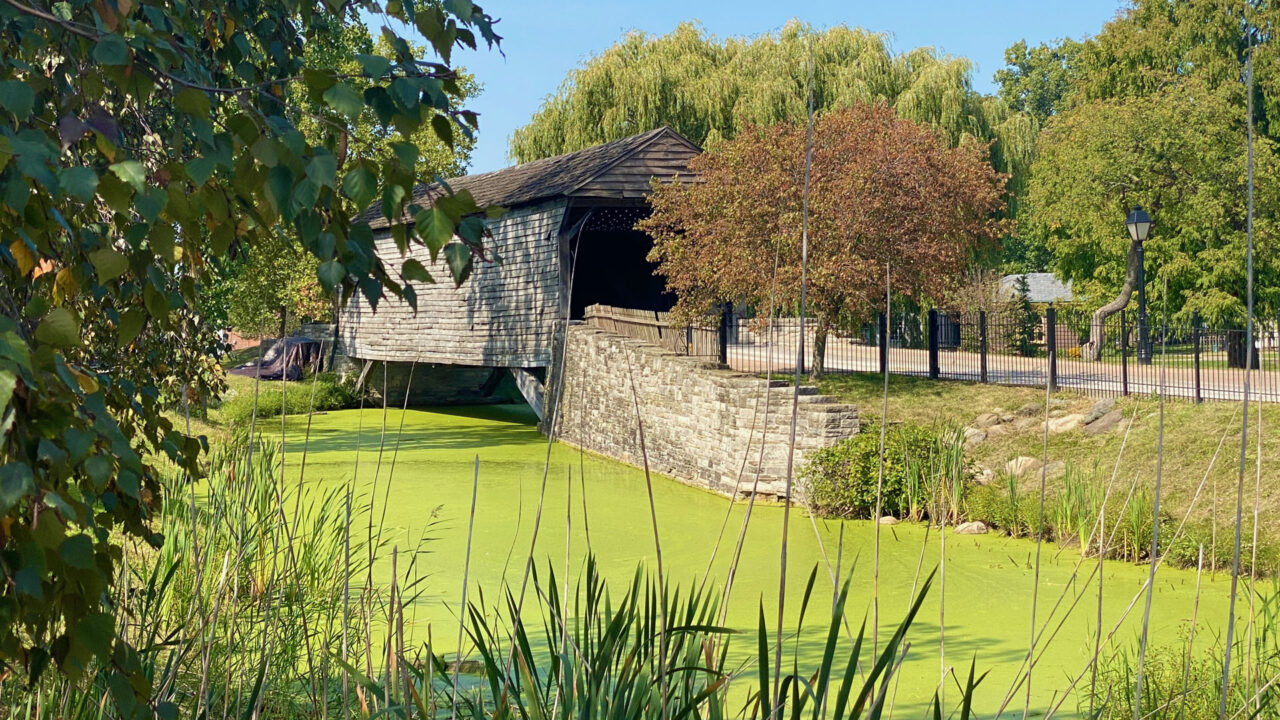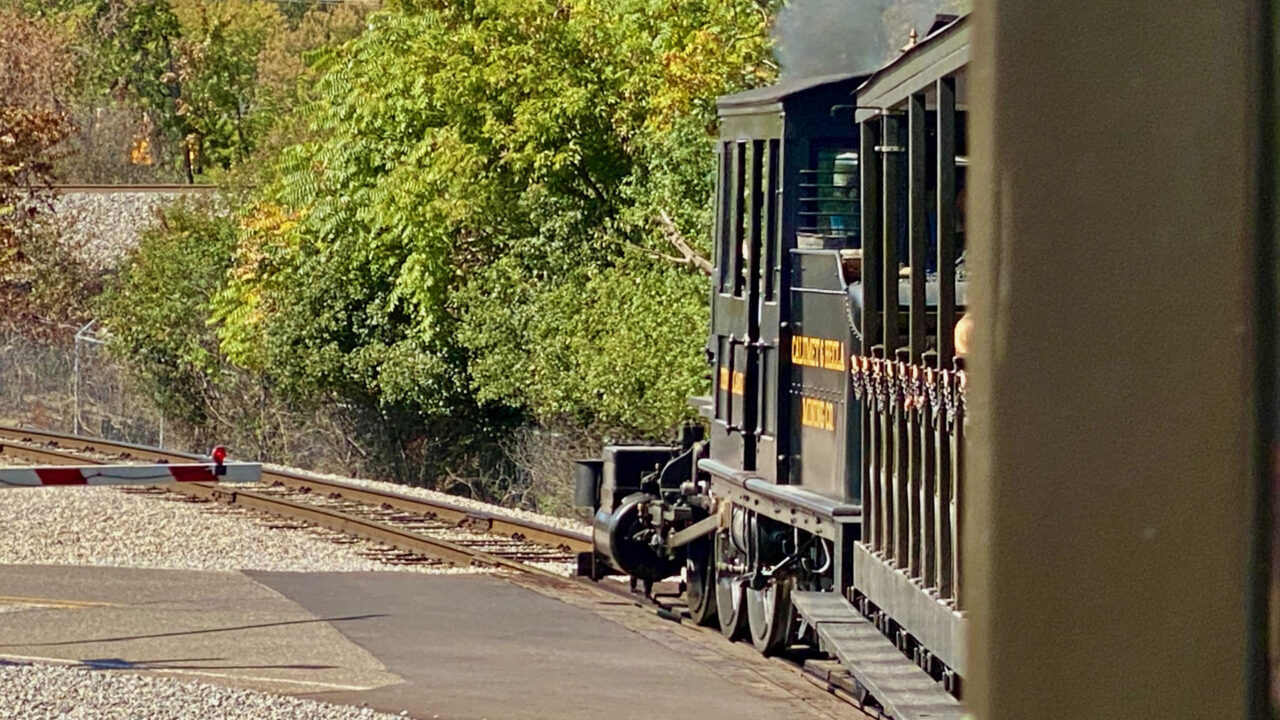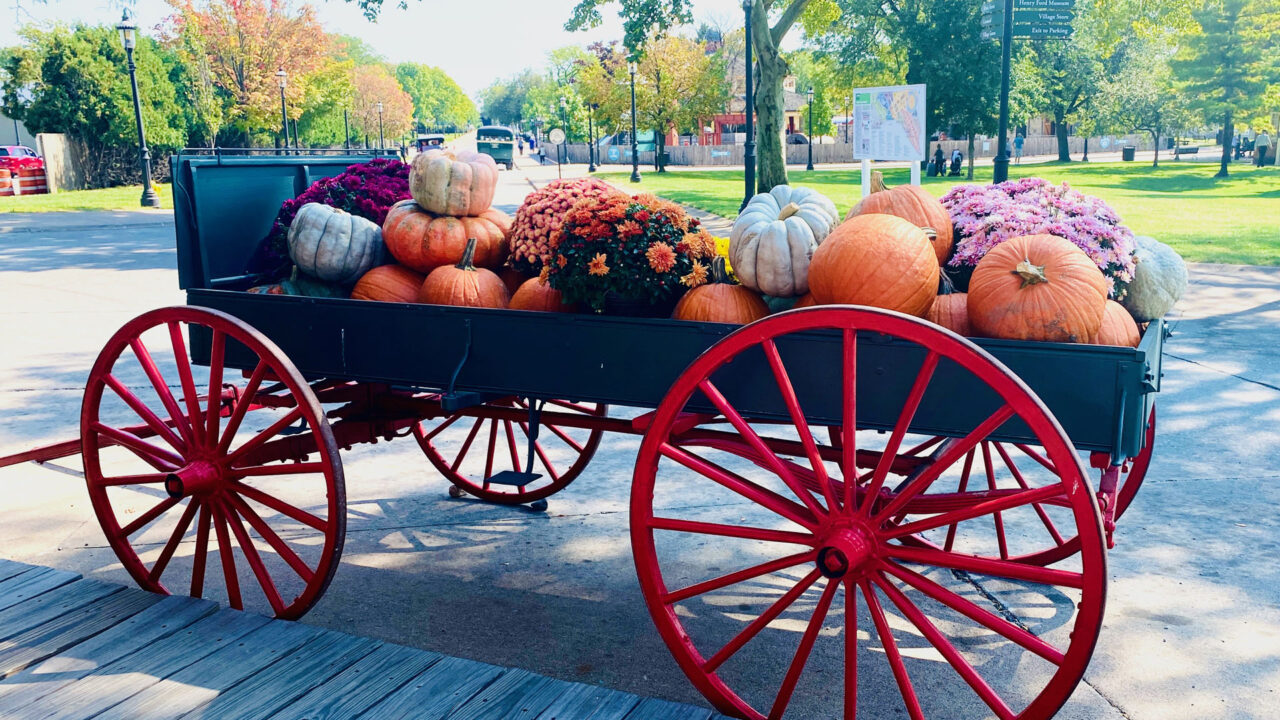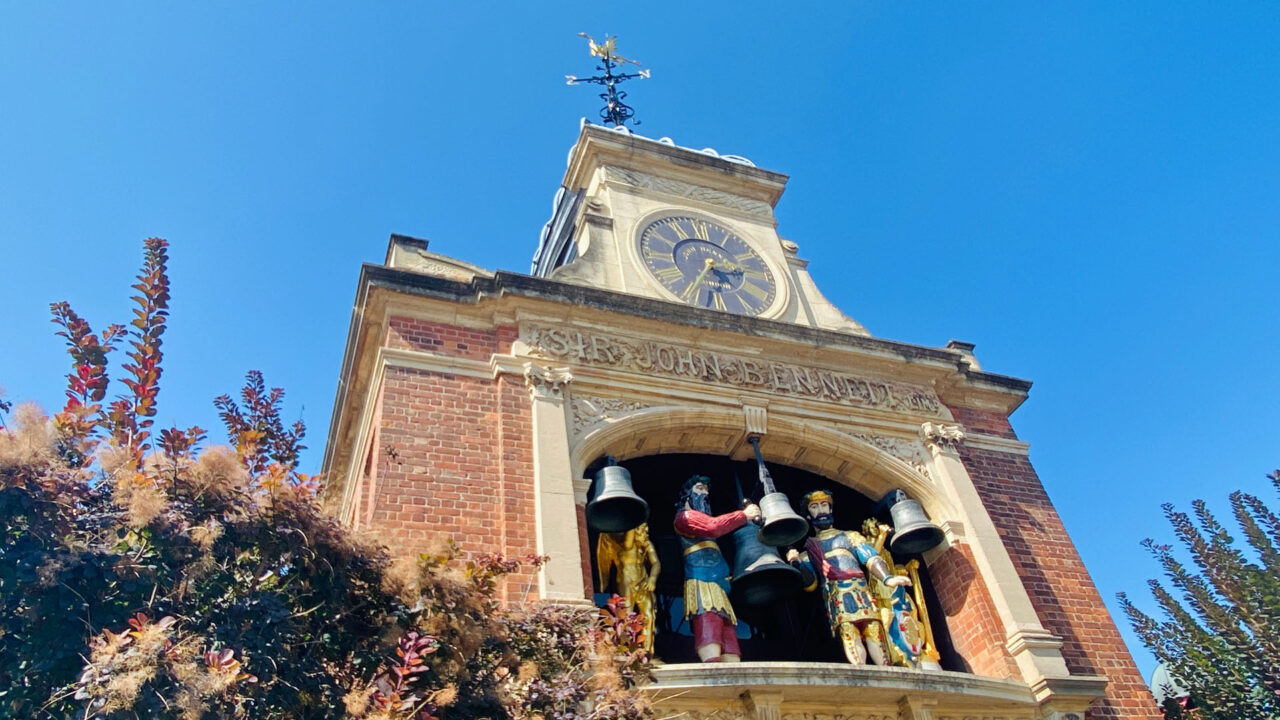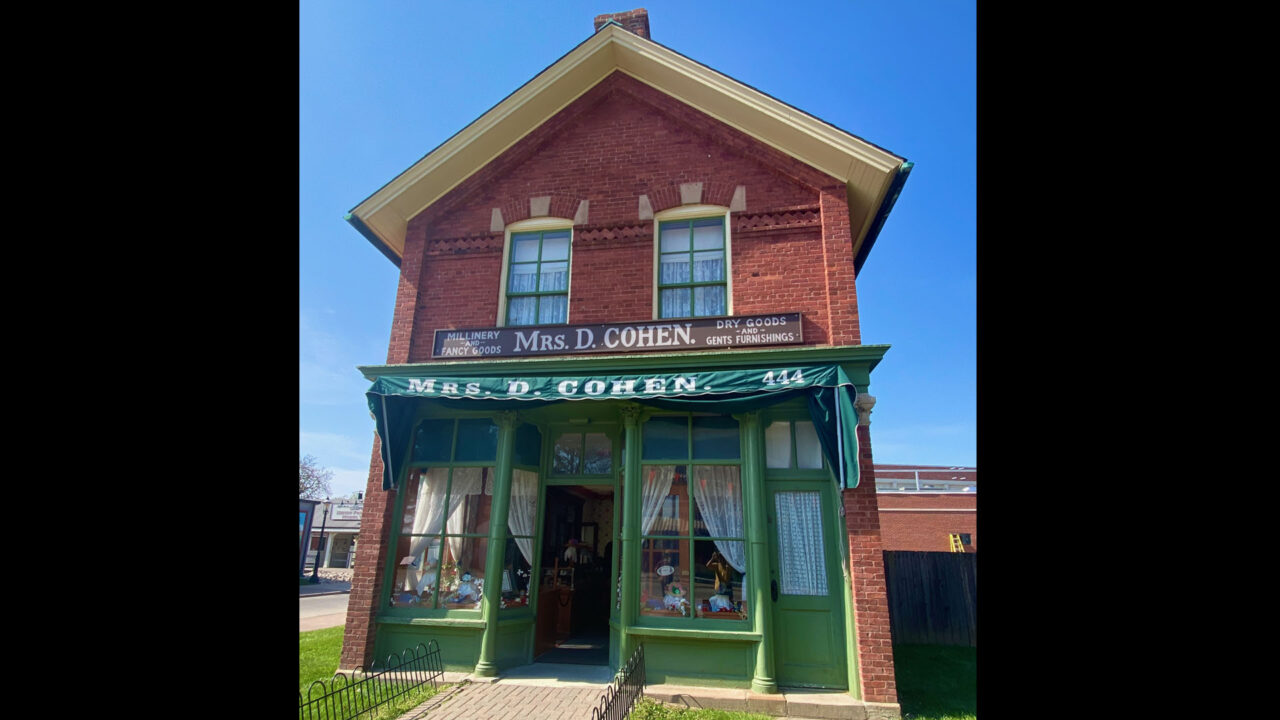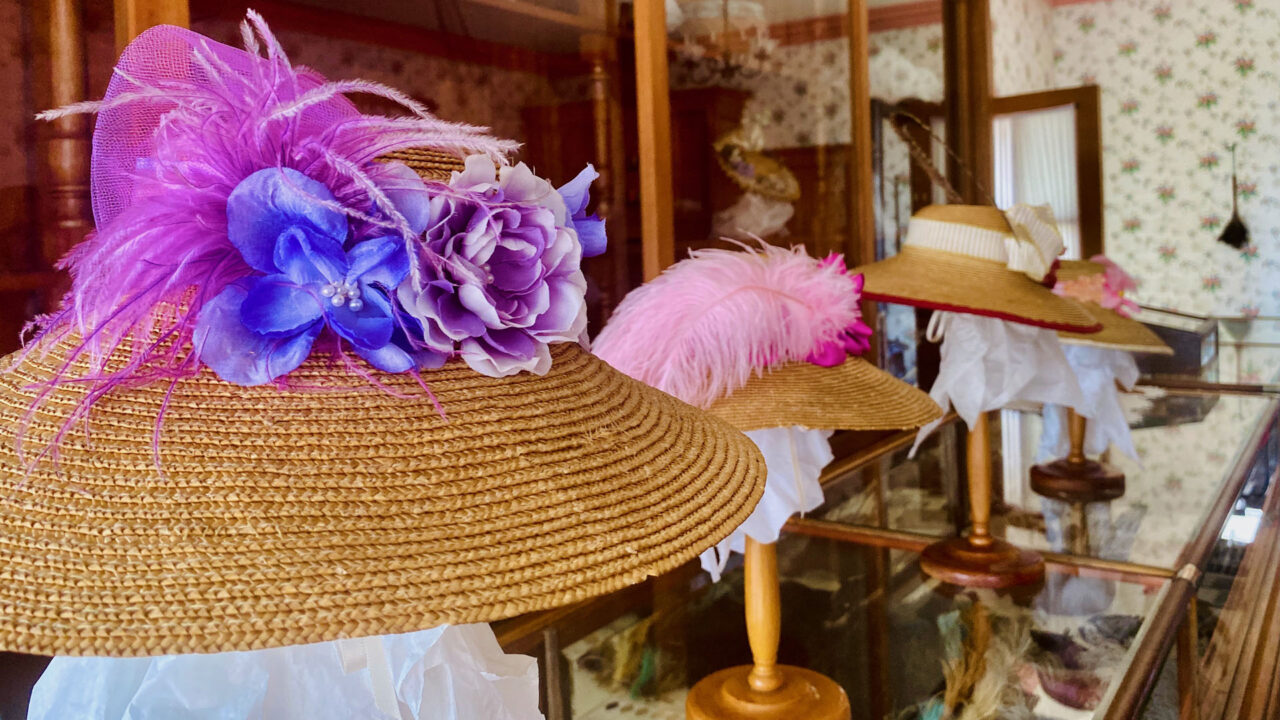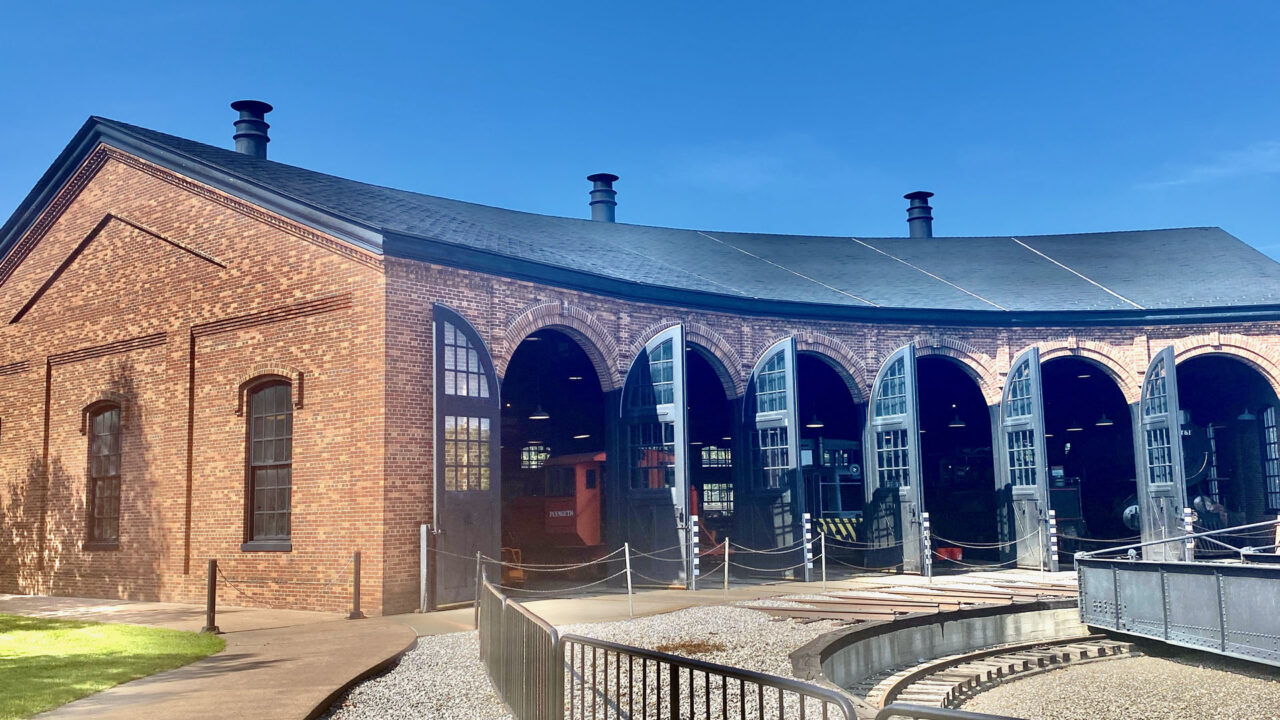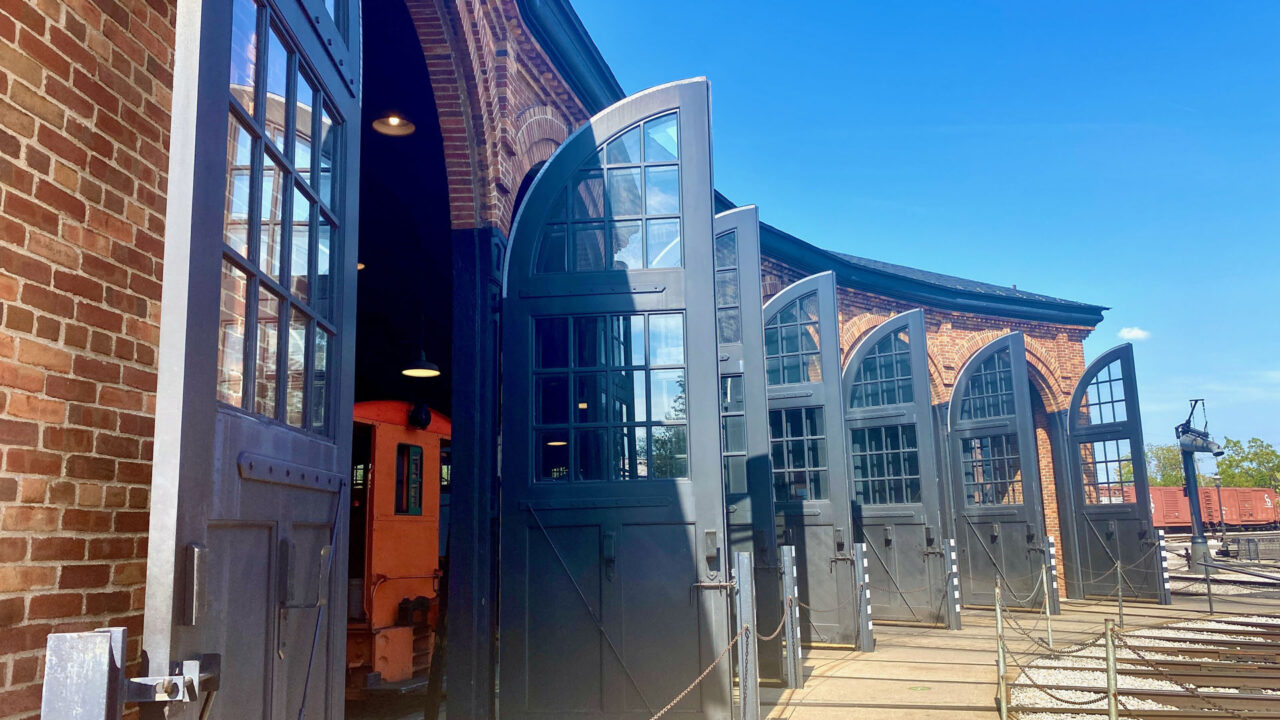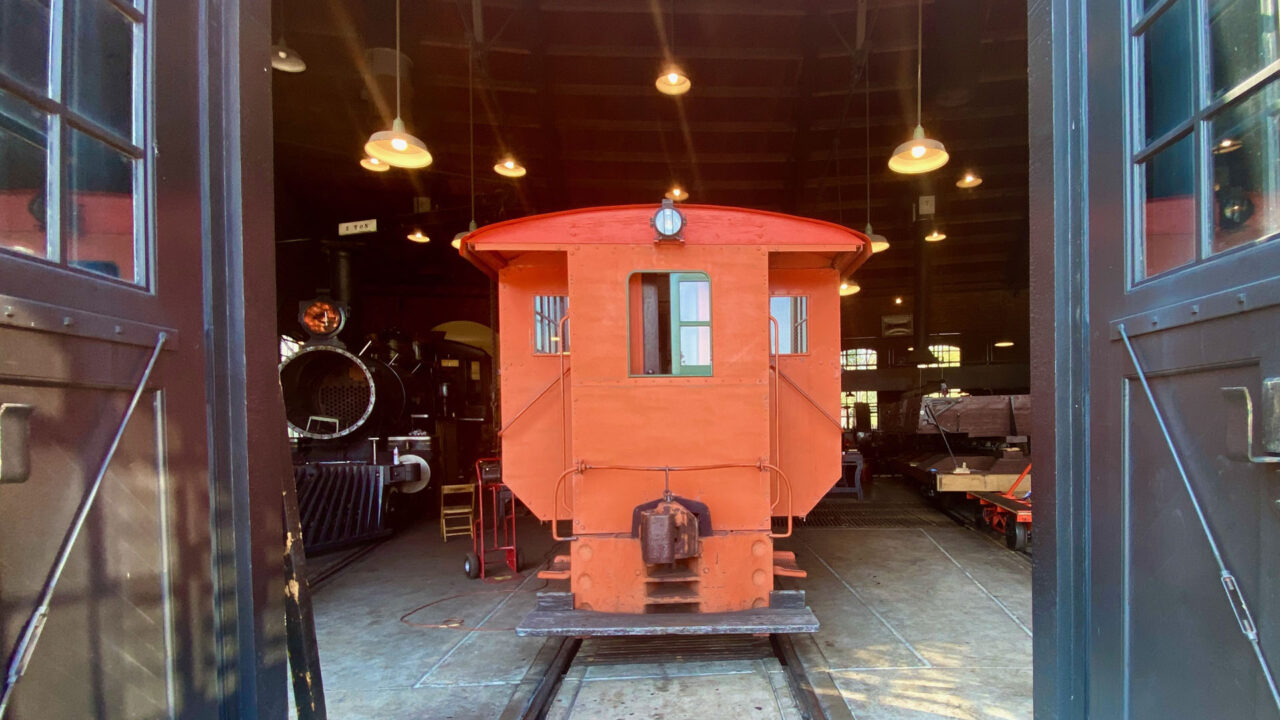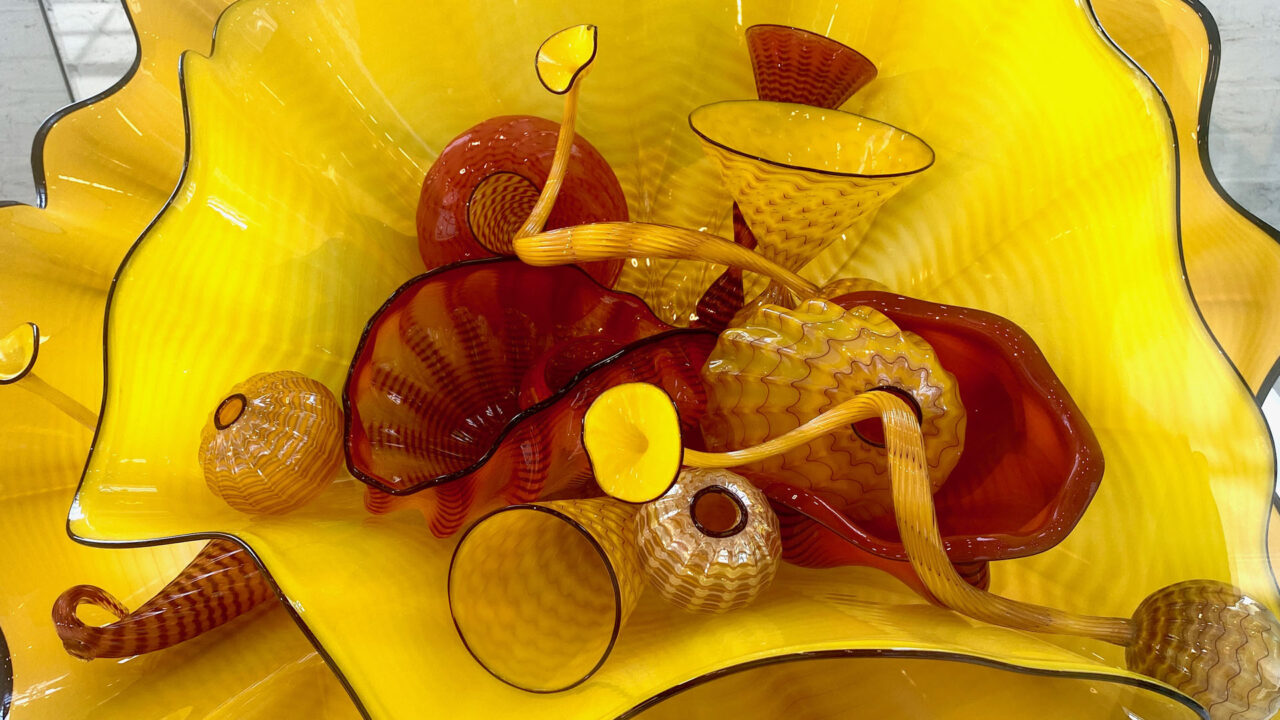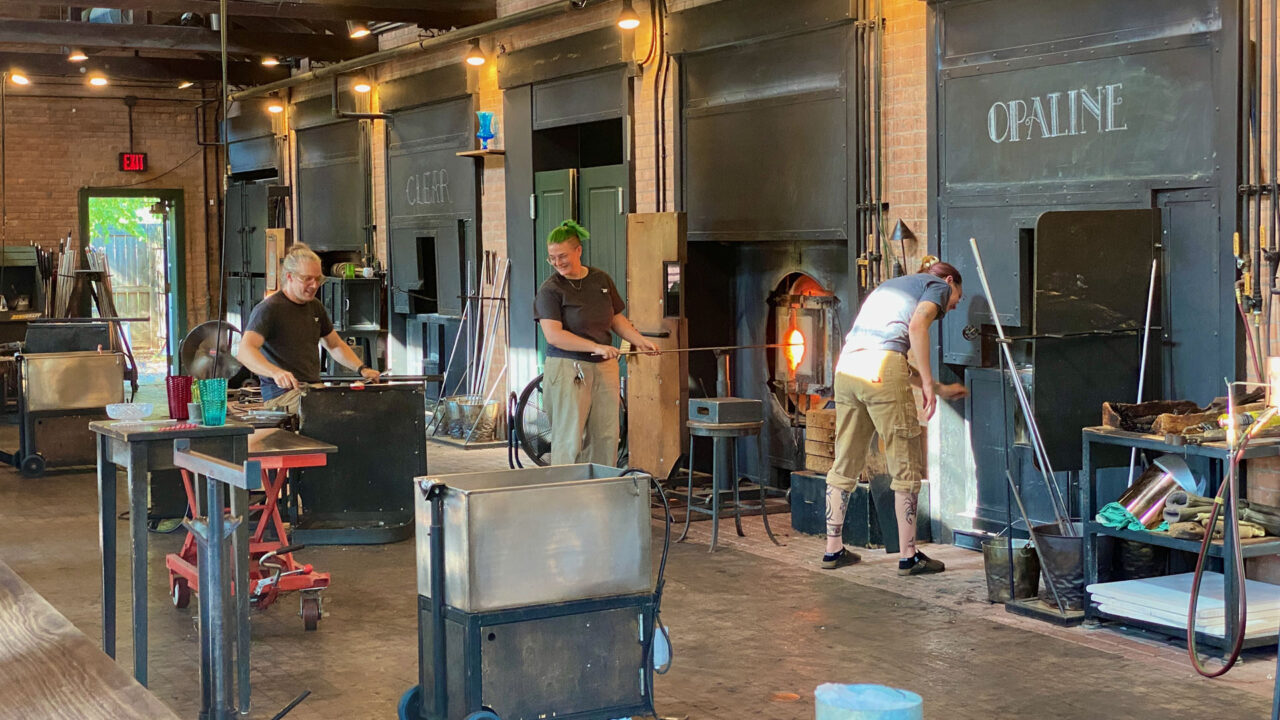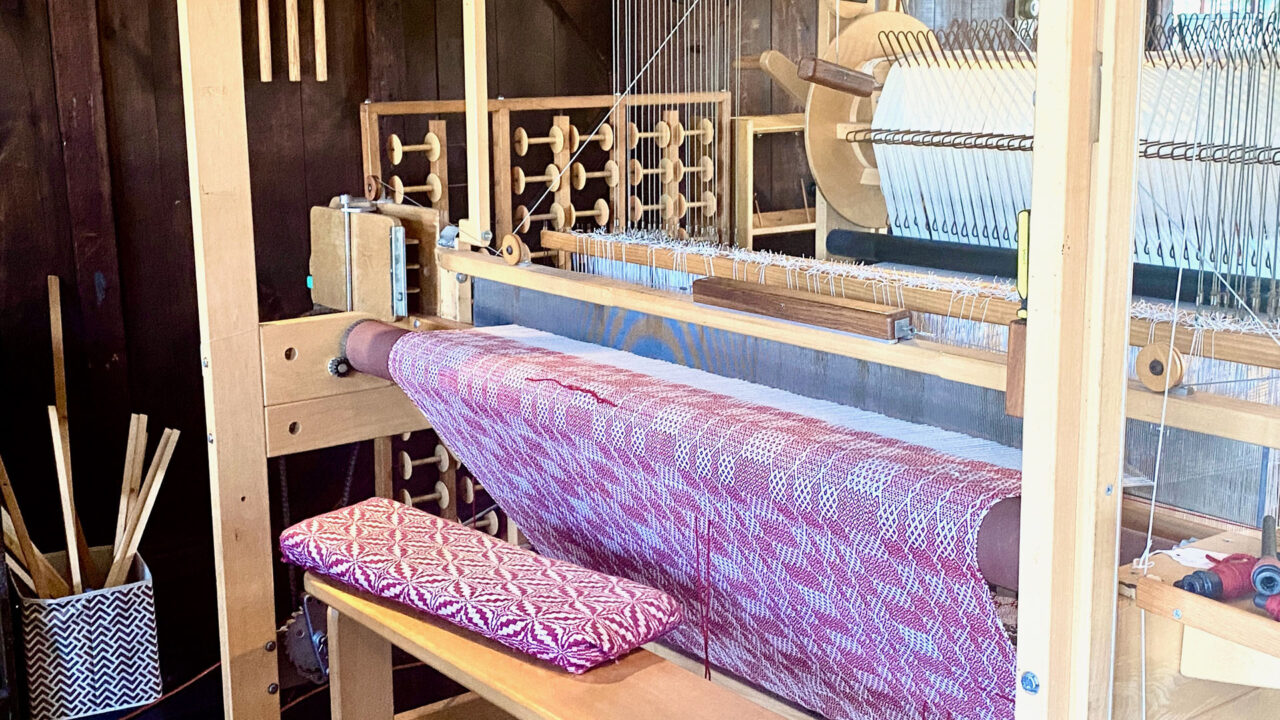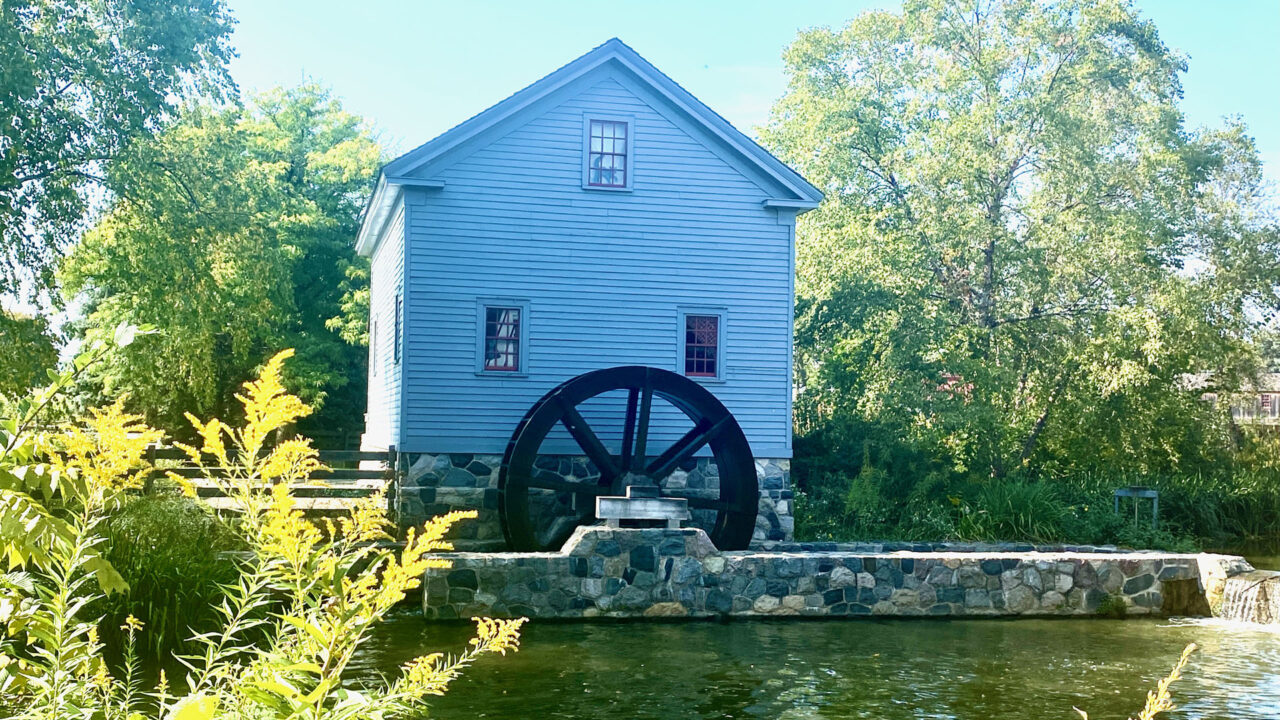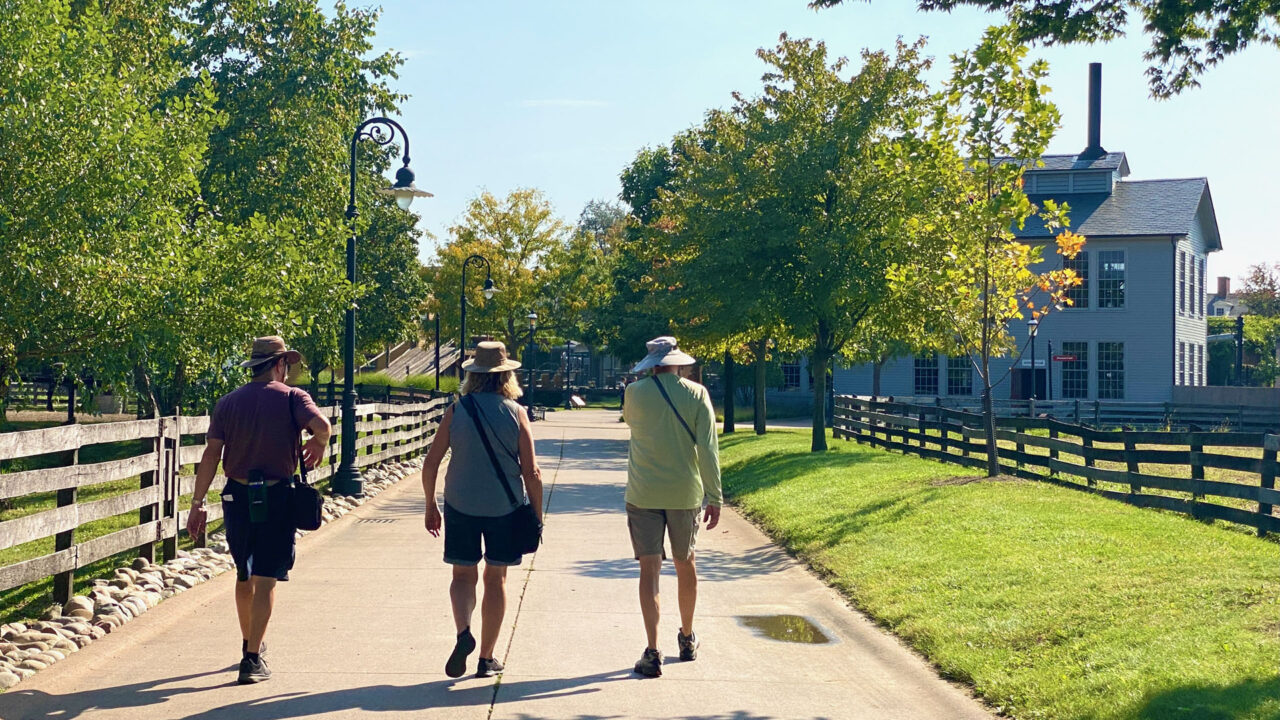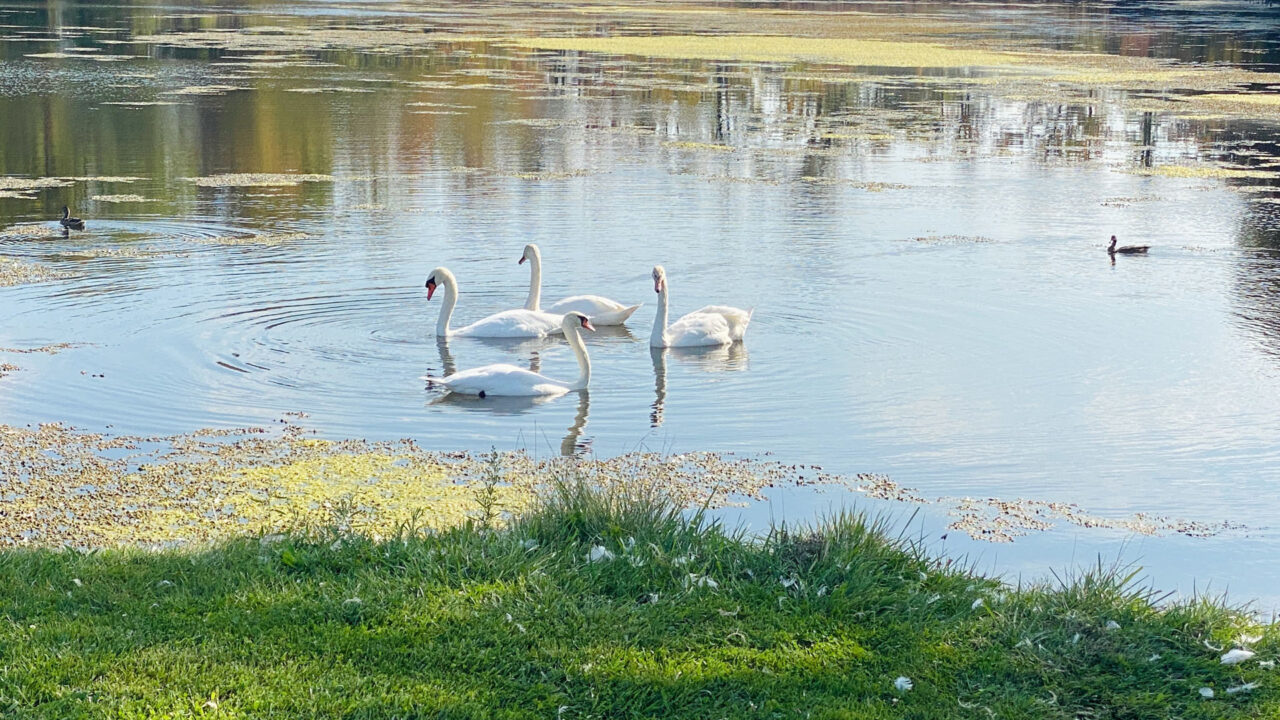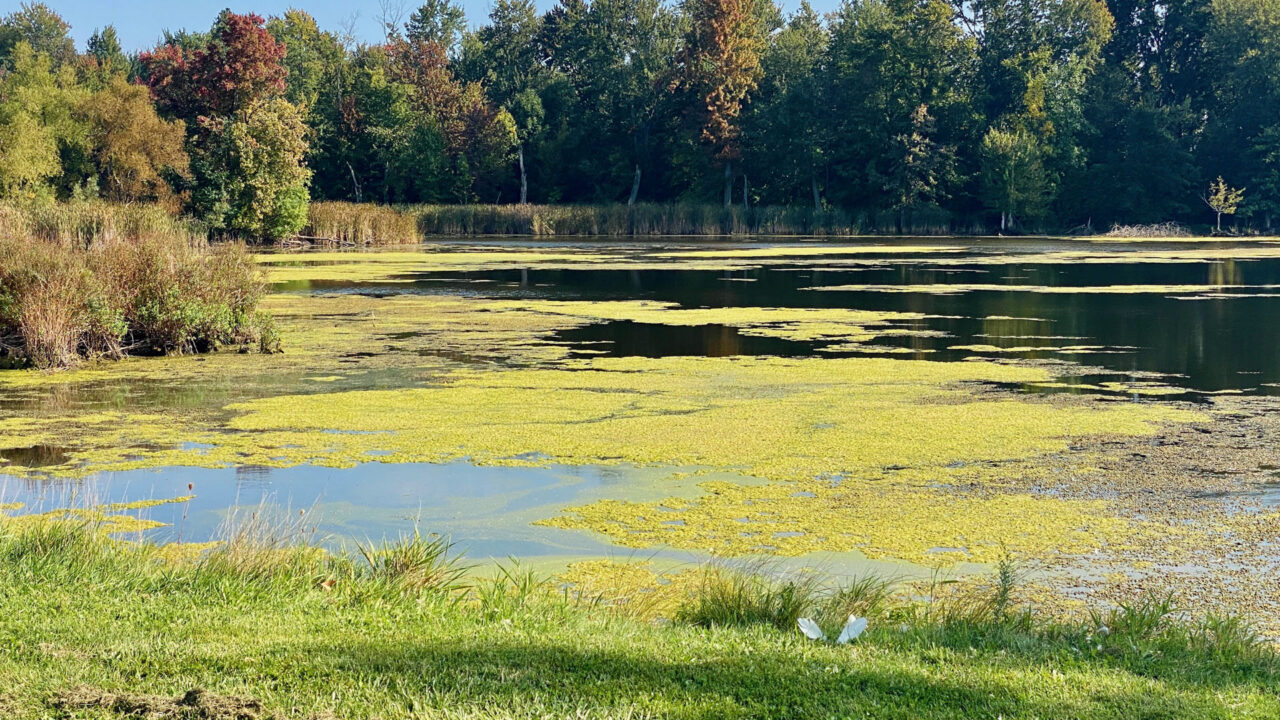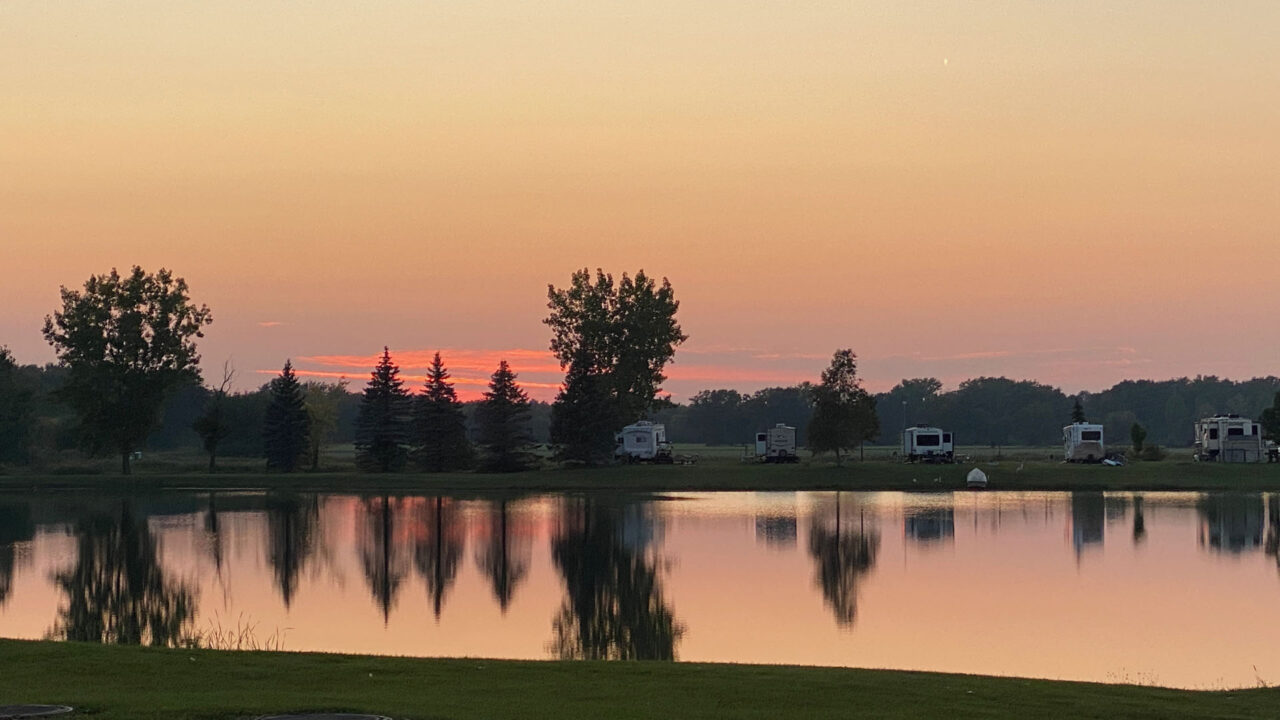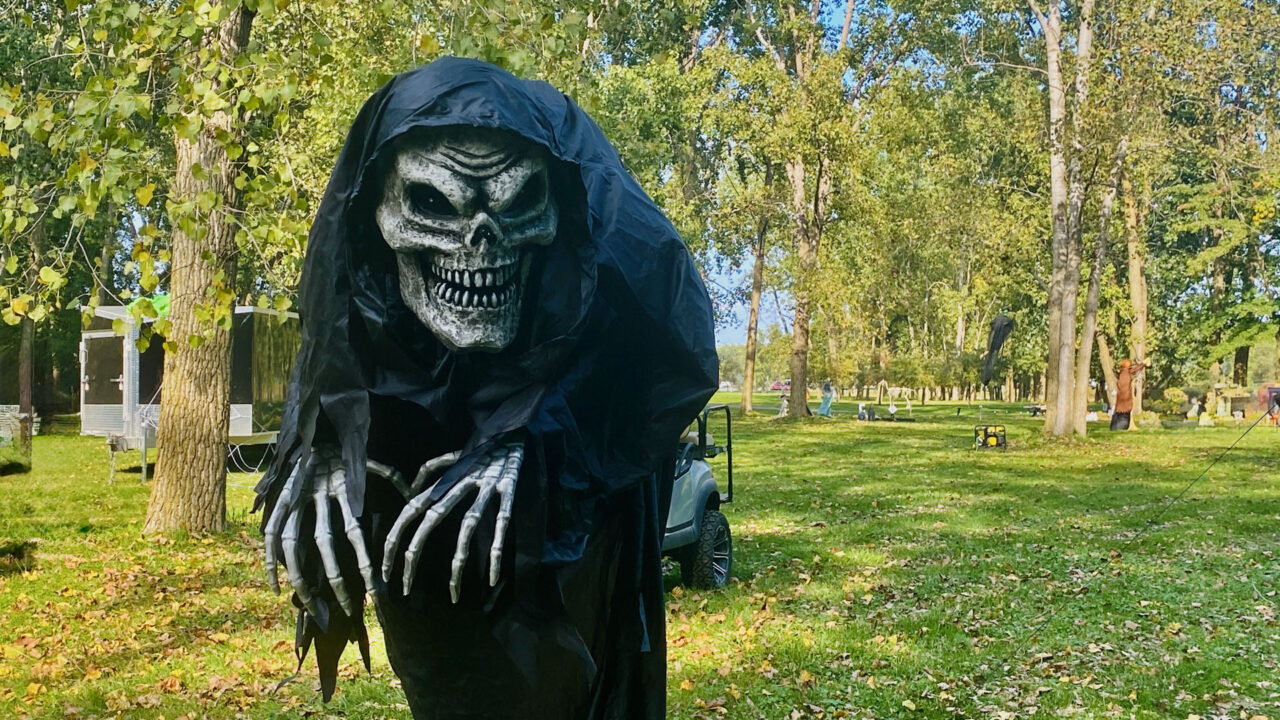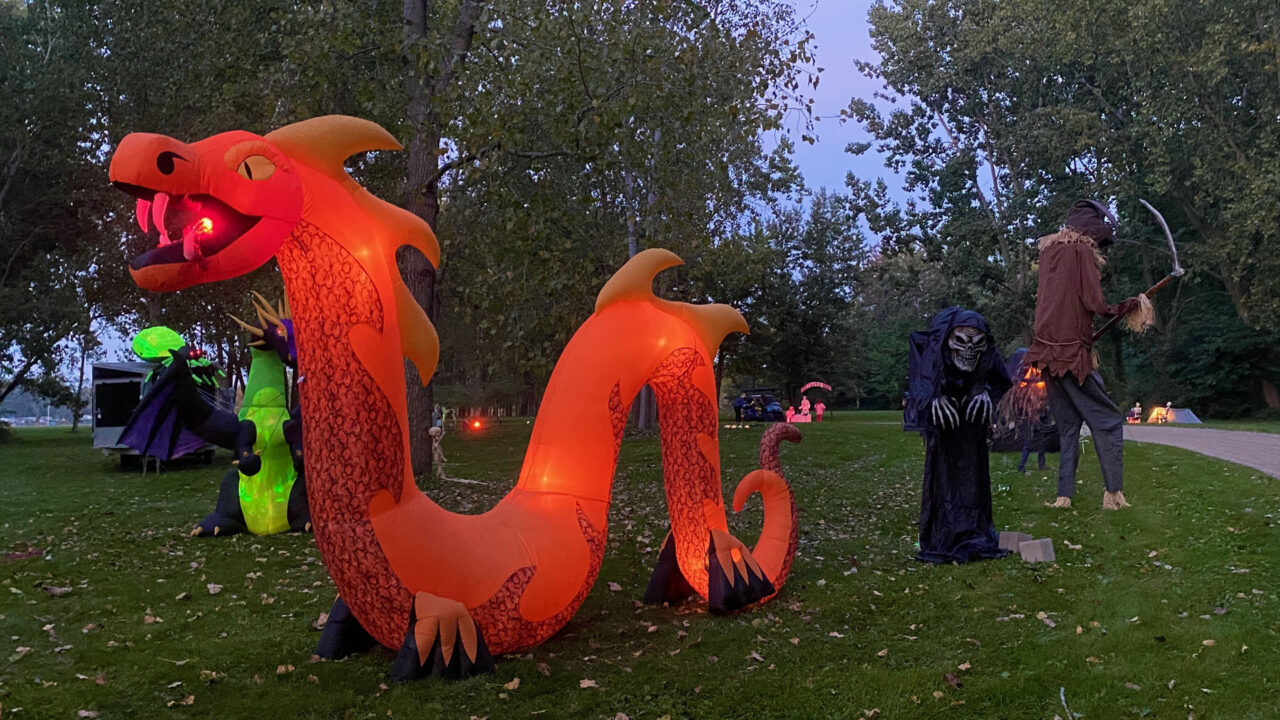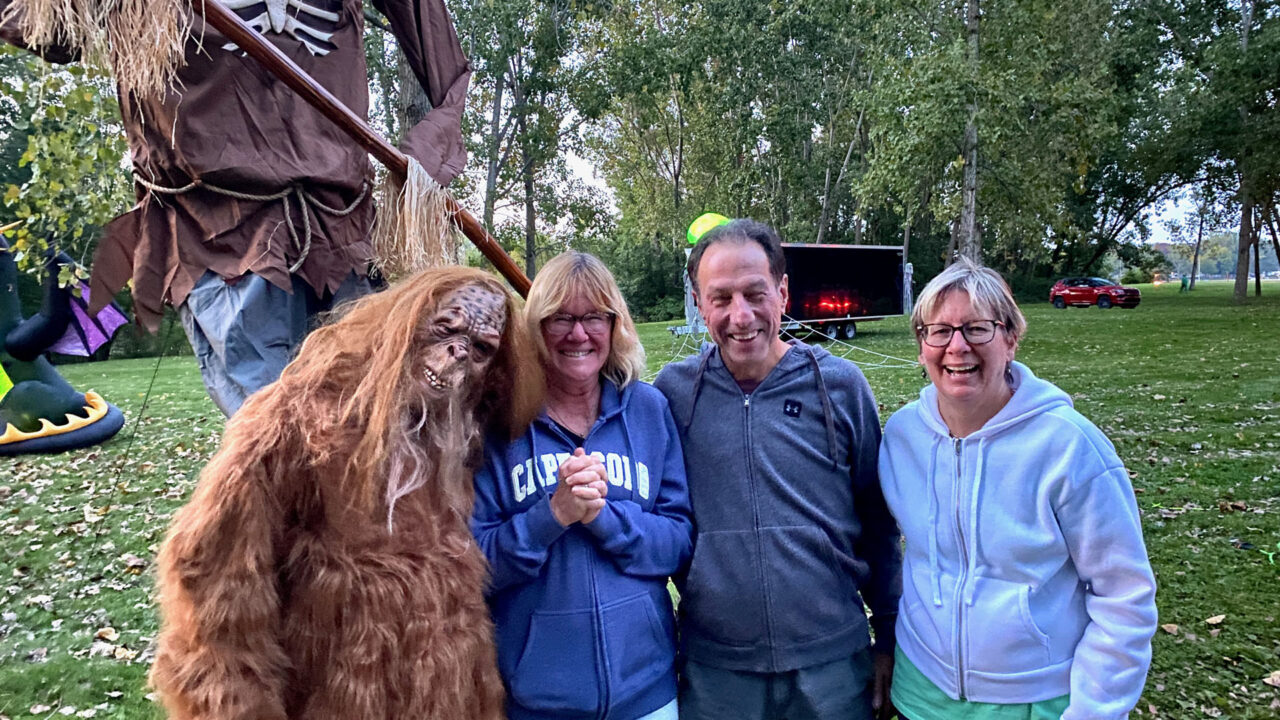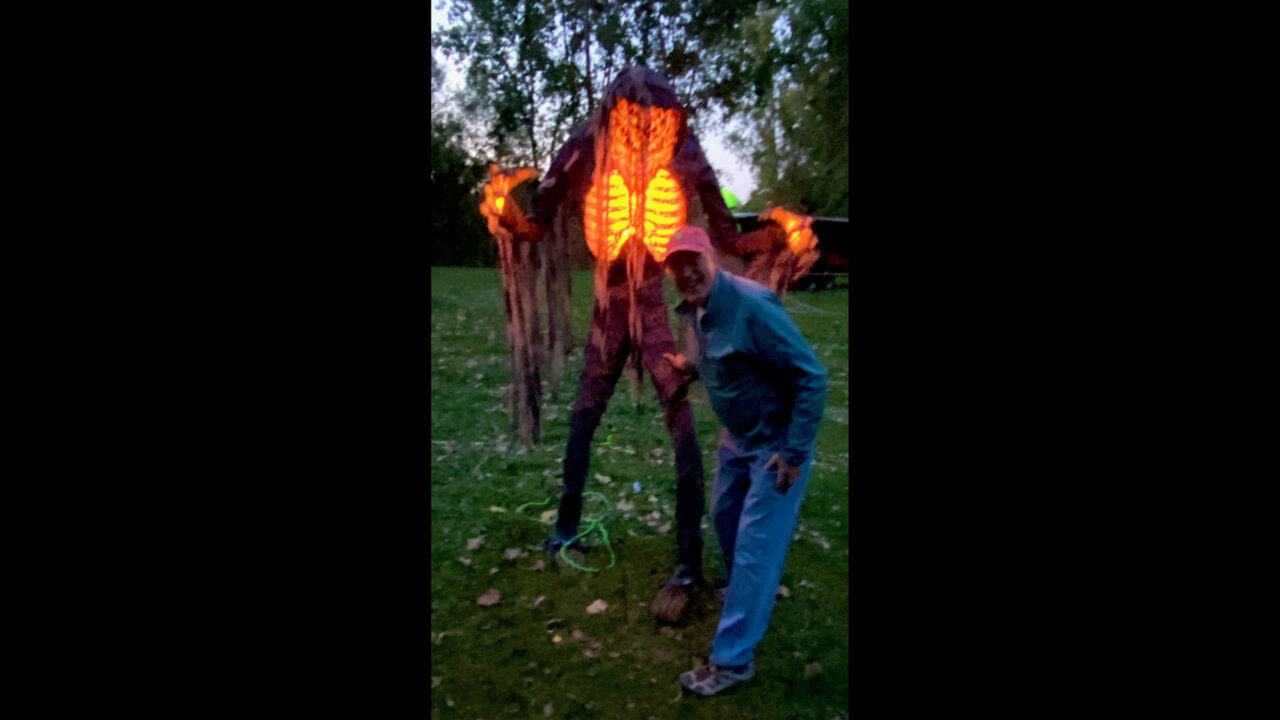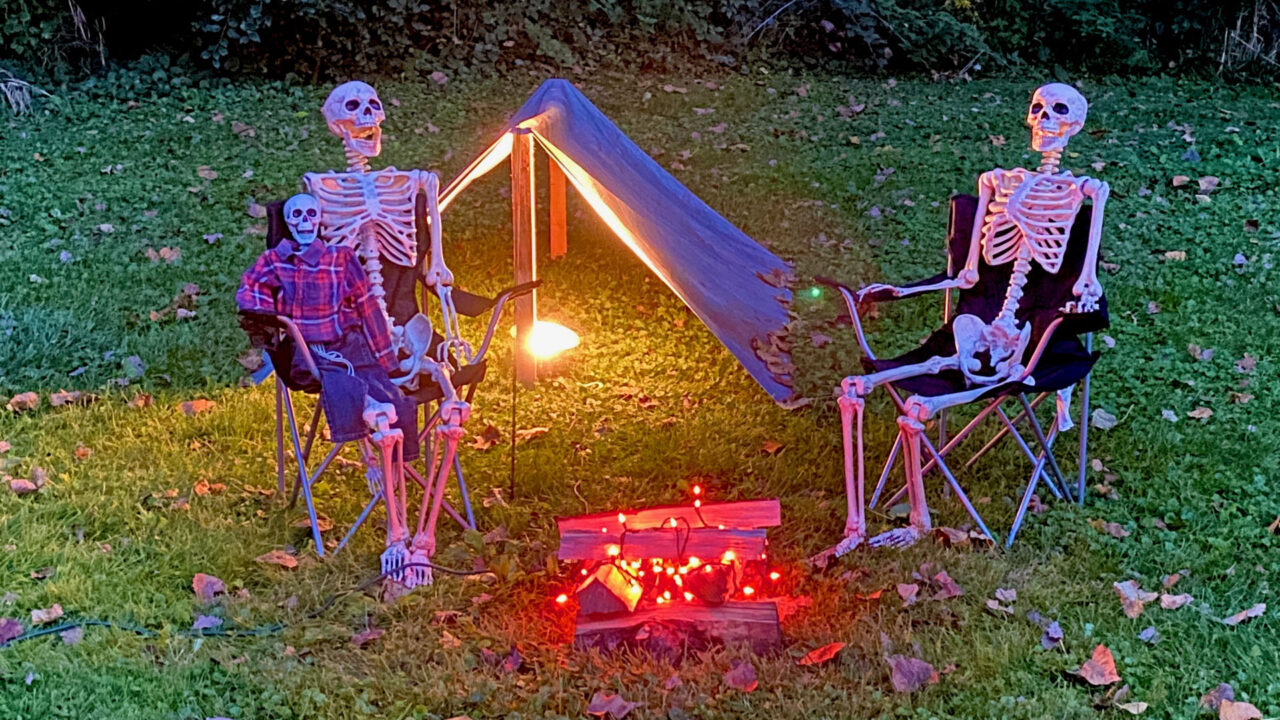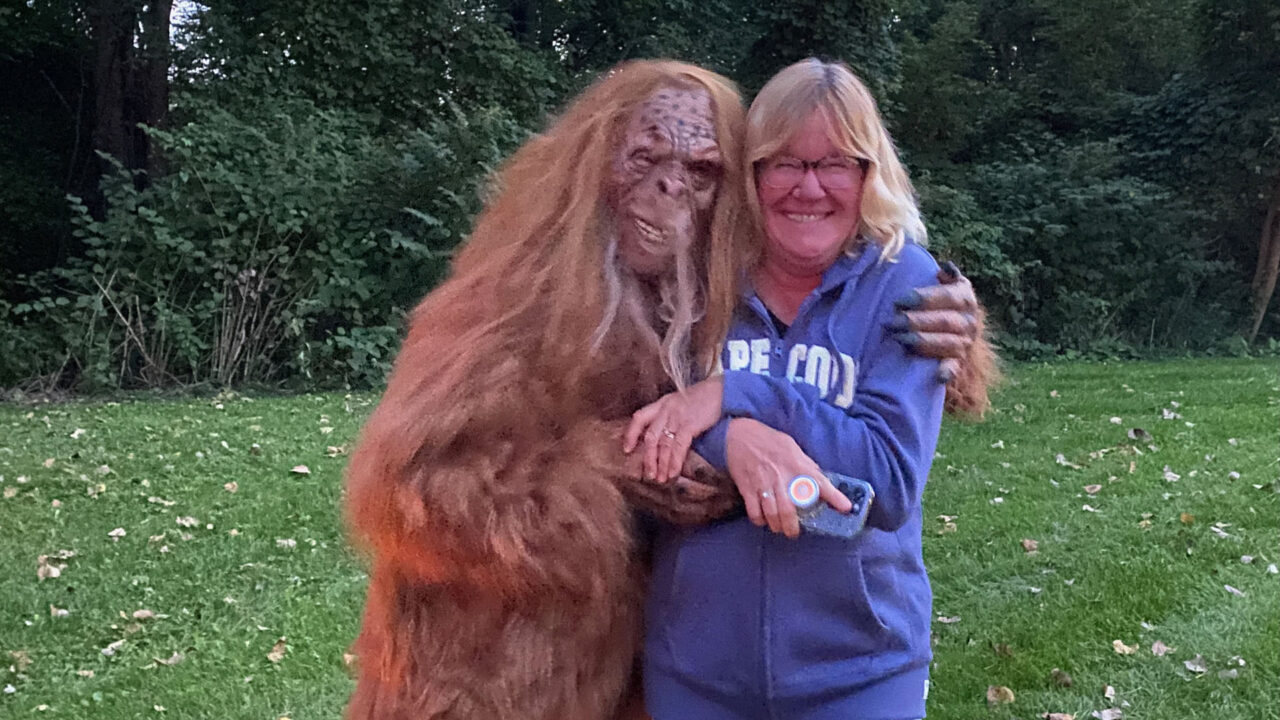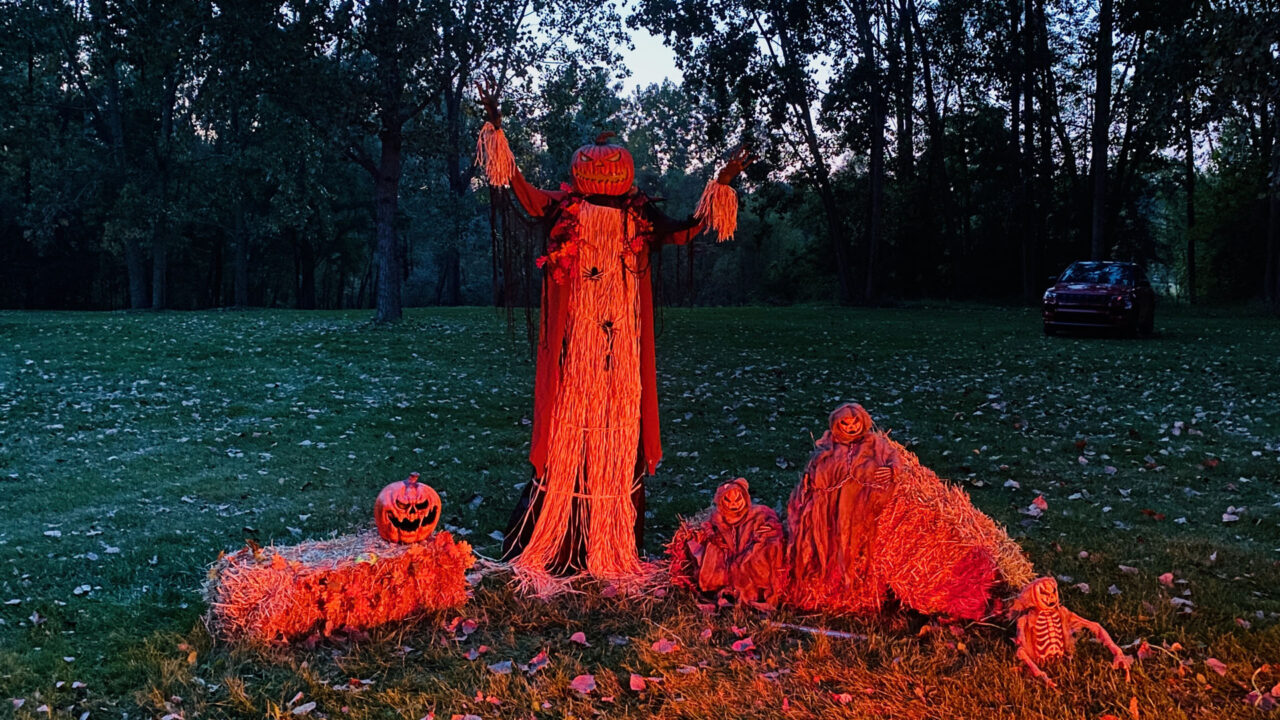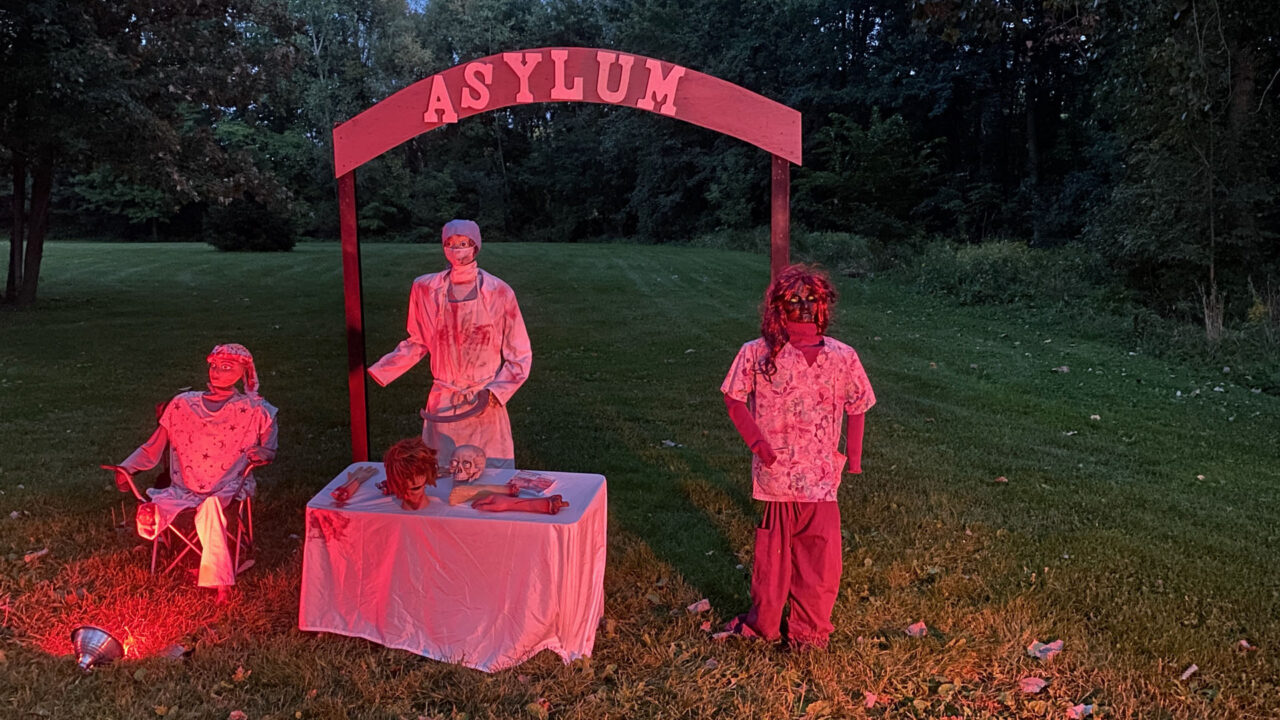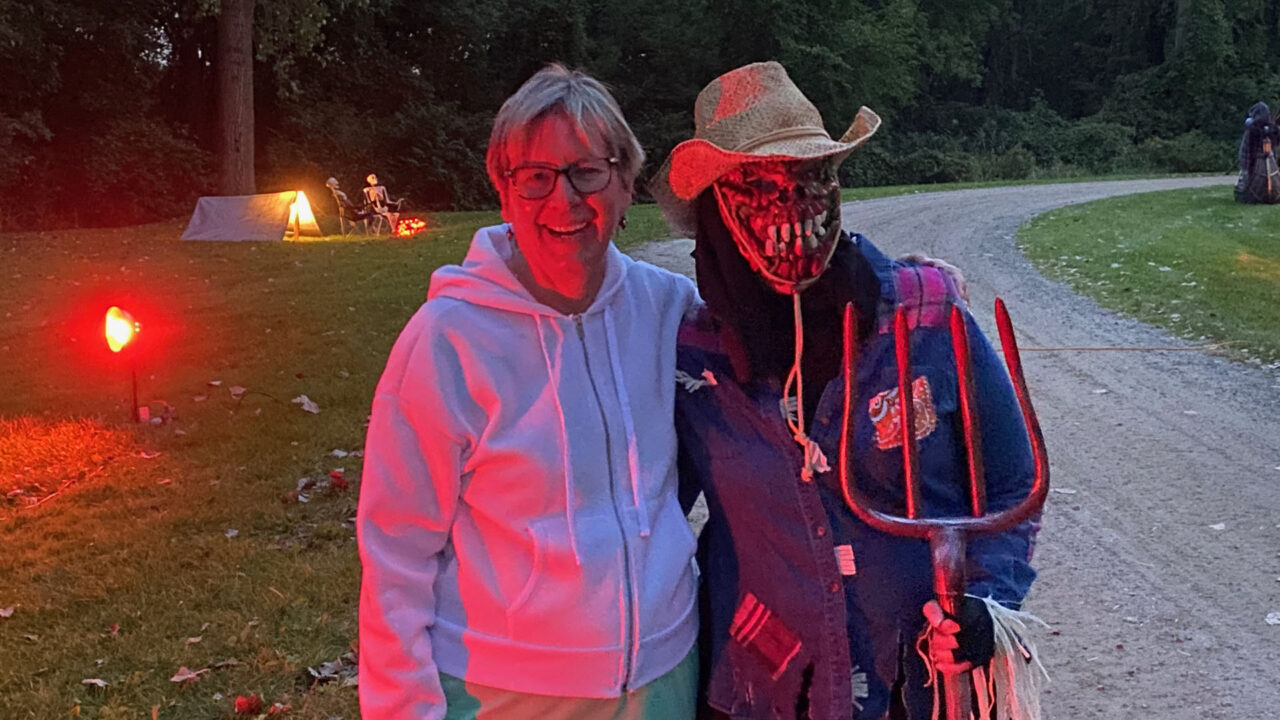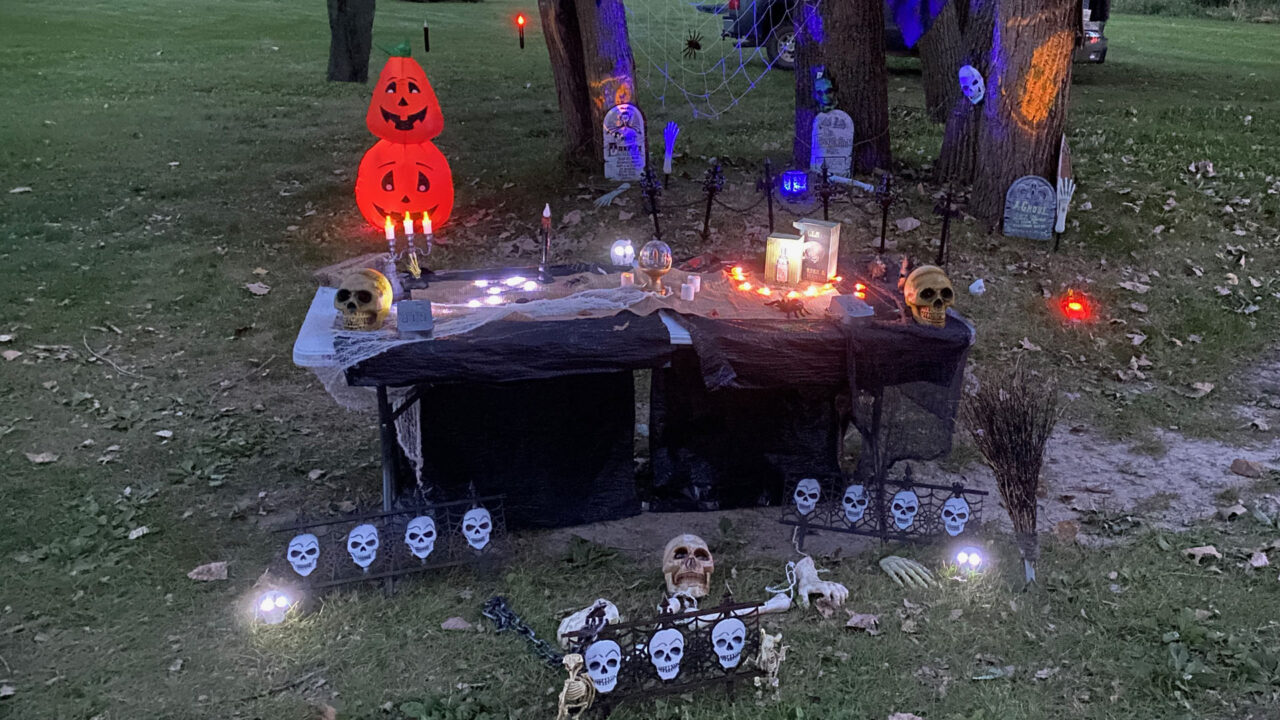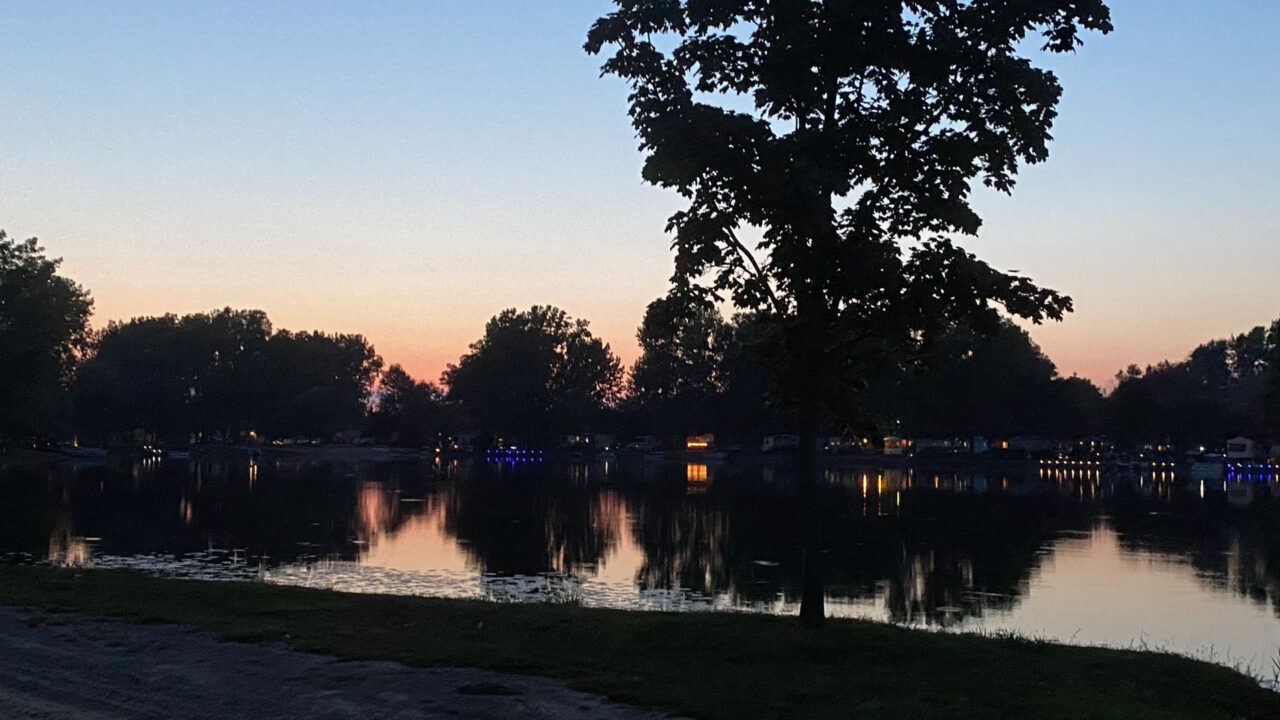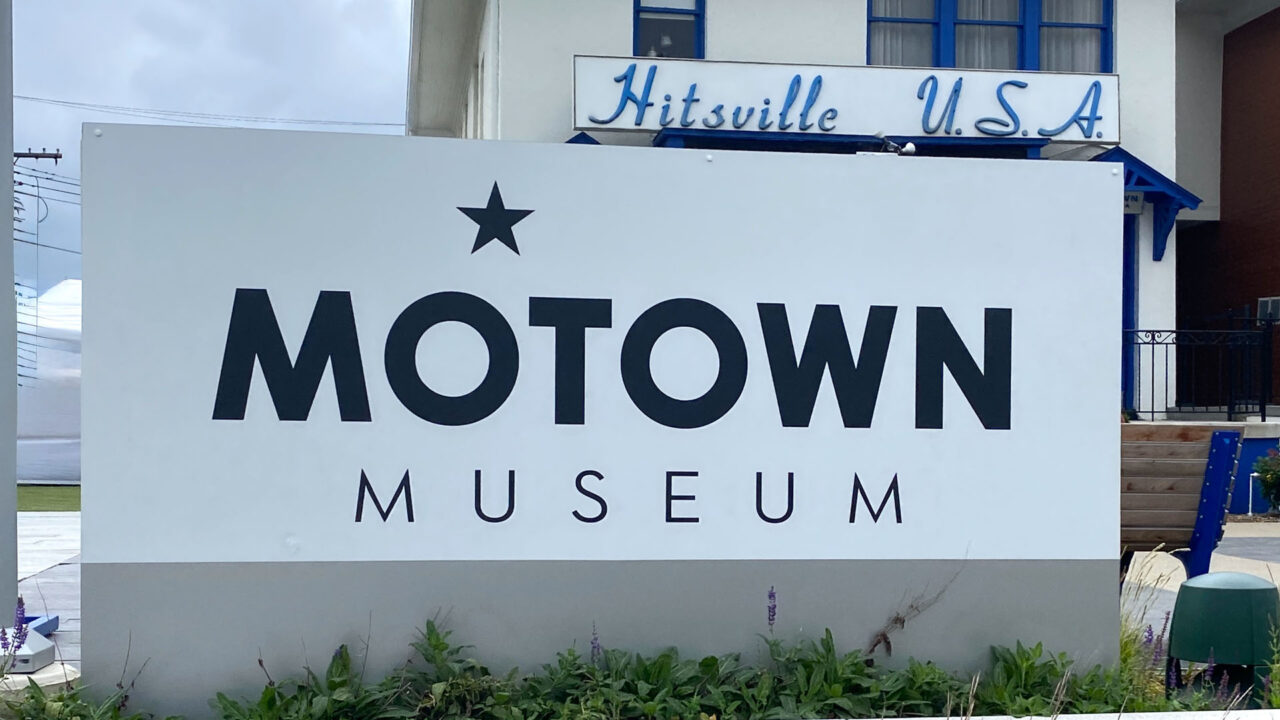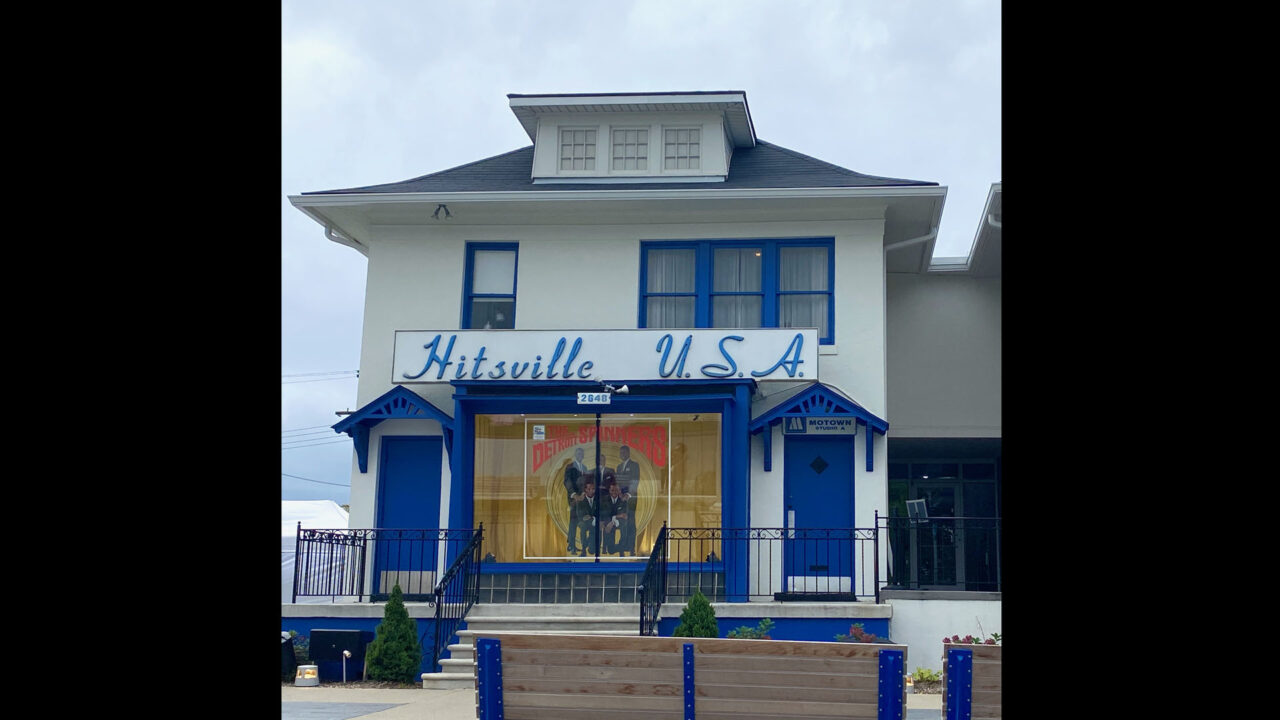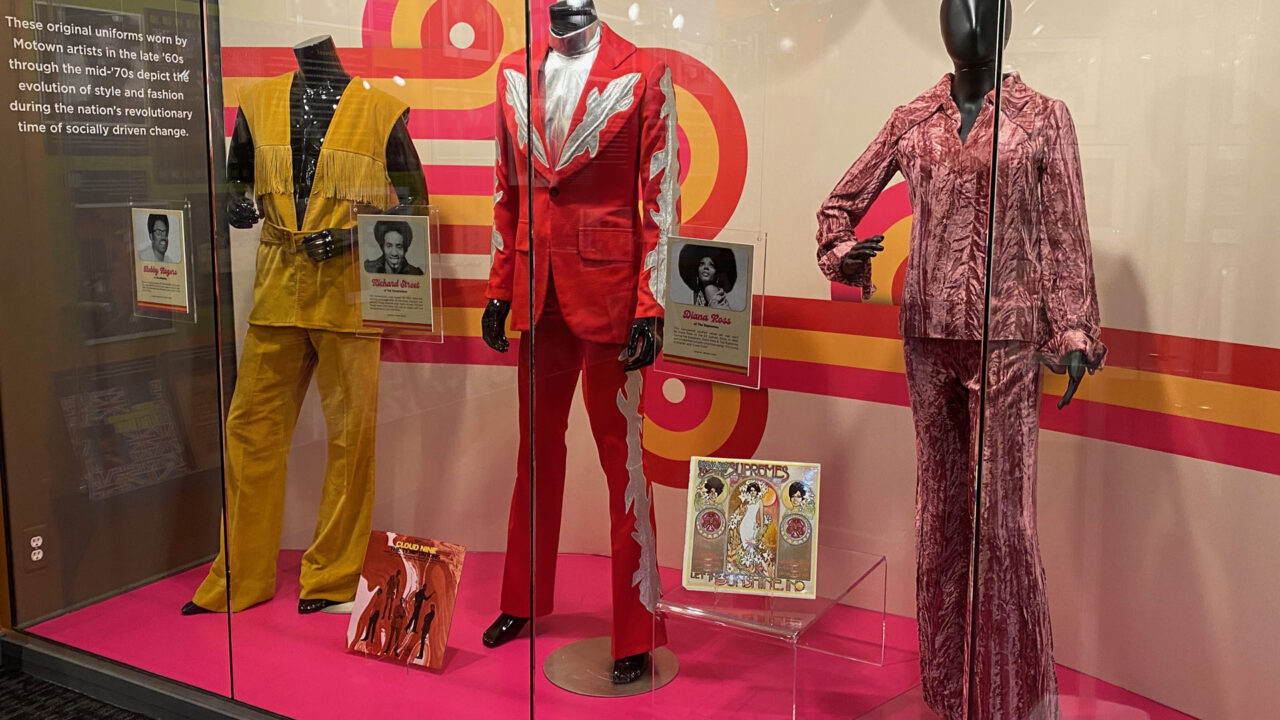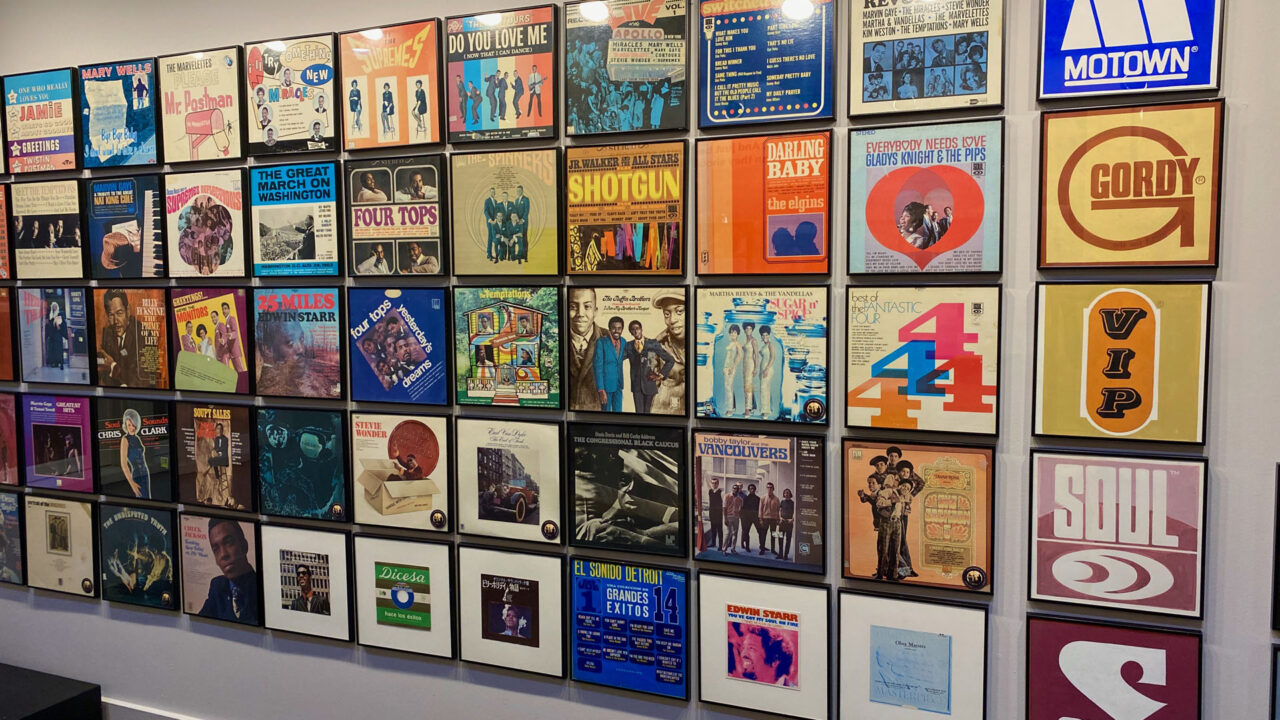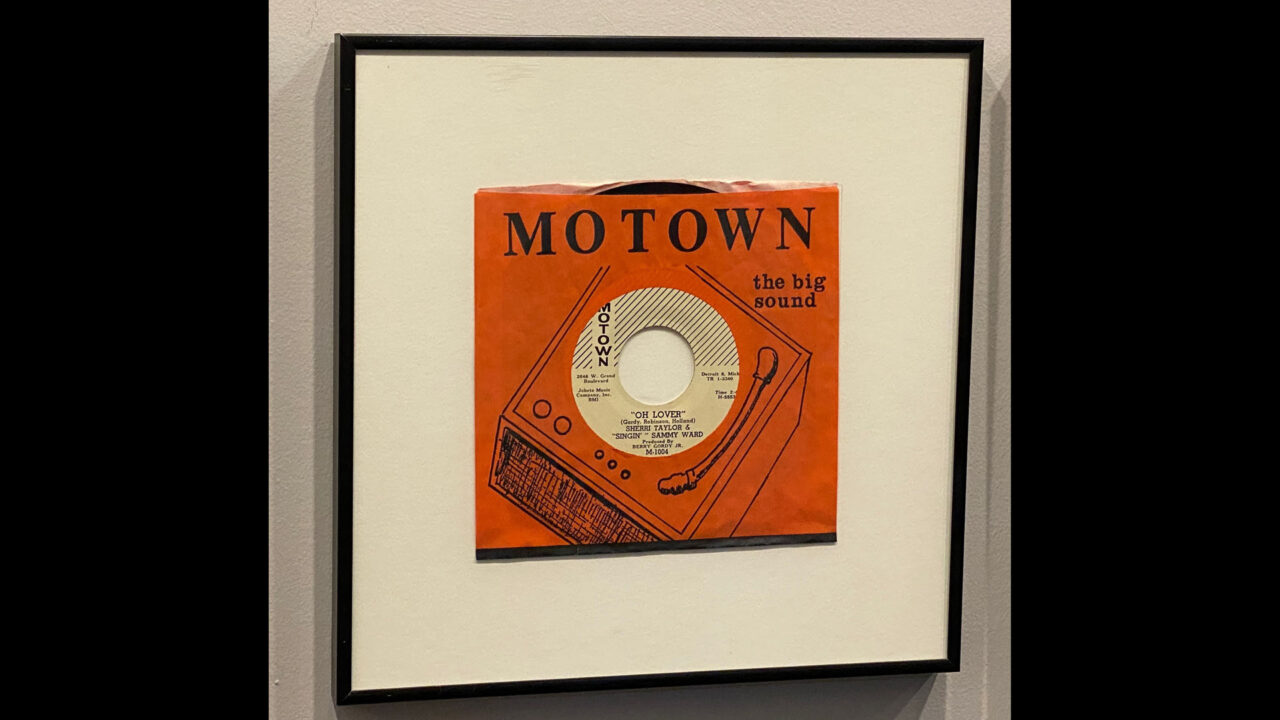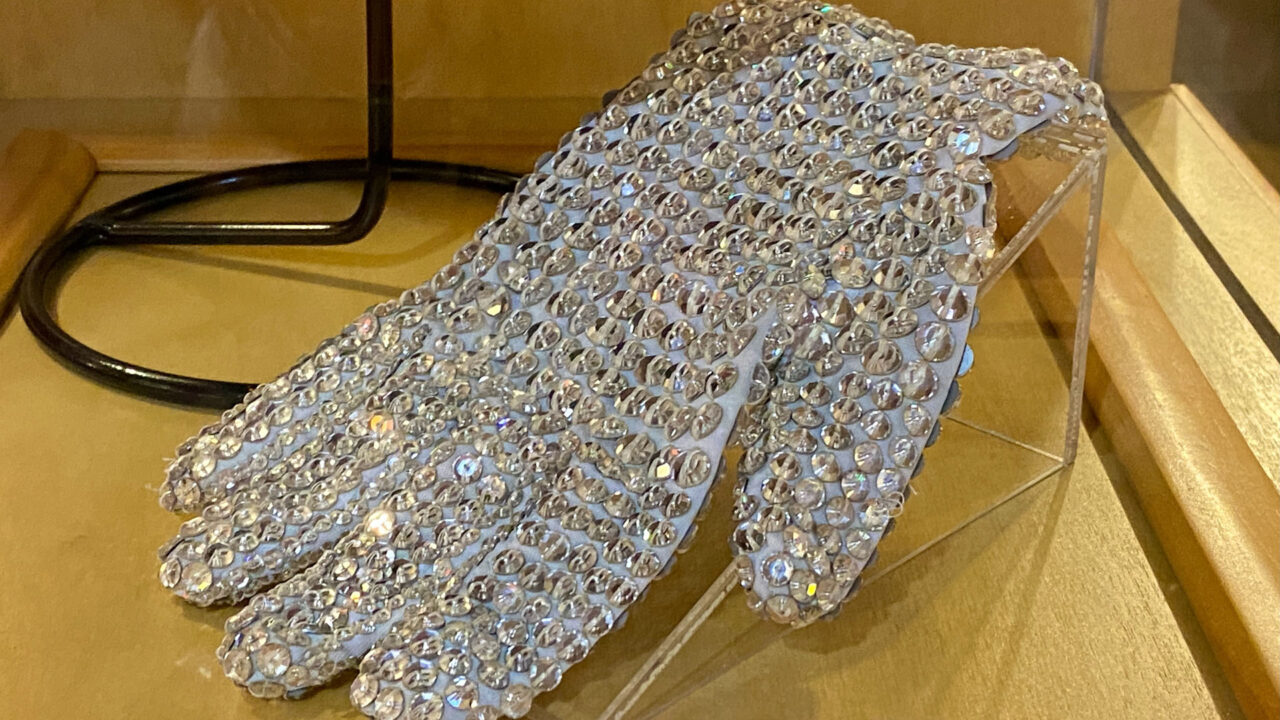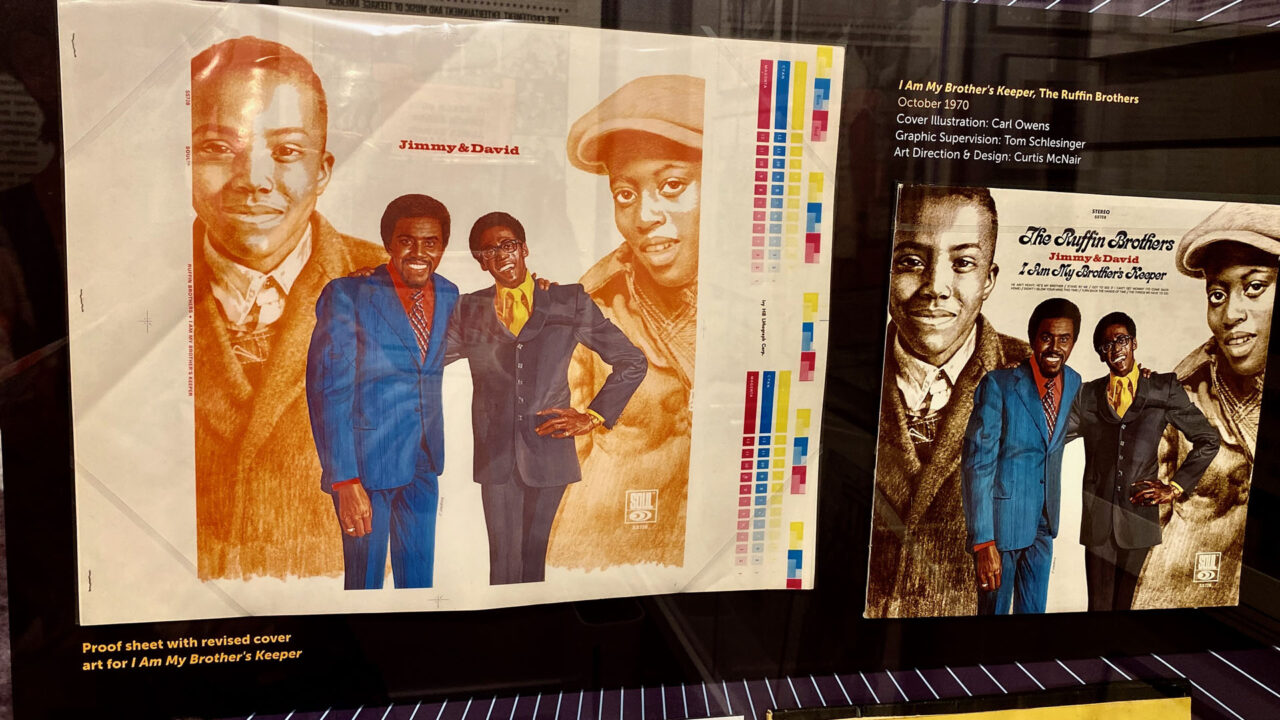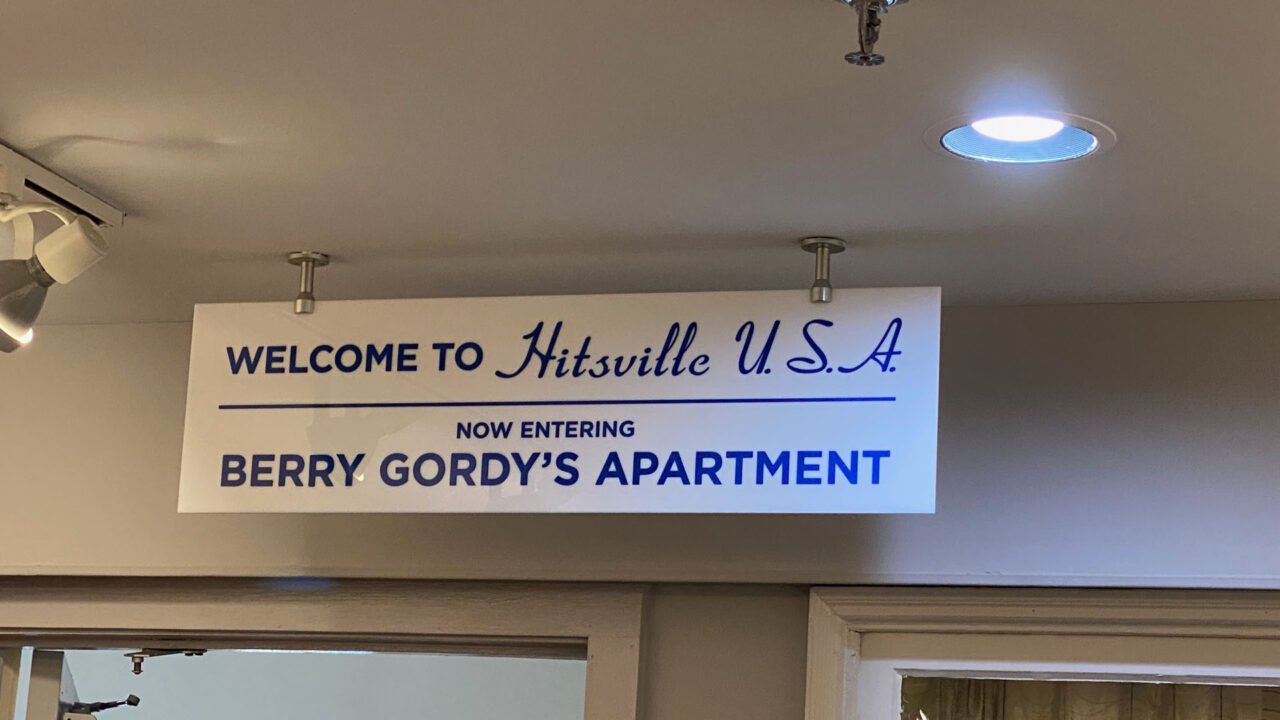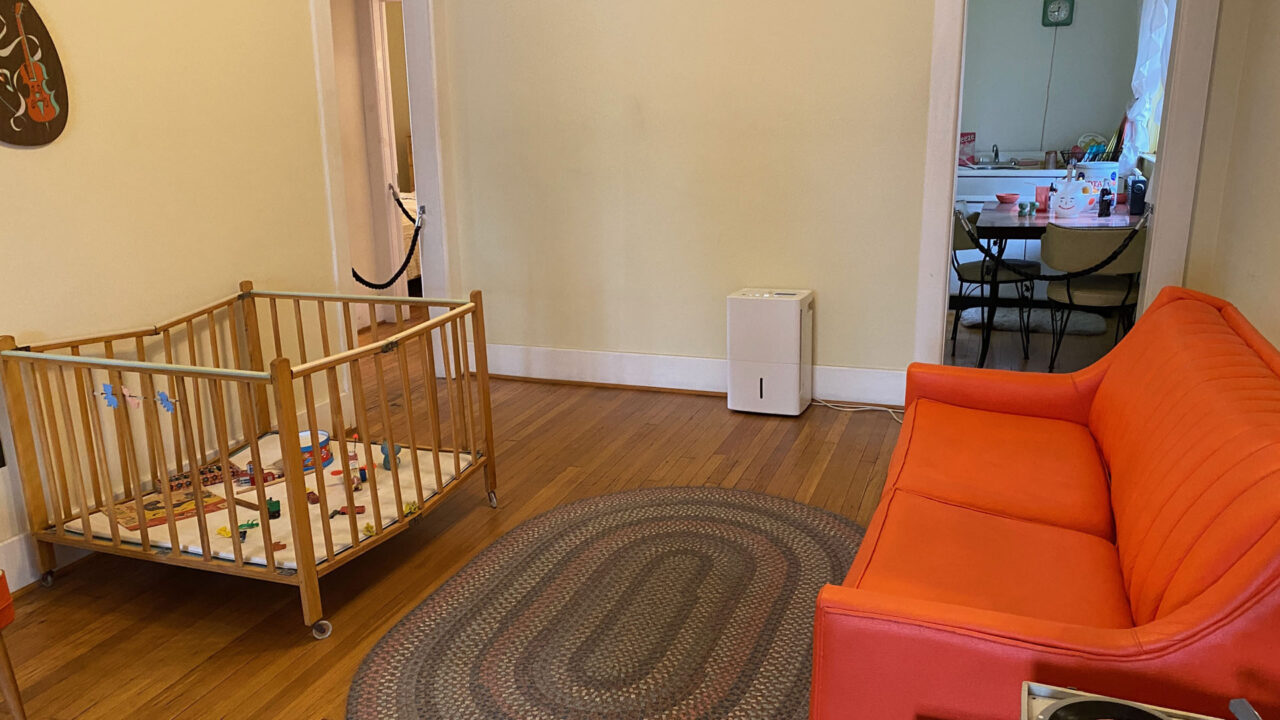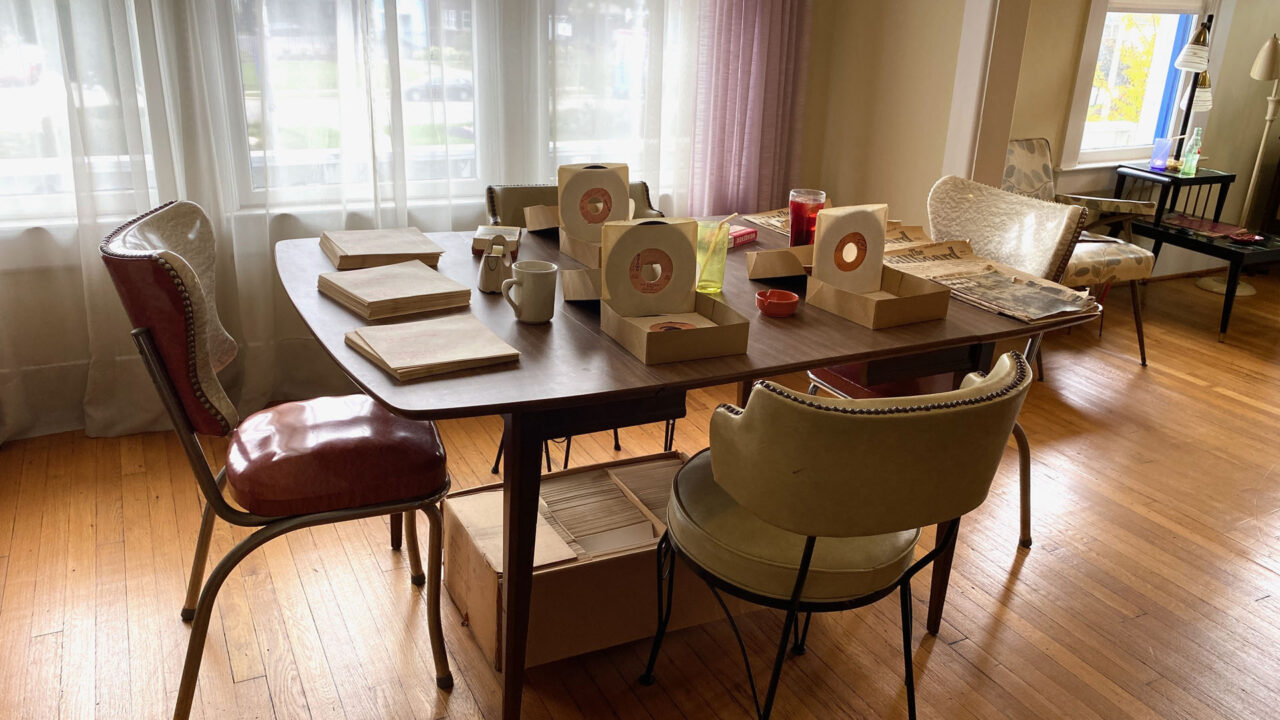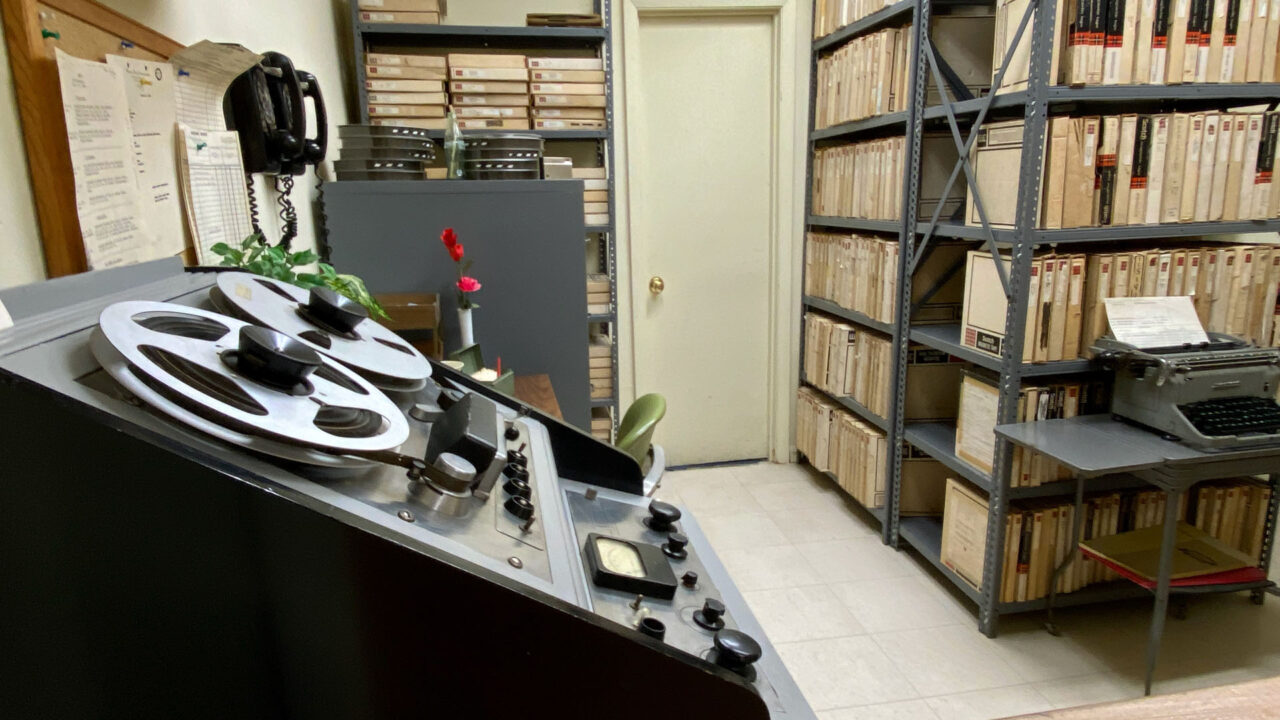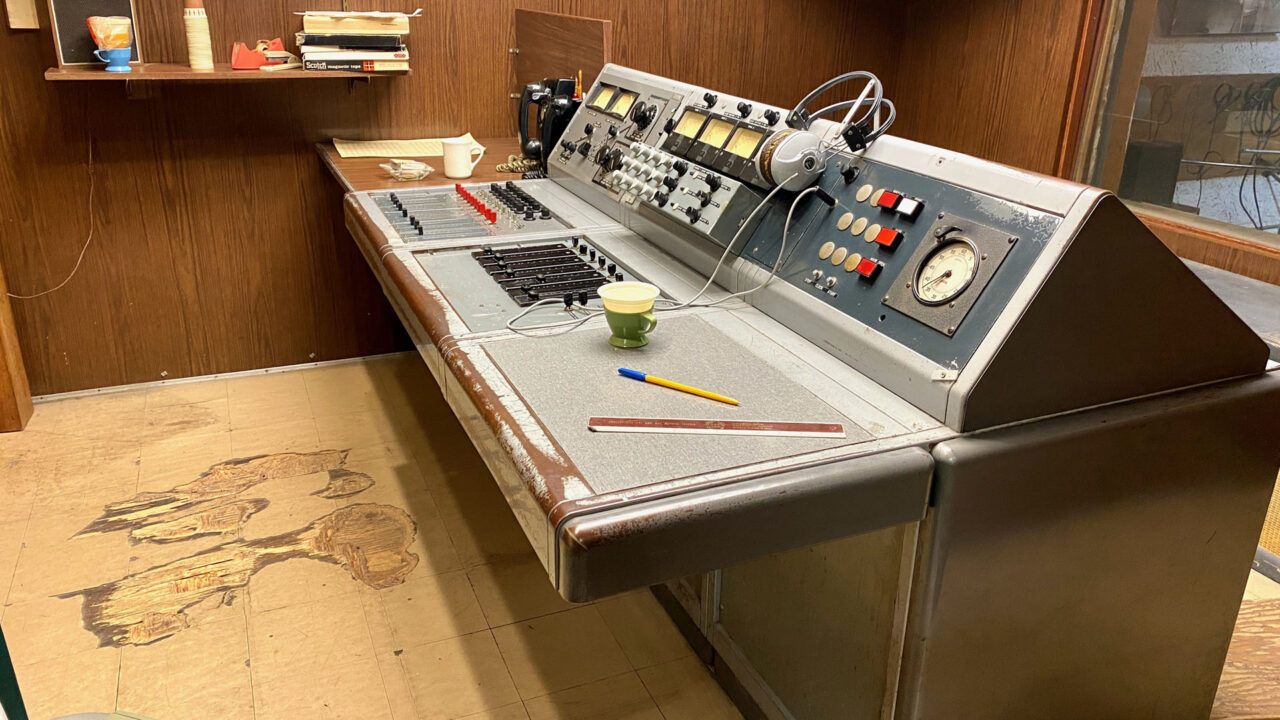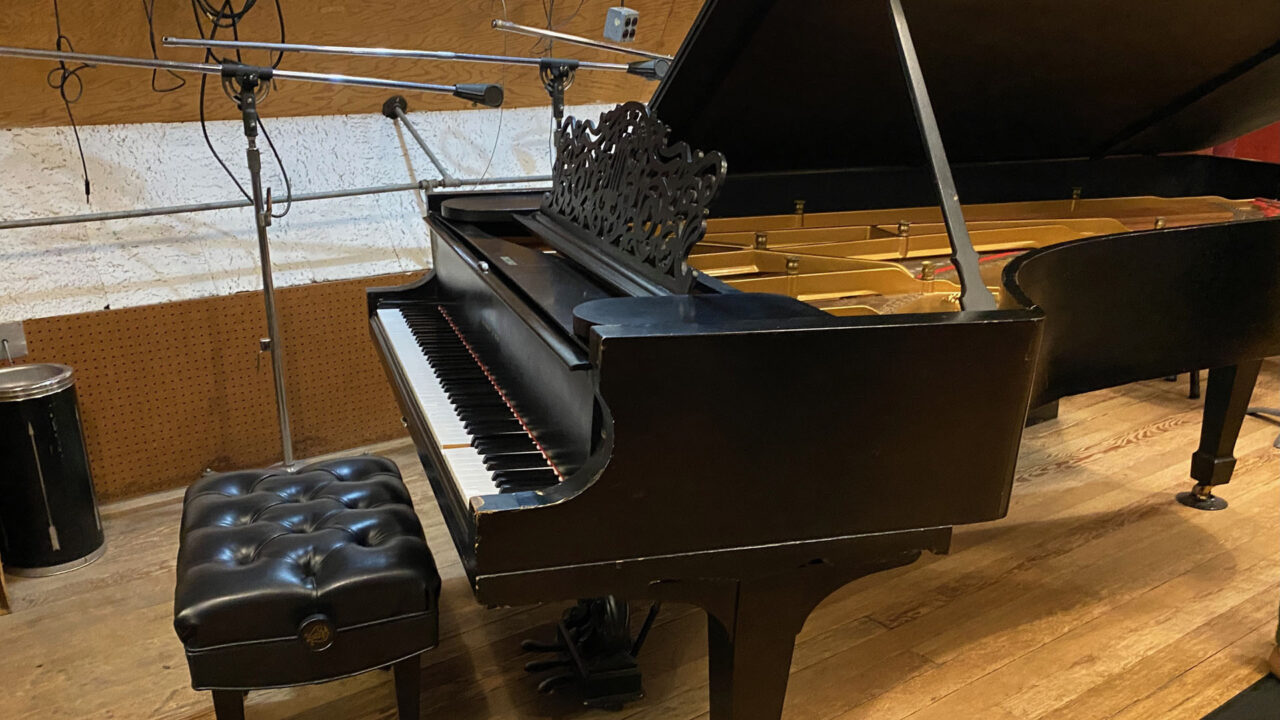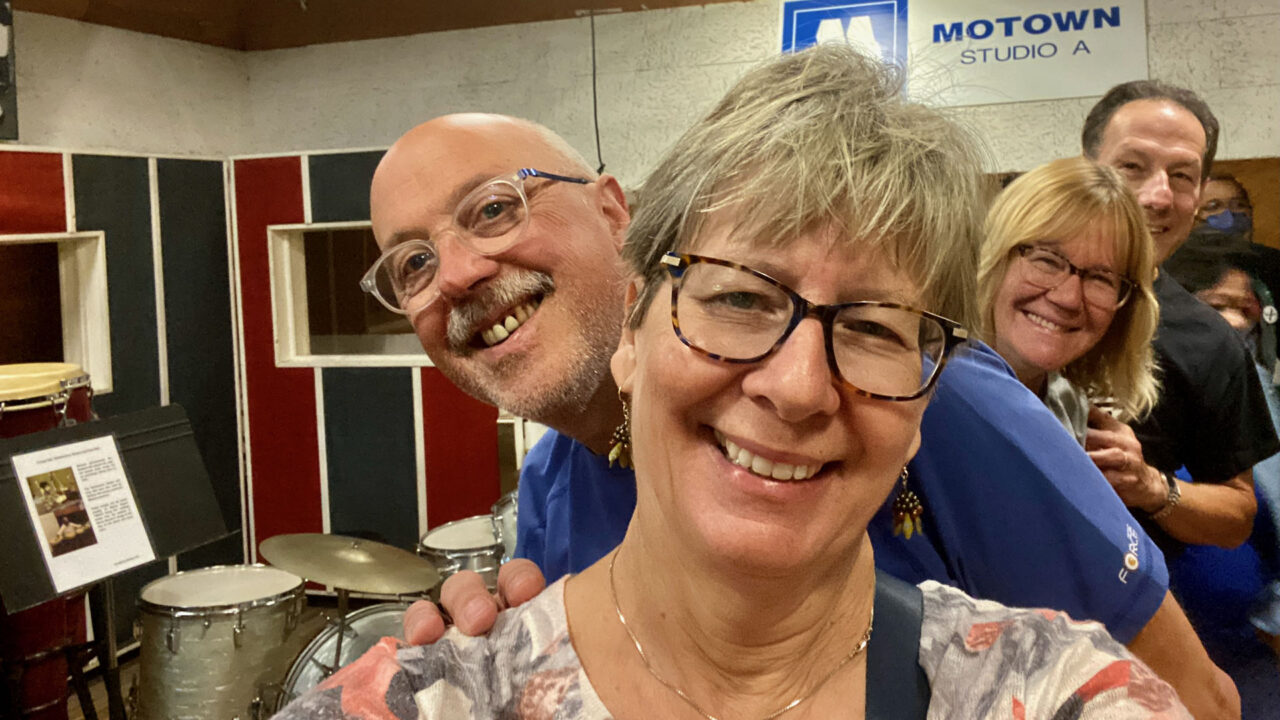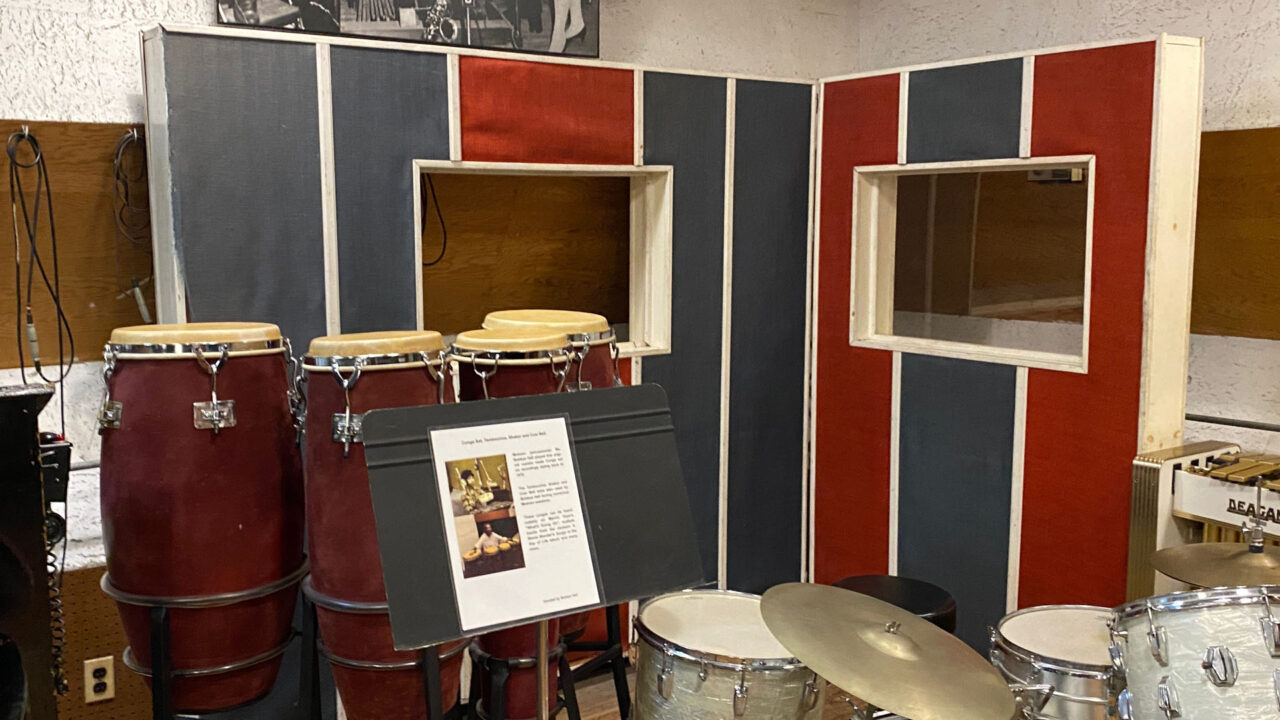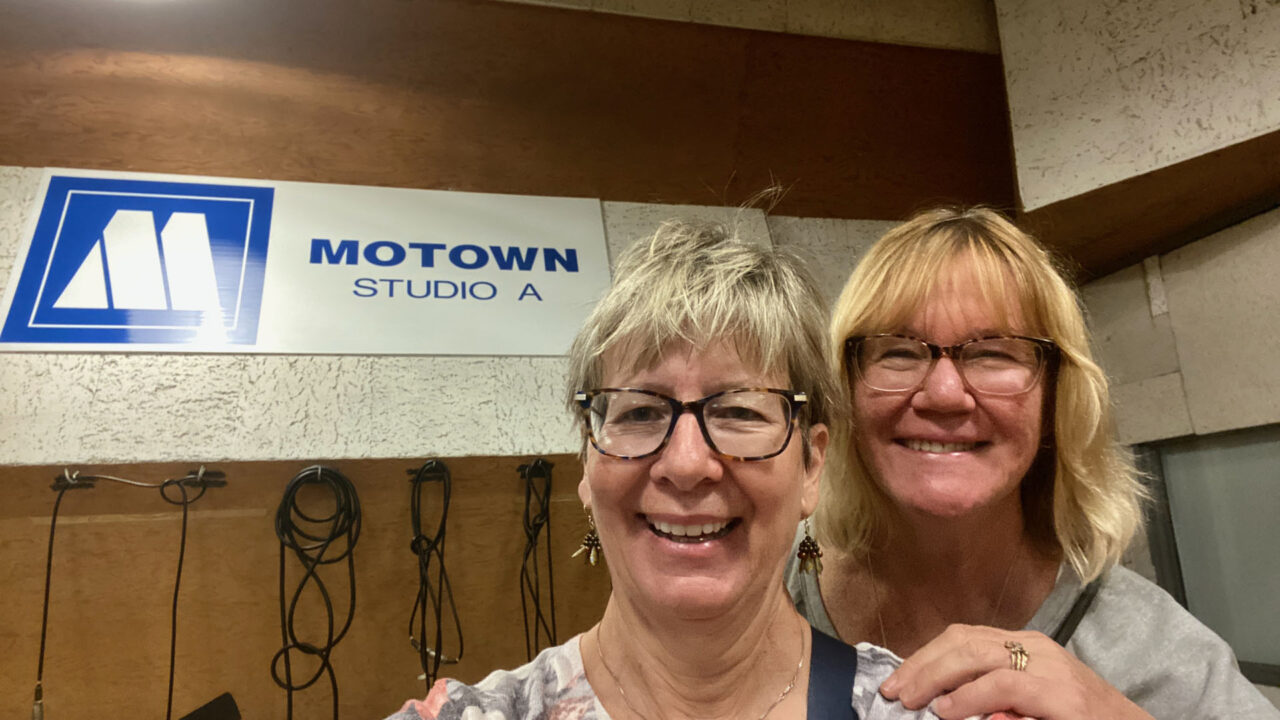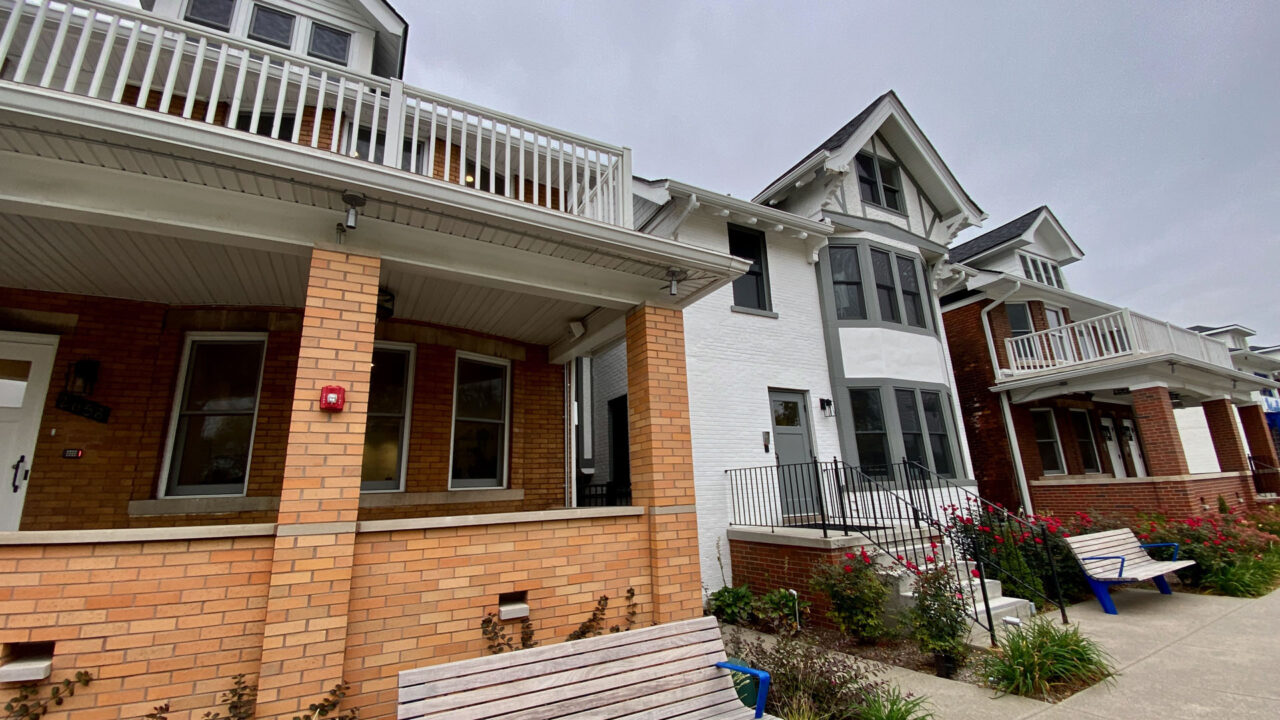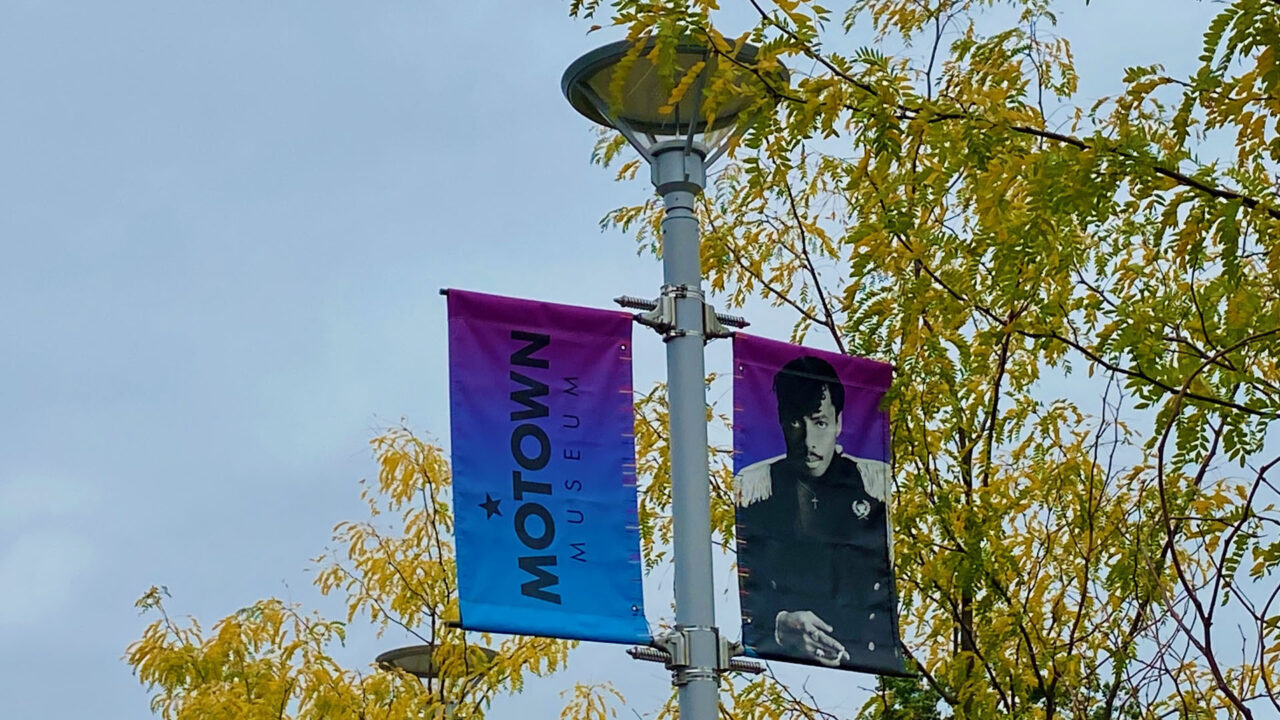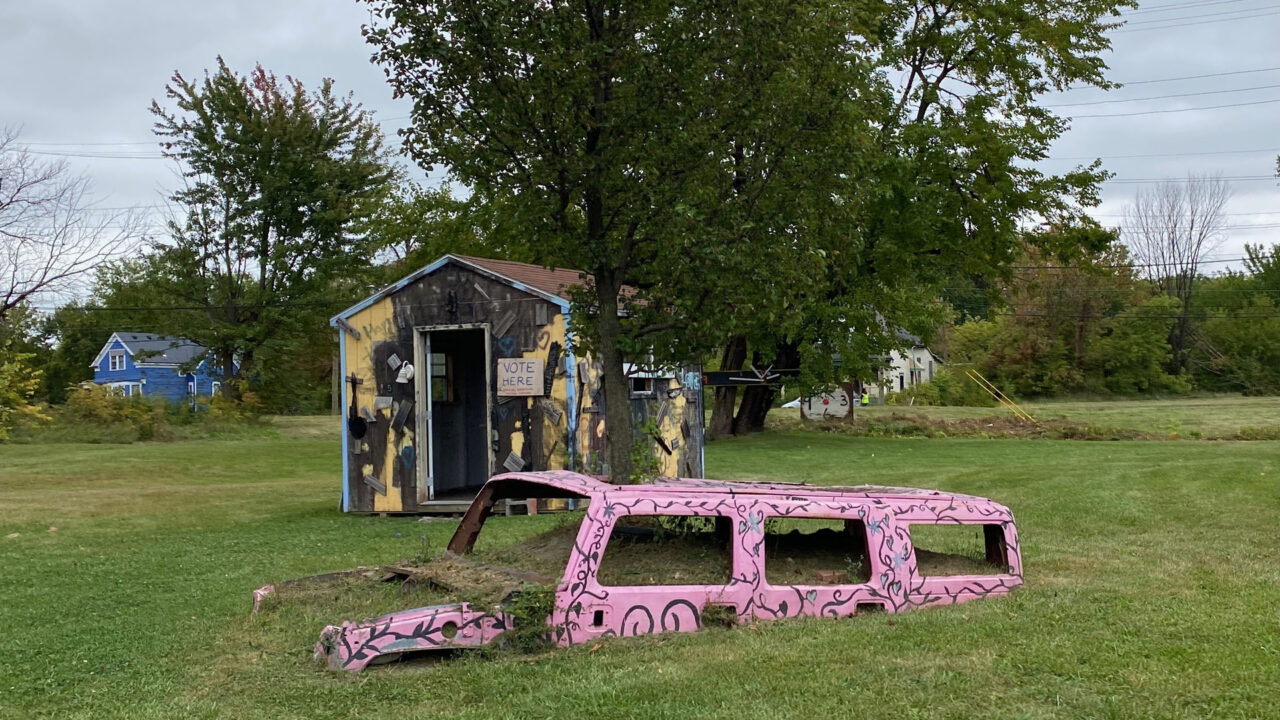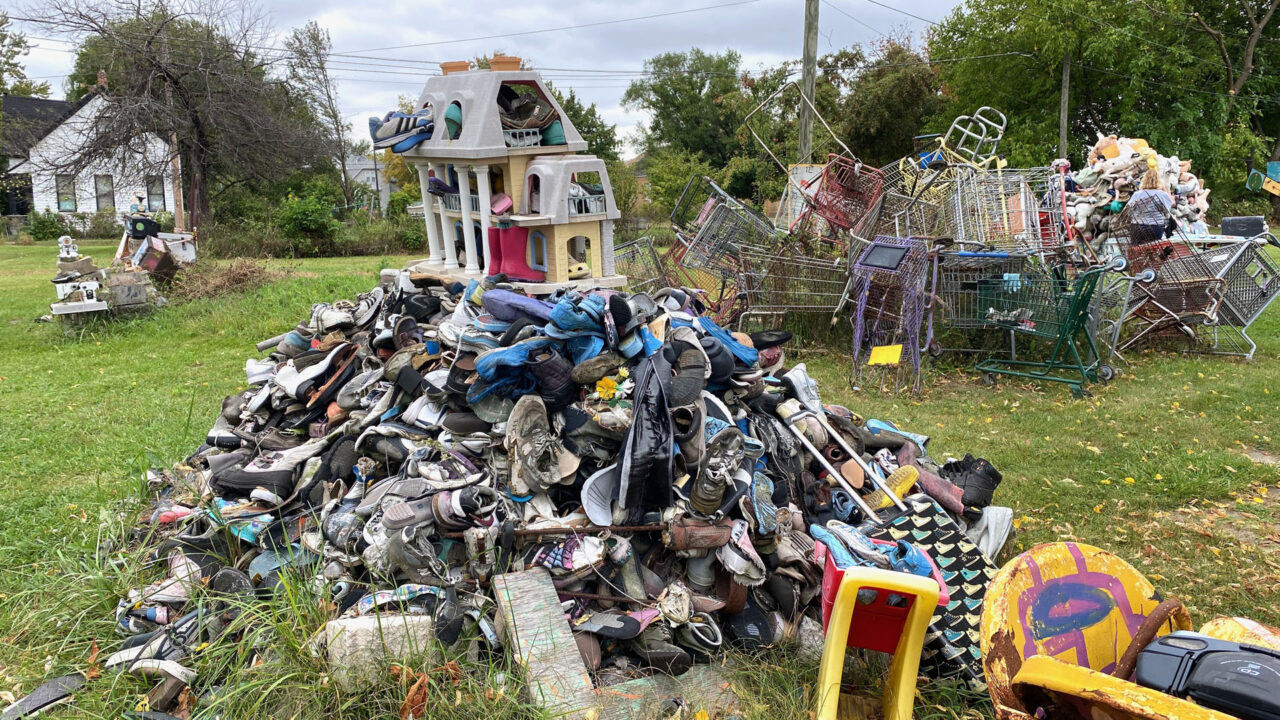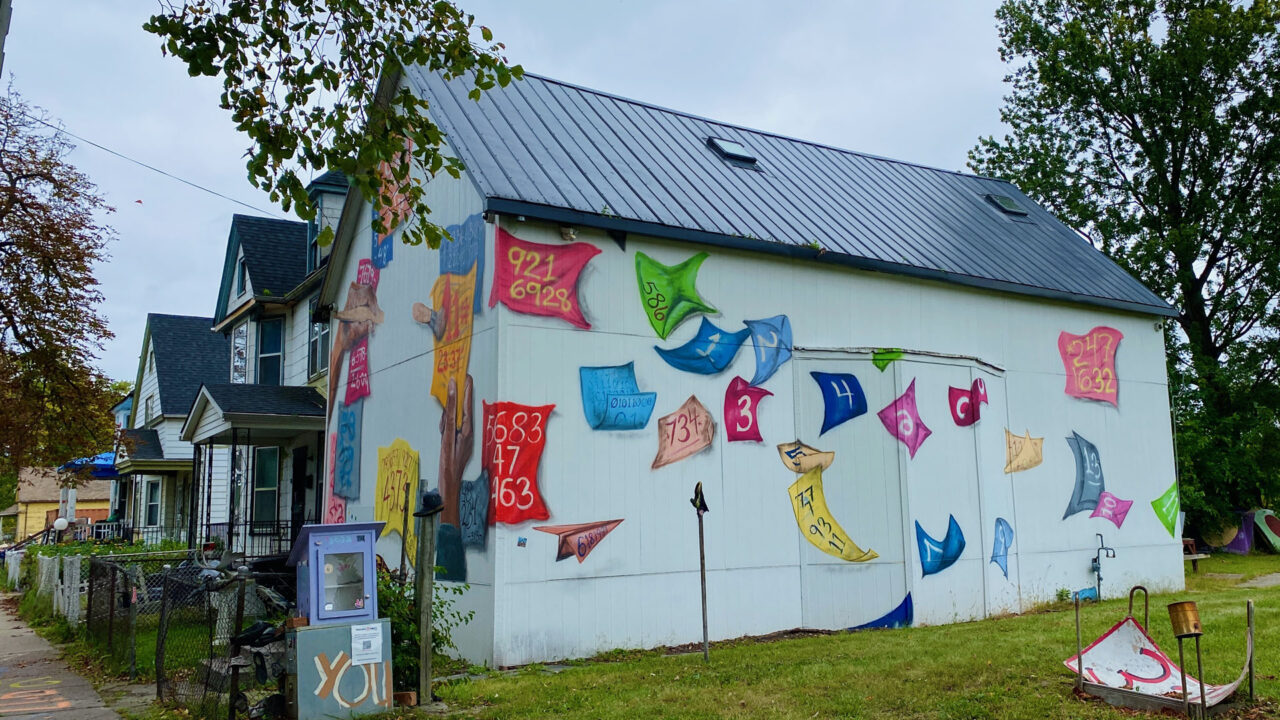TUE., AUG 22 thru THURS., SEPT 28, 2023
The pod has separated for a few weeks but all good. Gary & I traveled 136 miles east, mostly on I-96, to Sun Outdoors Kensington Valley in New Hudson, MI. It’s located about an hour outside Detroit’s airport. We will be flying to Amsterdam on Sunday, Aug, 27th (2023) to explore that beautiful city then embark on a British Isles cruise that was canceled twice before because of Covid. Friends from Massachusetts will be joining us on this little adventure. We’ll reunite with C&J here about mid-September. In the meantime they’ll have their own fun new adventures. We’ll have lots to talk about when we reunite!
This is a large campground with 4 ponds, 8 miles of roads and lots of seasonal campers. It also has lots of Canadian Geese. I spent 20 minutes picking up goose poo off of our site. Thankfully, now that our site is no longer vacant, the geese seem to be staying away.
We had a marvelous time in Amsterdam and on our British Isles Cruise. I have already posted about these experiences. If you’re interested in reading about either one, here are the links:
https://troychronicles.com/amsterdam-netherlands/
https://troychronicles.com/british-isles-cruise/
Back to our stay outside of Detroit…
We returned from our trip to Amsterdam and the British Isles on Friday, Sept. 15th (2023). Then we spent a few days unpacking, getting groceries, and doing laundry. We also enjoyed dinner with C&J at their house one evening. Always a fun time, and we had lots to catch up on!
On Tuesday, Sept, 19th (2023), the pod visited “The Henry Ford.” It is the largest indoor–outdoor museum complex in the USA located in Dearborn, MI. It is HUGE… encompassing the Henry Ford Museum of American Innovation with such notables as the JFK presidential limo and the actual chair where Lincoln was shot.
We spent two days exploring this huge indoor/outdoor museum complex.
We started today’s first day of exploration at the Ford factory’s famed Rouge facility where we got to see the production line of their F150 truck (the most sold of Ford’s vehicles). It was the first time any of us had seen a vehicle production line at work. Fascinating. We saw moonroofs being installed. Windshields being installed using mechanical arms. Doors on conveyor belts above us. And, since we arrived almost at their lunch break, we saw a few folks eating their lunch in the unfinished vehicles. No photos were allowed. The plant is located on the Rouge River… thus the name.
At its peak in the 1930s The Rouge sprawled over 1,100 acres and had more than 90 buildings covering almost 7 million sq. ft of total floor space. Ford purchased 2,000 acres of marshland along the Rouge River. The land was too muddy for farming but Ford had an idea and transformed the site into the “greatest industrial facility that the world had ever known.” In 1934, he employed over 100,000 workers. Ford pioneered Vertical Integration at The Rouge. In only 72 hrs basic raw materials like iron ore, limestone, and coal were turned into new automobiles in only 72 hours.
At the time, the world’s largest living roof was located on top of the Dearborn Truck Plant (Rouge facility). Now it’s the 11th largest and covers 450,000 sq ft (10.4 acres). It’s covered in a perennial ground cover, sedum. The Green Roof saves money by: (1) absorbing up to 4 million gallons of water resulting in significant “storm water management savings,” (2) saves on energy costs keeping the inside temp 10 degrees cooler, (3) absorbs sunlight preventing many roof leaks and cracks, and (4) will last twice as long as a traditional roof.
On display at the plant’s museum was a letter dated 1934 from notorious outlaw Clyde Barrow writing to Henry Ford to thank him for making such an excellent getaway car!
Also on display were a series of Ford Mustangs. Their slogan was “a Pony Car for everyone.” Half of the Mustangs sold in its first year (1965) were bought by women.
After the Ford Factory tour we had a lunch break then headed to The Henry Ford Museum of American Innovation. The museum is in a building that is a replica of Independence Hall in Philadelphia.
Since Henry Ford had rejected the notion of storage rooms, nearly everything had to be exhibited out in the open. The 12-acre museum contained a glorious assemblage of stuff… including countless cars, planes, agricultural exhibits, Made-In-America home furnishings, Liberty & Justice exhibits, railroads, the Hallmark Christmas Ornament collection and countless other items. Not all of which we saw. We ran out of time!
Some notables:
- Bonneville Salt Flats car…. Goldenrod held a land speed record for more than 25 years. 409 mph.
- Charles Kuralt’s “On the Road” motorhome. The show lasted 27 years. On display is the last of several motorhomes that carried the 3-man crew “to meet people, listen to yarns, and feel the seasons change.”
- The actual bus that Rosa Parks sat in when she was arrested. While the bus has been renovated, it still is very emotional sitting where she sat. I was able to hear her voice through a recording, recounting the tale of what happened that day. A remarkable experience.
- Dymaxion House (1946). Conceived by visionary architect R. Buckminster Fuller as the home of the future, it was designed to be the strongest, lightest, and most cost-effective housing ever built. It had 1,017 sq ft of living space. But due to internal problems as well as “Bucky’s” unwillingness to commercialize the design before he felt it was ready, the Dymaxion House never took off as a form of housing. It was advertised as follows: Mass produced parts are placed in a can and shipped to your lot. “It takes 10 men only 2 days to assemble the house using simple tools and following instructions.” Ford rescued this one for his museum.
- The experience of being a WingWalker… this was wild! You stood inside a tent, hanging on to a railing, watching a video, and felt like you were a WingWalker… nausea and all.
- The Tin Goose… all metal aircraft by Ford. It convinced many skeptics that metal was the way to go on airplane construction.
Wednesday, Sept. 20th, (2023) was our 44th Wedding Anniversary. We had a fun day with Cheryl & Joe… cornhole, Mexican Train, steaks on the grill, Cheryl’s apple crisp for dessert, a handmade card from Joe, and a beautiful sunset! What more do you need?! Oh and hubby made blueberry pancakes for breakfast, and we heard from various family members and friends throughout the day! Perfect!
On Thursday, Sept 21st, (2023) we visited Henry Ford’s Greenfield Village. This is the outdoor part of his museum complex with an “unrivaled collection of authentic historic buildings” made into an American Village. It boasts 100 historic buildings on 200 acres. It even had Model T’s being driven around the property to give people a ride… for a fee, of course. It also had the beginning of beautiful fall colors on the trees and lots of geese wandering around. We had to watch our step!
Greenfield Village had everything including…
- 150 year old Steam Engine Train.
- Cotswold Cottage originally built in the early 1600’s in Gloucestershire, England. Since limestone was plentiful in that area, many small, modest homes in the country were made from this natural resource.
- Farris Windmill — it’s the oldest surviving windmill in the US. Built in the mid-1600s and operated on Cape Cod, MA.
- Early version of a game of horseshoes. I threw one and got a ringer!
- House owned by Noah Webster (built in 1823 in New Haven, CT). This is the same Webster who wrote the American Dictionary in 1828. “His dictionary aimed to capture distinctively American words and spellings for the first time.” It included 70,000 words written over a 20+ year period.
- Robert Frost Home, built around 1825 in Ann Arbor, MI. Frost lived in the home while teaching at the Univ. of Michigan in the 1920s.
- Hermitage Plantation Slave Quarters — The brick quarters, one of 52 on the plantation, were home to 201 slaves in coastal Georgia in 1850. Brick quarters were rare for slaves but brick-building was one of the industries on the Hermitage Plantation.
- Logan County Courthouse… Abraham Lincoln practiced law in this very courthouse as a traveling lawyer between 1840 and 1847.
- A re-creation of Thomas Edison’s Menlo Park, NJ Complex… birthplace of Edison’s electric lighting system and first phonograph… among others. In 1876 Thomas Edison set a goal to have one major invention every 6 months and 1 minor invention every 10 days. He came close to achieving that goal.
- Smith Creeks Depot (built in 1858) – While working as a newspaper boy on the Grand Trunk Railway, Thomas Edison sent along the latest Civil War news by telegraph. That way he could be guaranteed newspaper sales when he arrived at each depot.
- Sir John Bennett Jewelry Shop… Bennett was a successful watch and clockmaker in London from 1846 to 1929. Bennett liked the mythological story of giants Gog and Magog, the ancient protectors of Britain, so he had them recreated for the front of his shop. They are still there and the bell strikes every 15 minutes. We heard them. The shop is a re-creation but exterior elements are from the original.
- Cohen Millinery… Elizabeth Cohen was a young widow who ran this Detroit millinery shop as a way to earn money for herself and her children. She lived above the store. During the late 1800s, every woman wore a hat in public, no matter her social standing.
It’s common for campgrounds to celebrate an early Halloween. Our campground did that on Saturday, Sept. 23rd (2023). Cheryl & I did a 3-mile walk during the day and then the four of us had a fun walk in the evening thru the transformed nature trail!
We rode bikes around the campground a few days and logged about 10 miles. Then on Wed., Sept. 27th (2023) we visited the Motown Museum in Detroit. A small museum but very well done. (Reminded Gary & I of Sun Records in Memphis.) There’s a $50 million expansion project underway to be completed in 2025. Hopefully it can still retain the small town flavor of this one.
Berry Gordy lived in an area of Detroit where Aretha Franklin, Diana Ross, Smoky Robinson, Mary Wilson, Florence Ballard and a host of others all grew up together. The friends would sing and play music in the neighborhood park after school. A wealth of talent!
After Gordy received $3 for a hit song he produced, he realized he’d have to go into business for himself if he wanted to make a living at this. Berry Gordy started Hitsville USA, which became Motown, with an $800 loan from his family in 1959. His modest home had a recording studio in the basement, which we visited. Amazing to think of all the people who recorded there!
Why call it Motown? Detroit was known as The Motor City. Berry Gordy changed City to “town” and Motor was shortened… and “Motown” was born.
Not only did Motown sign young talent, but Gordy also started The Artist Personal Management Company that oversaw the development of each artist including dance lessons, negotiated contracts, selected chaperones if necessary since many were underage, planned travel, and taught the young artists how to conduct themselves in public. The Company also saw to it that the artists provided for their families, paid their taxes, and made wise investments with their earnings.
Berry Gordy would put each song through one final check to see if a song was good enough for release by asking the following question to friends outside the music industry… “If you were on your last $1, would you buy a hotdog or this song?” If they answered with a hotdog, then the song wasn’t yet a hit and needed more work.
There is an original Steinway on display used by Marvin Gaye, Stevie Wonder and so many others during the heydays of Motown. It was in very poor condition. Paul McCartney was visiting the museum one day and wanted to help bring her back to life. He paid for the piano to be sent to the Steinway Company. They refurbished the piano back to its original condition and returned her to the museum all free of charge. It still gets played occasionally by famous guests to the museum like Alicia Keys.
We enjoyed checking out all the memorabilia on display, seeing the 15-minute film about the beginnings of Motown, and seeing Berry Gordy’s original apartment and recording studio. Motown had the greatest success between 1965-68 when it dominated the Billboard charts.
It would have been a shame to come to Detroit and not see this. Thanks to the Hannafords for procuring tickets while we were away! A timed entry is required.
Afterwards we visited an urban outdoor art project entitled the Heidelberg Project. The artist, Tyree Guyton, uses discarded “stuff” to create his art. Interesting is a word to describe it.
Thursday was laundry day and Friday, Sept. 29th (2023) the pod left Michigan and moved on to Ohio!
